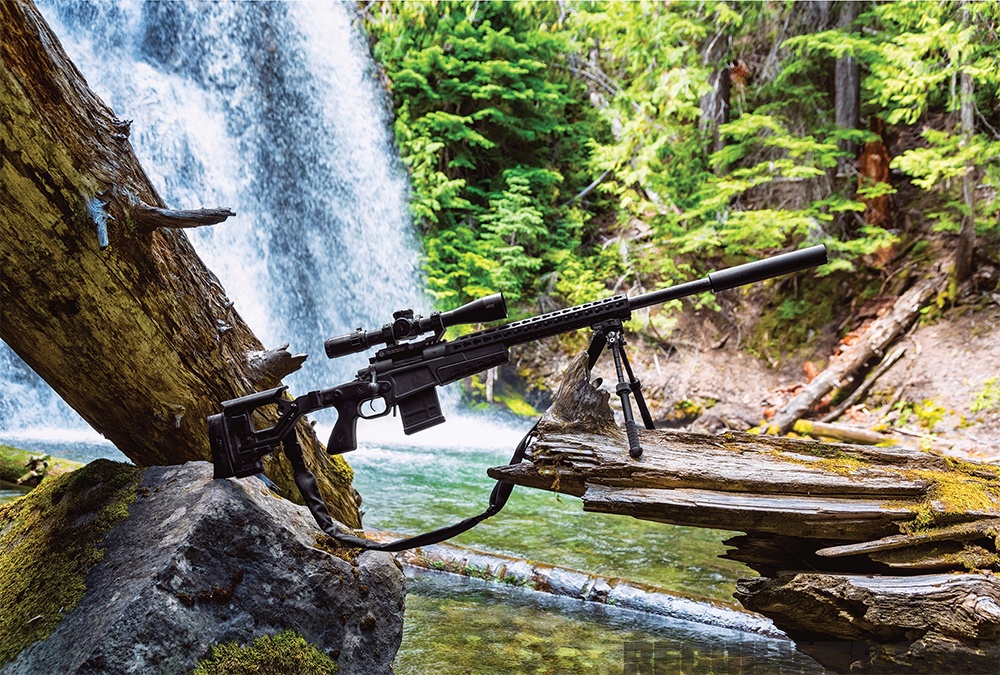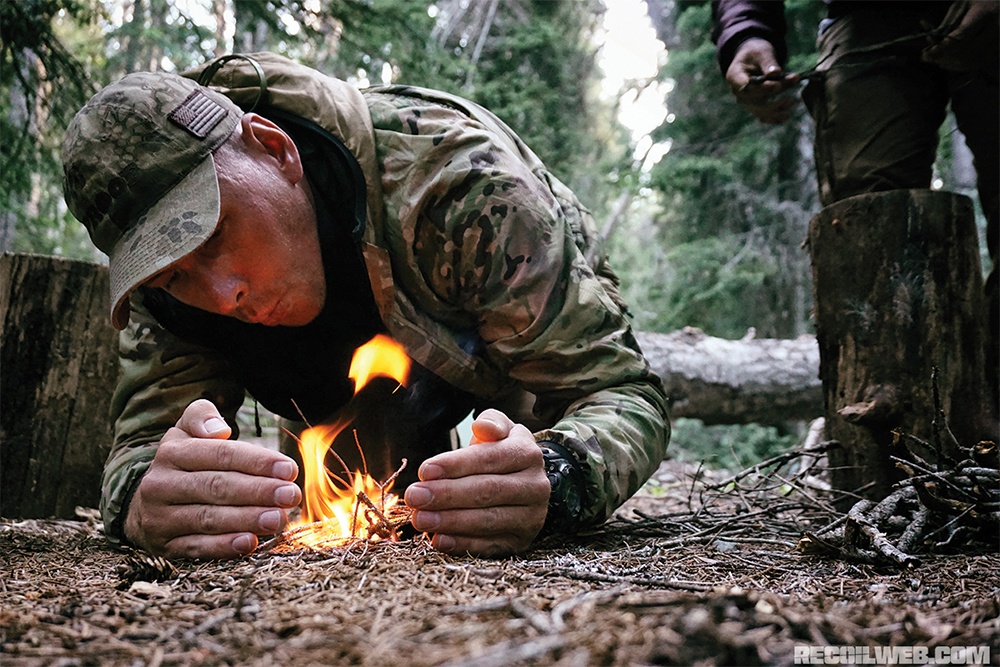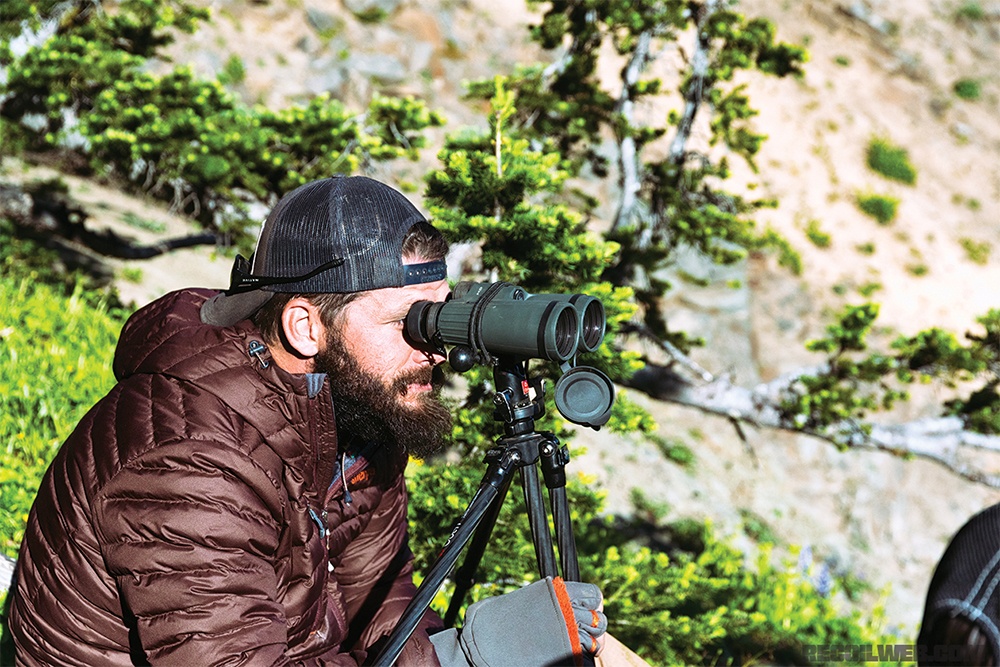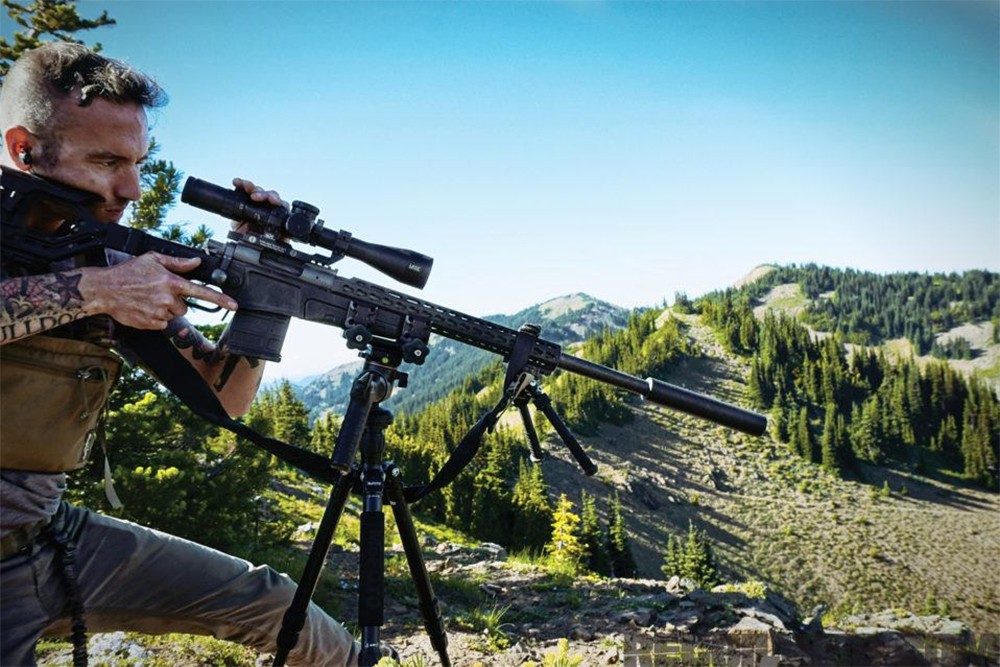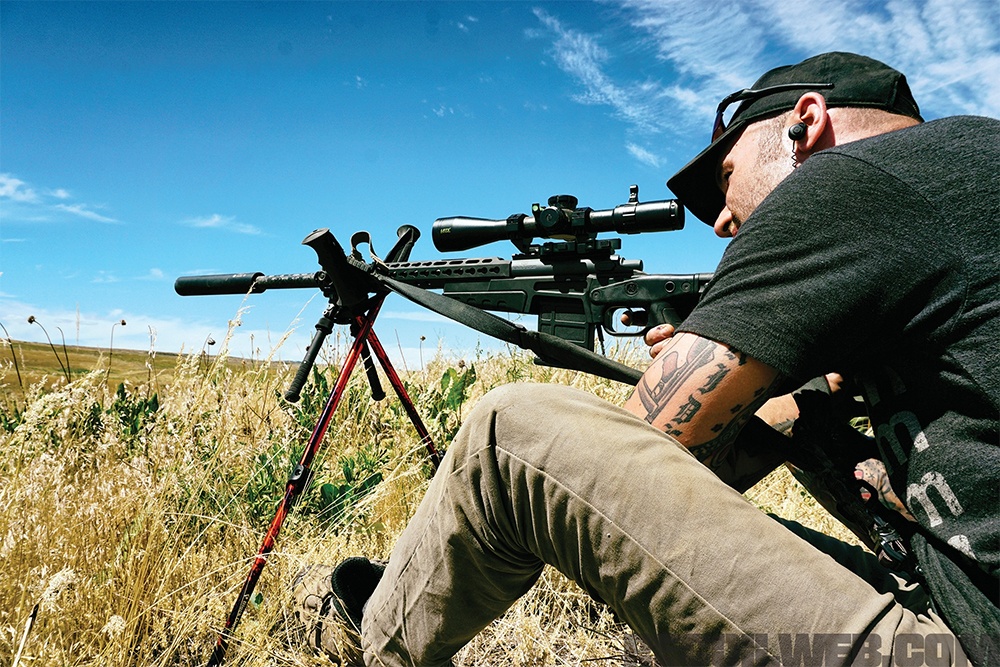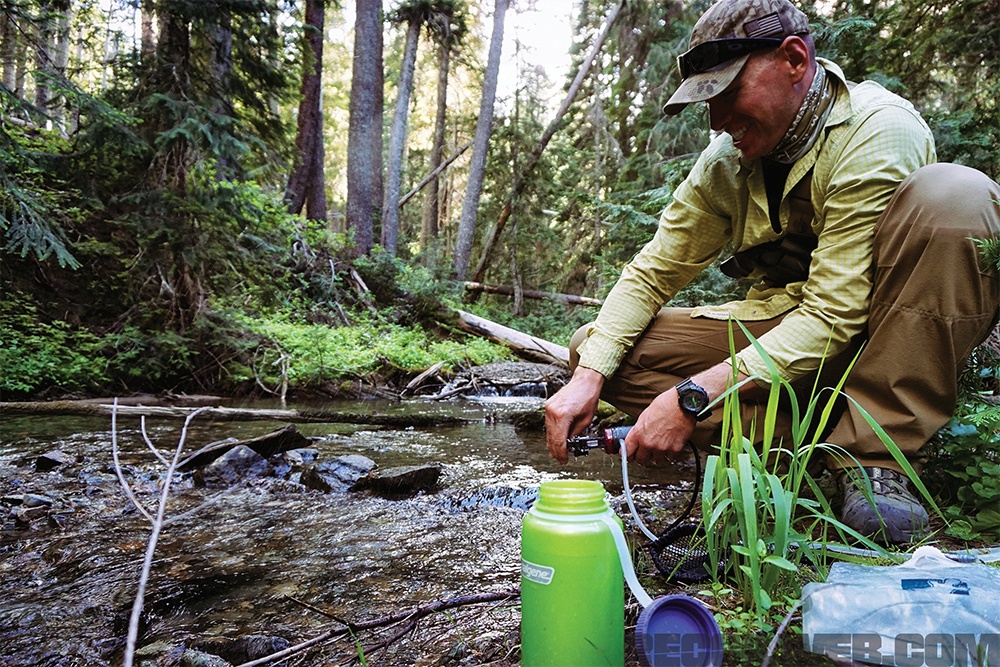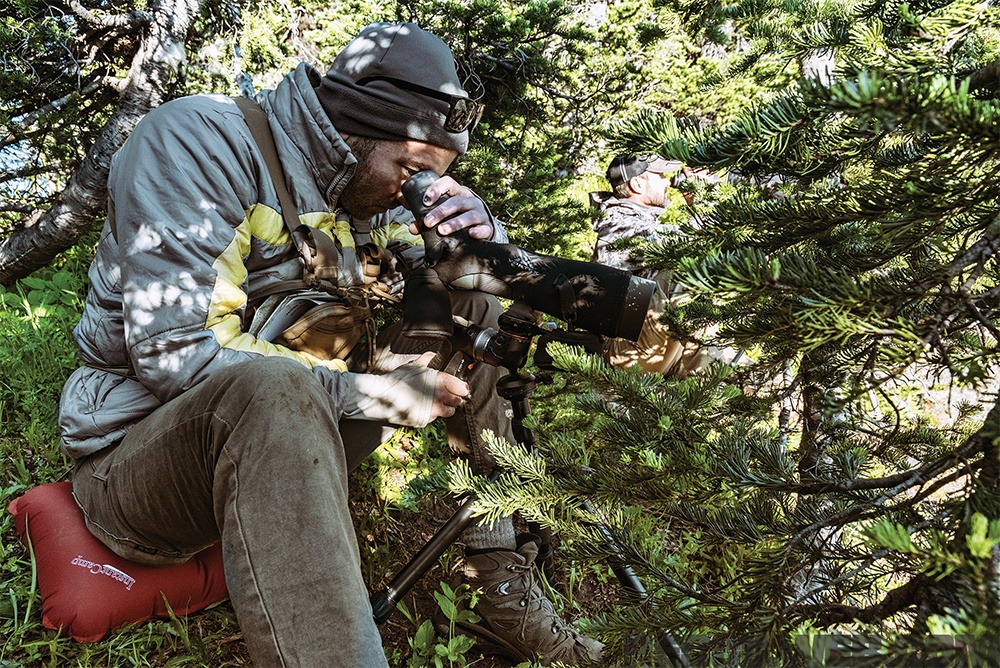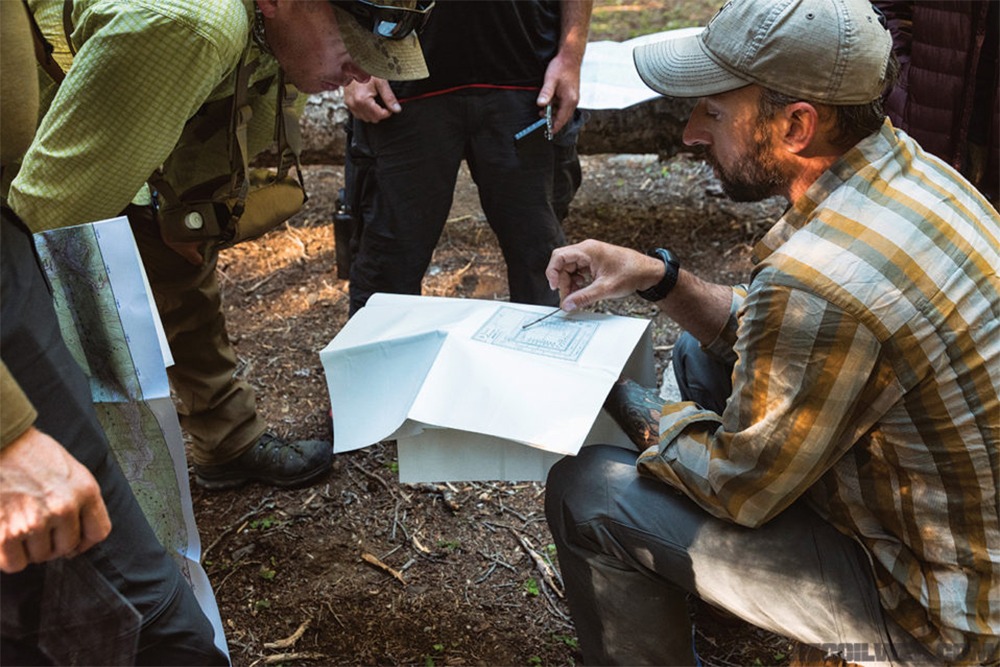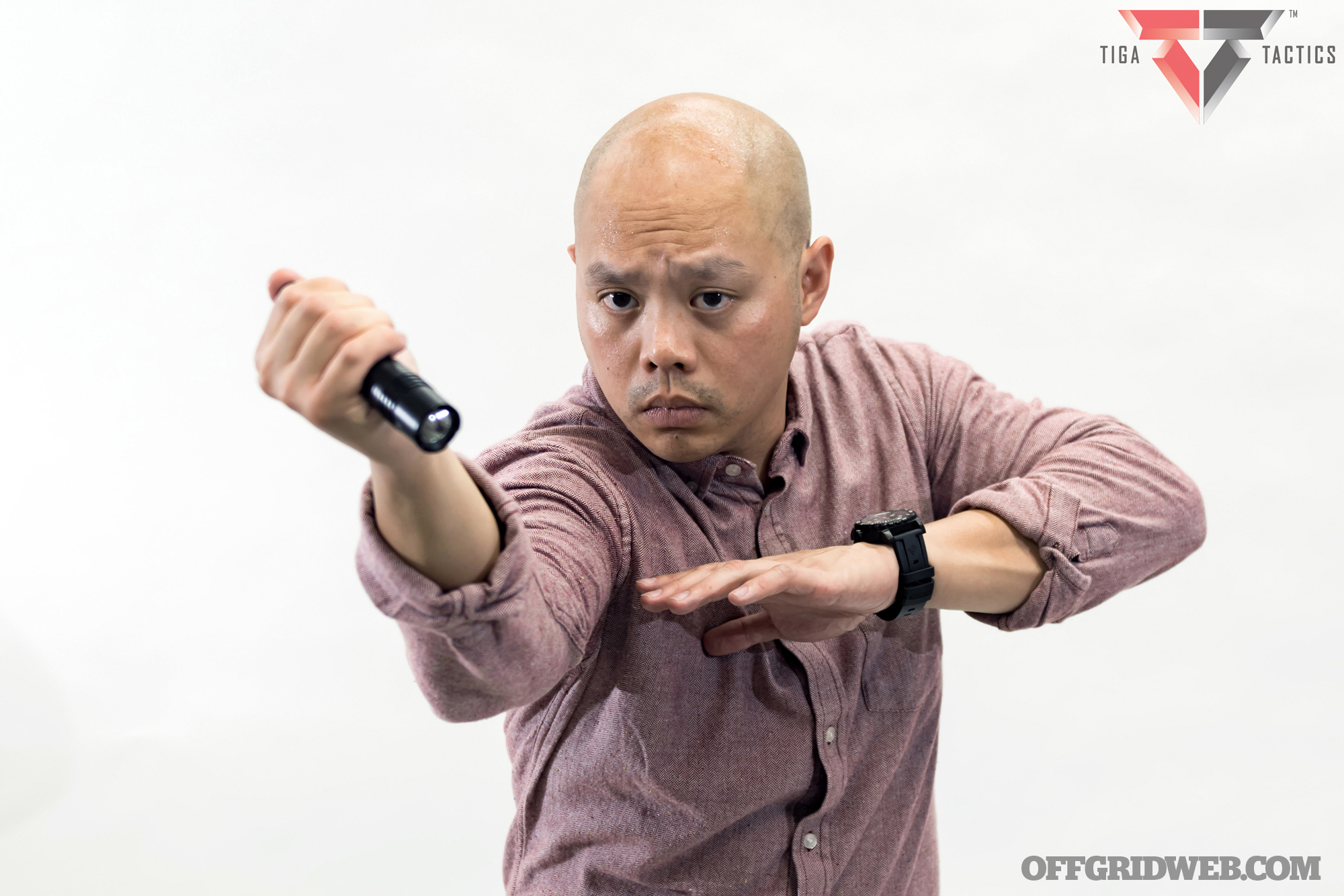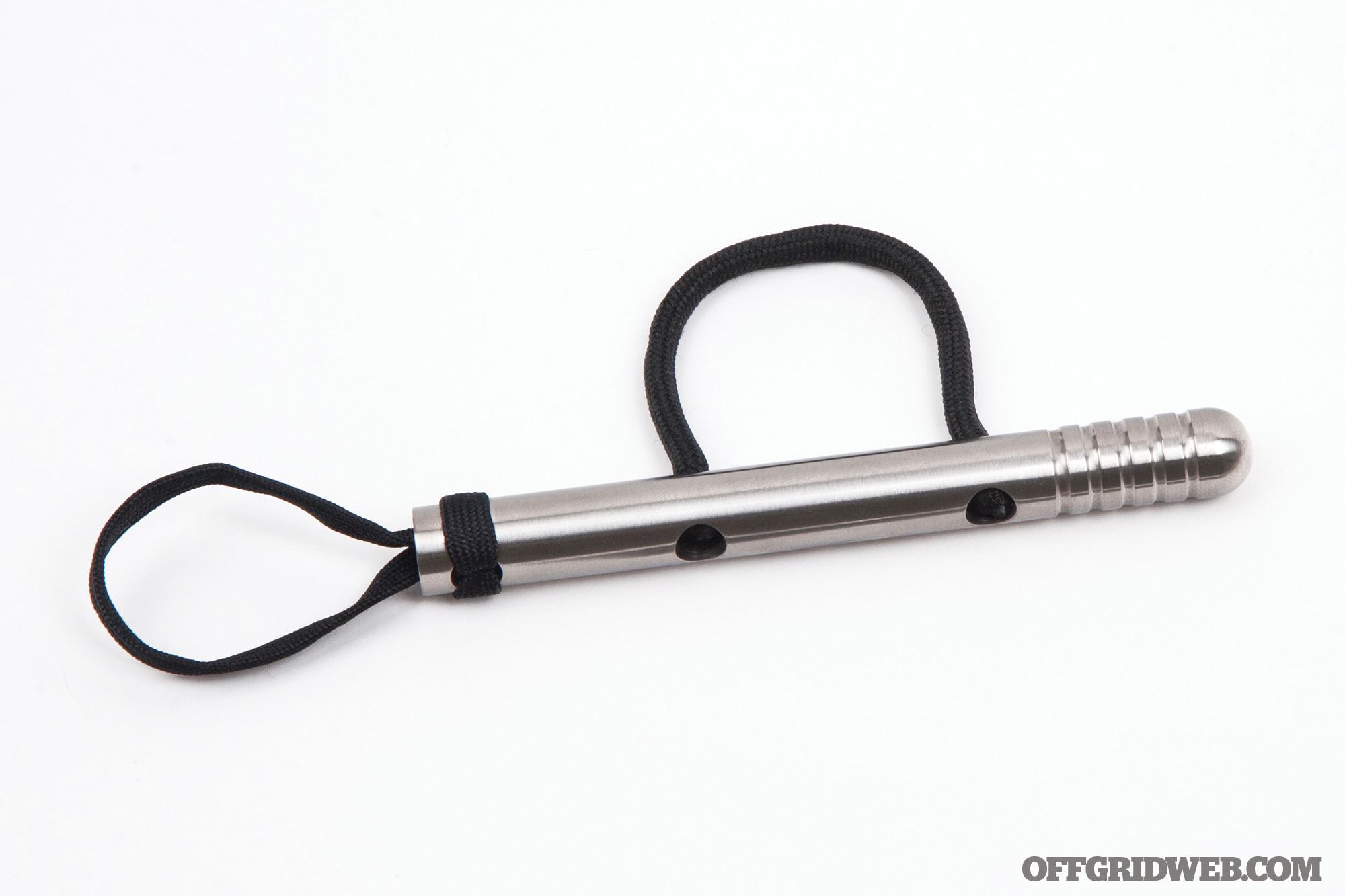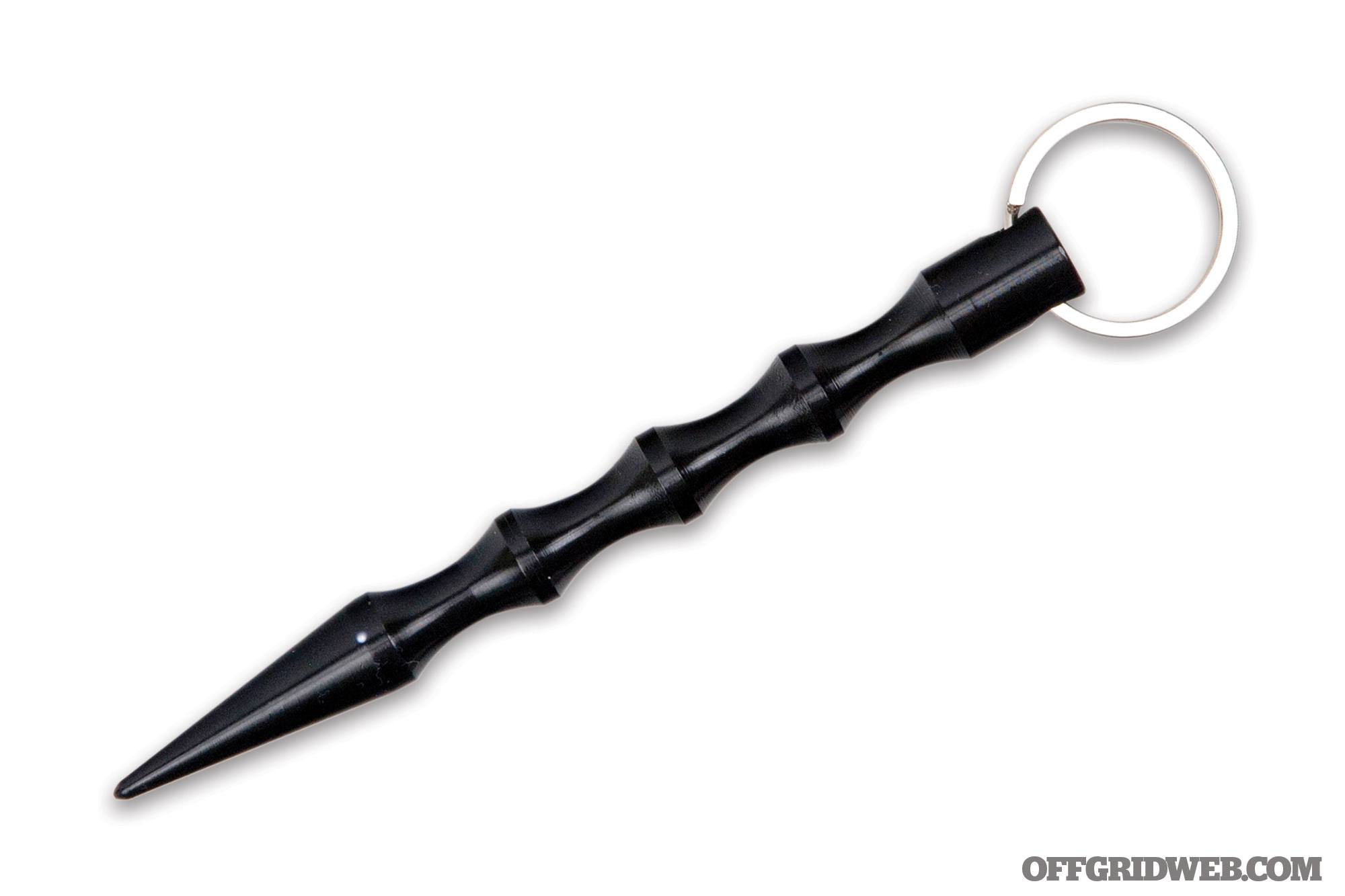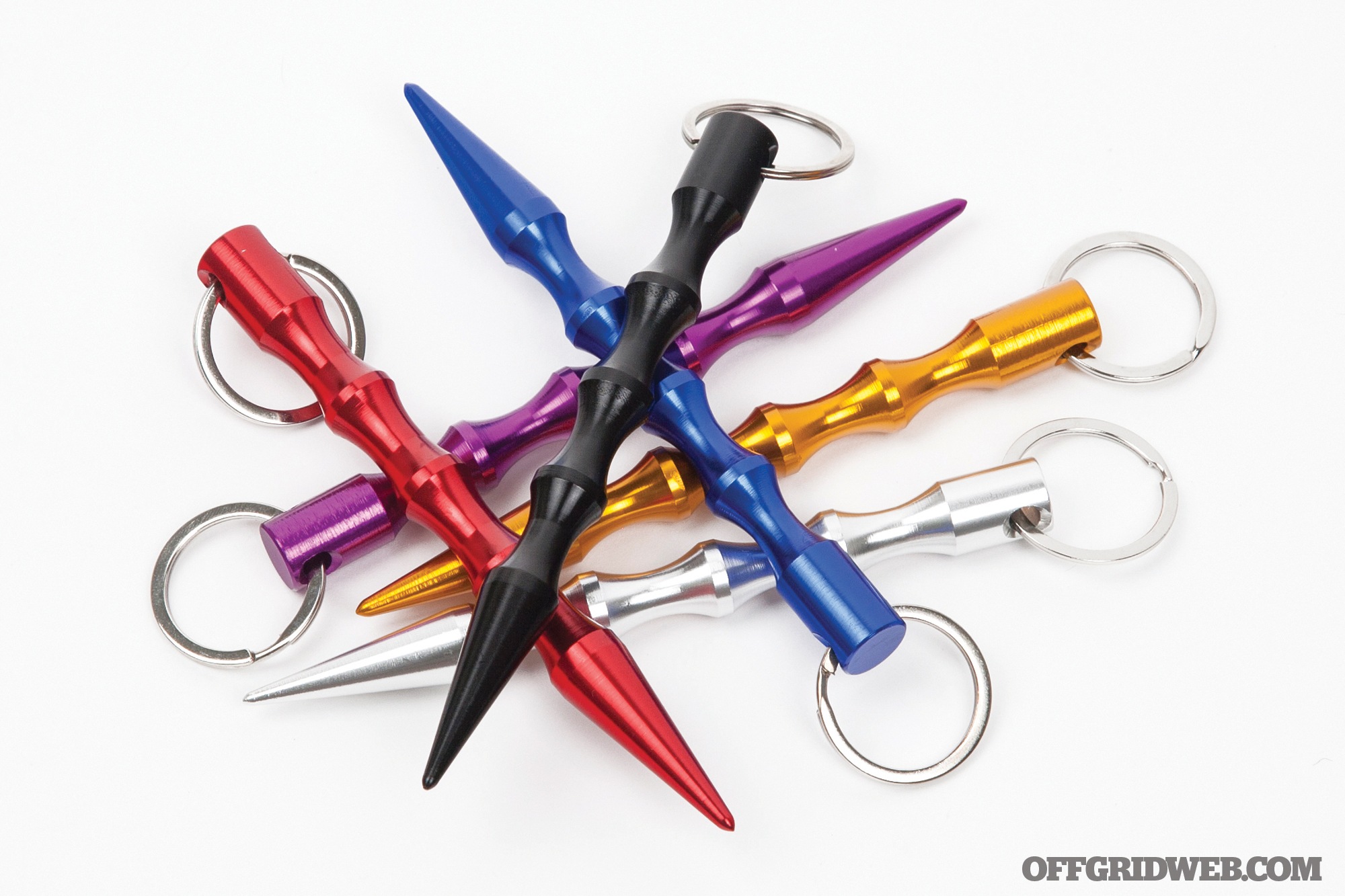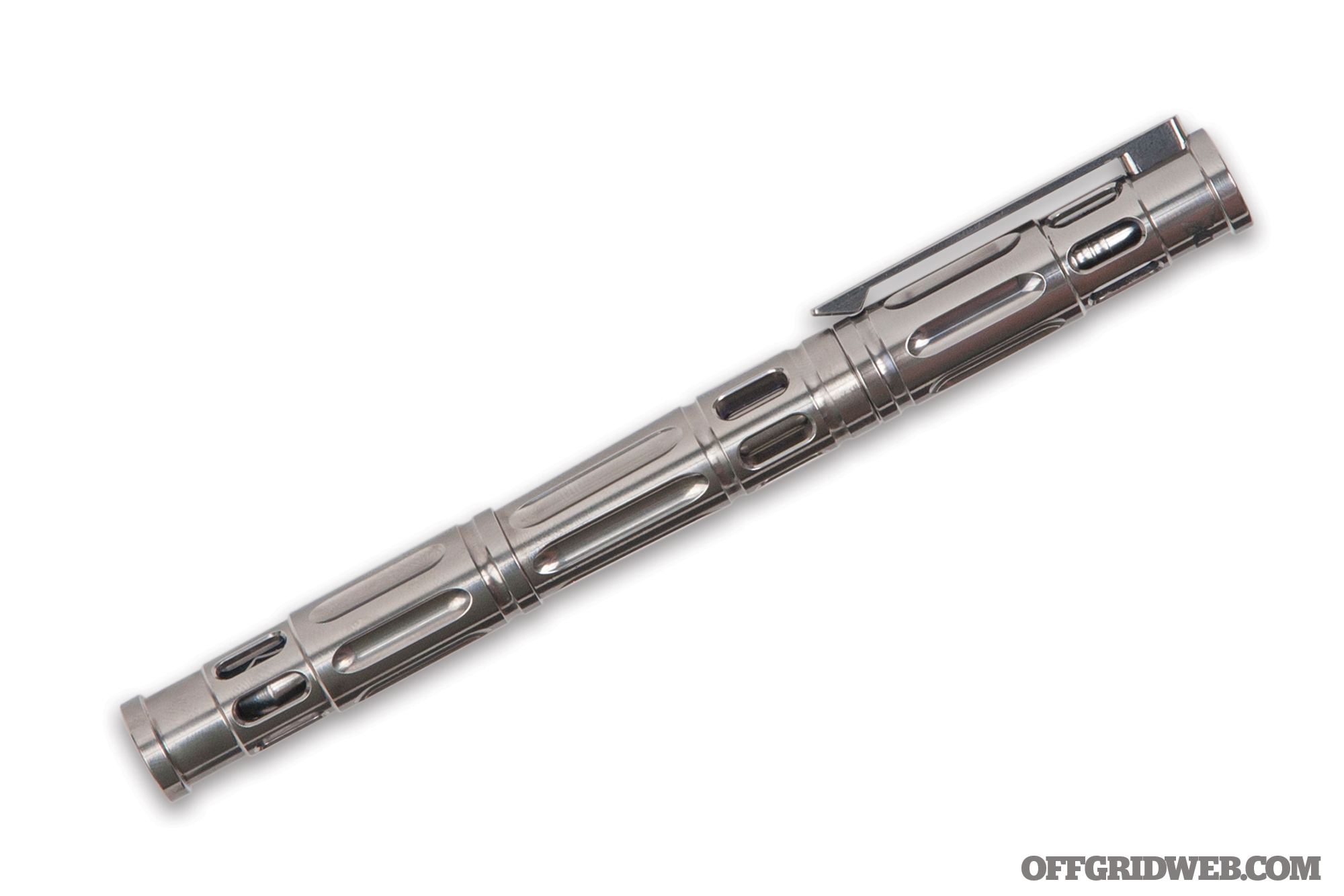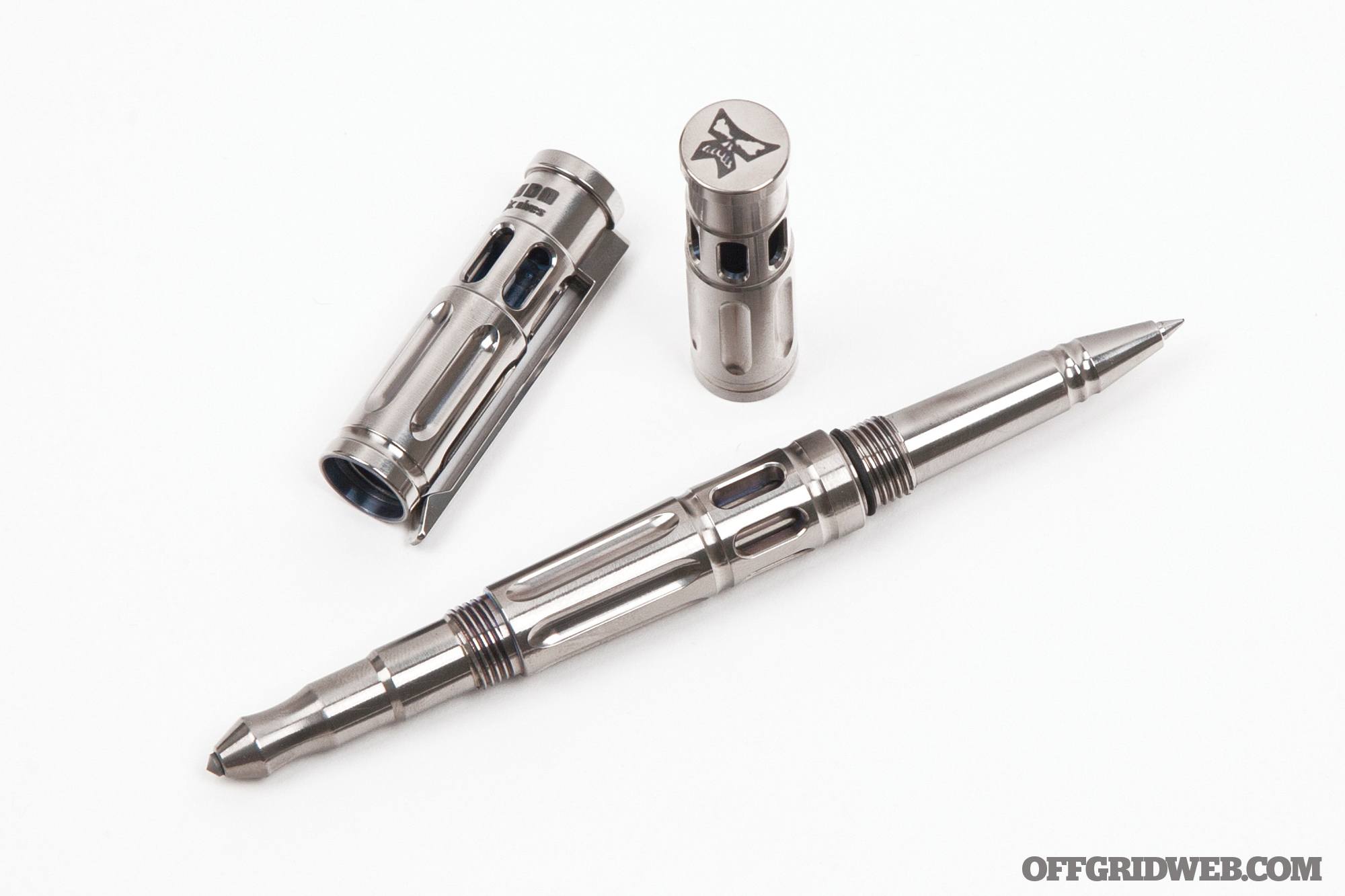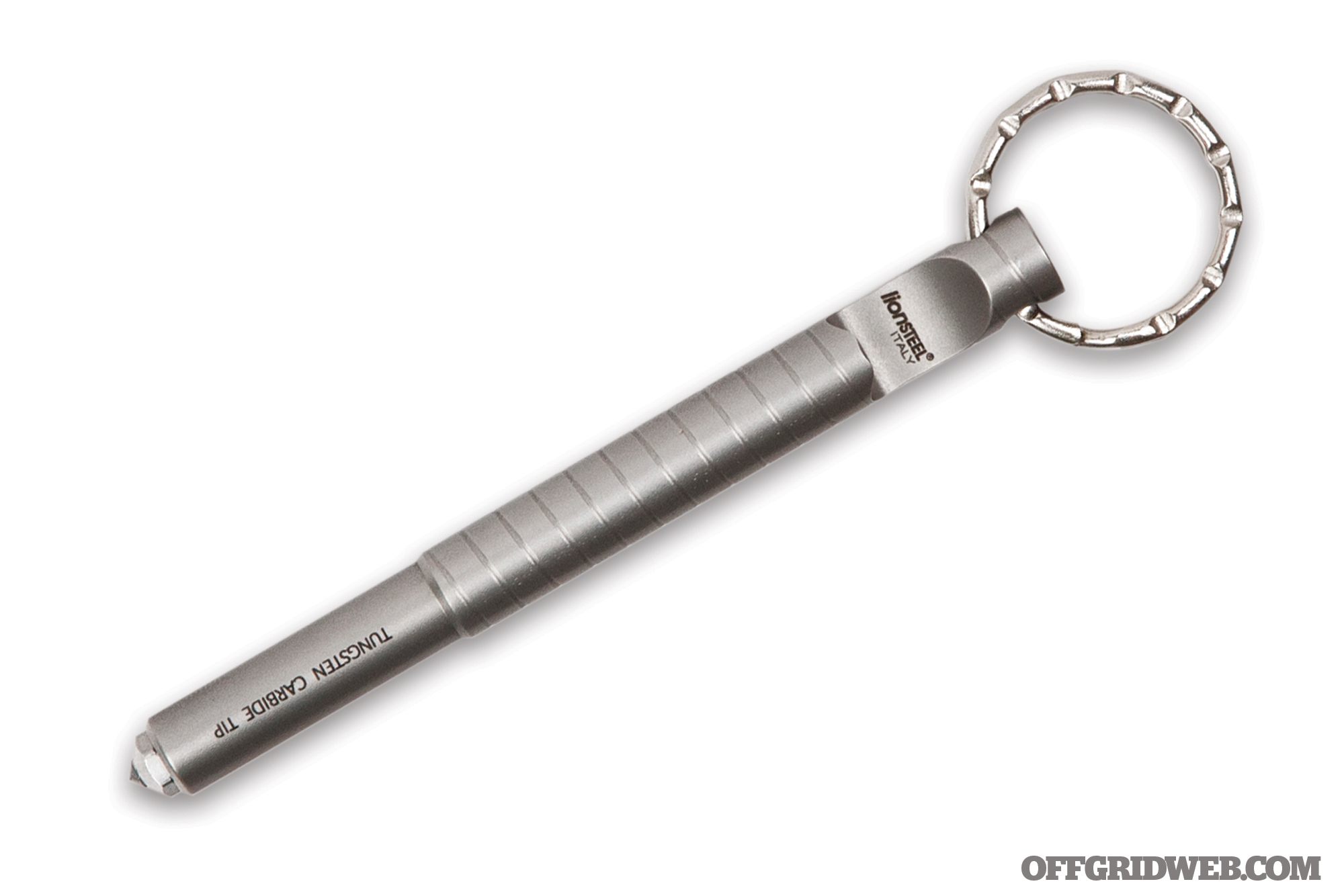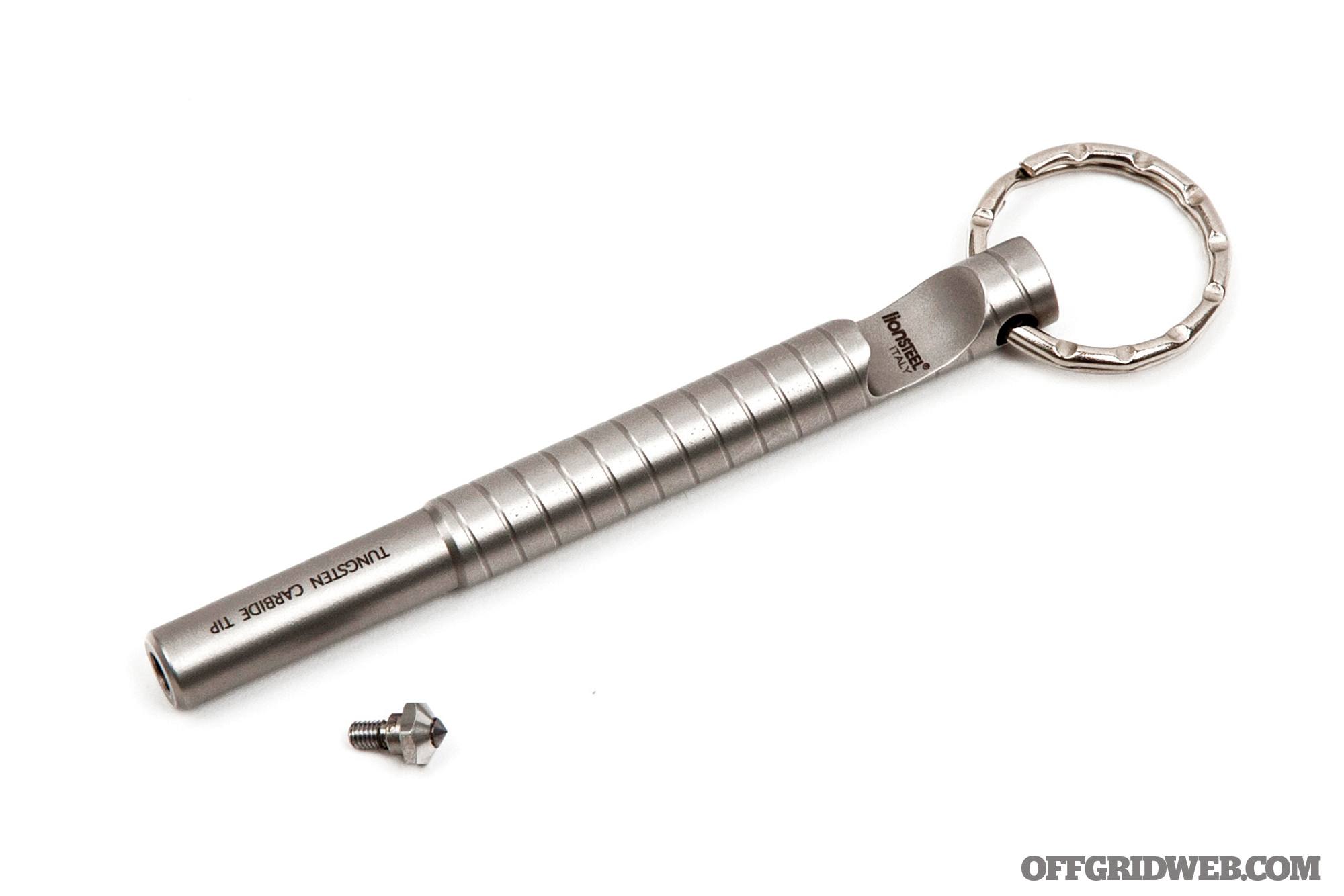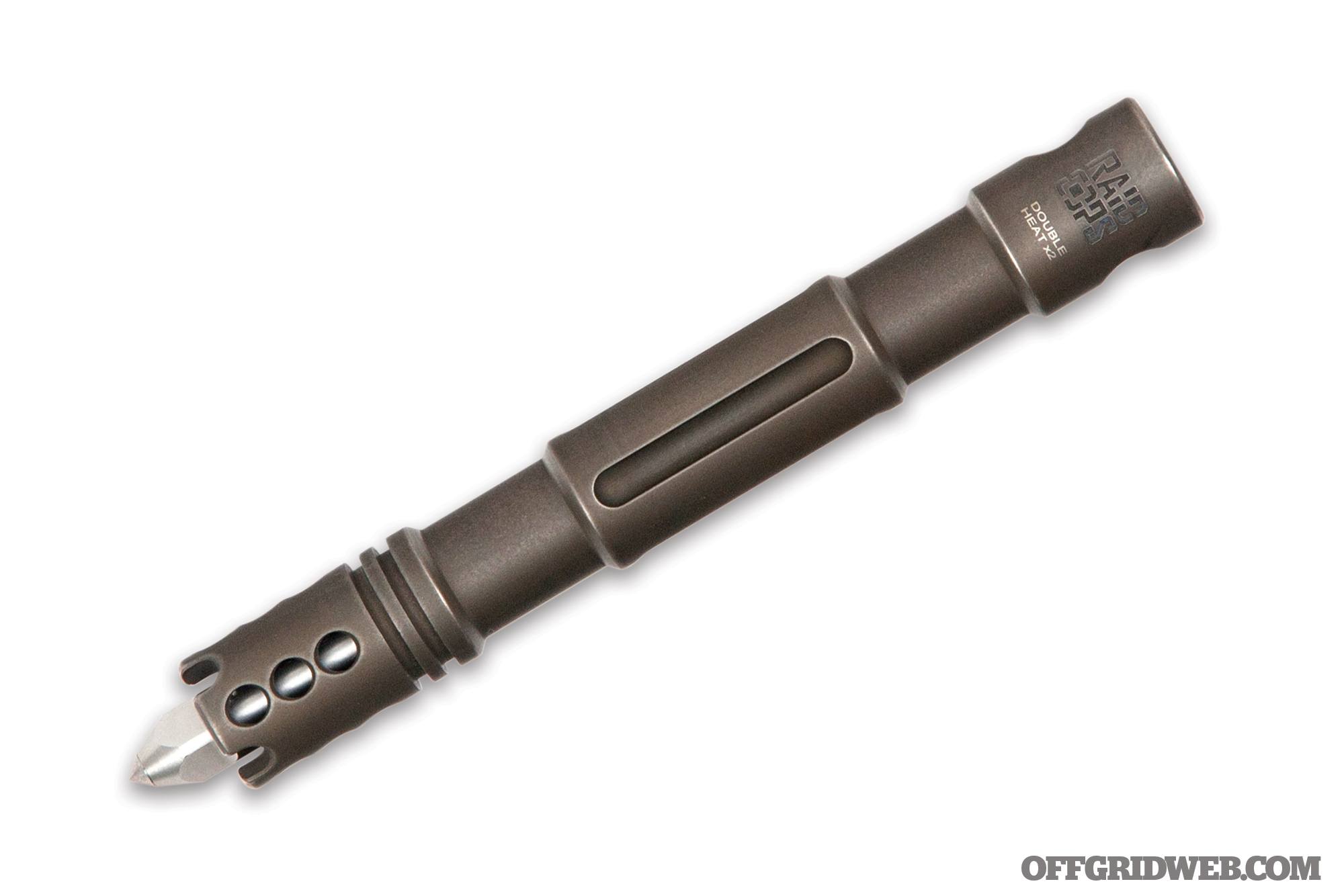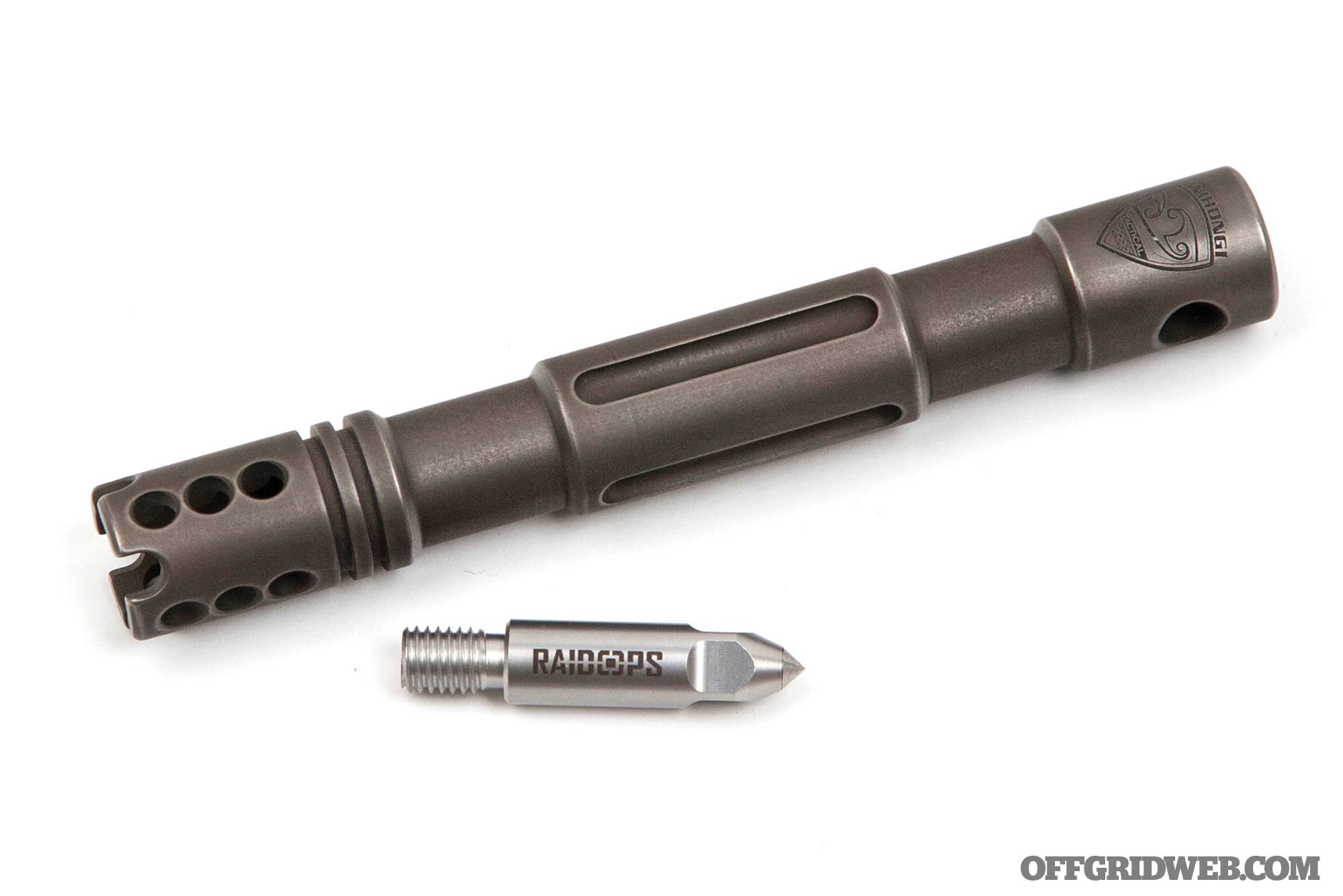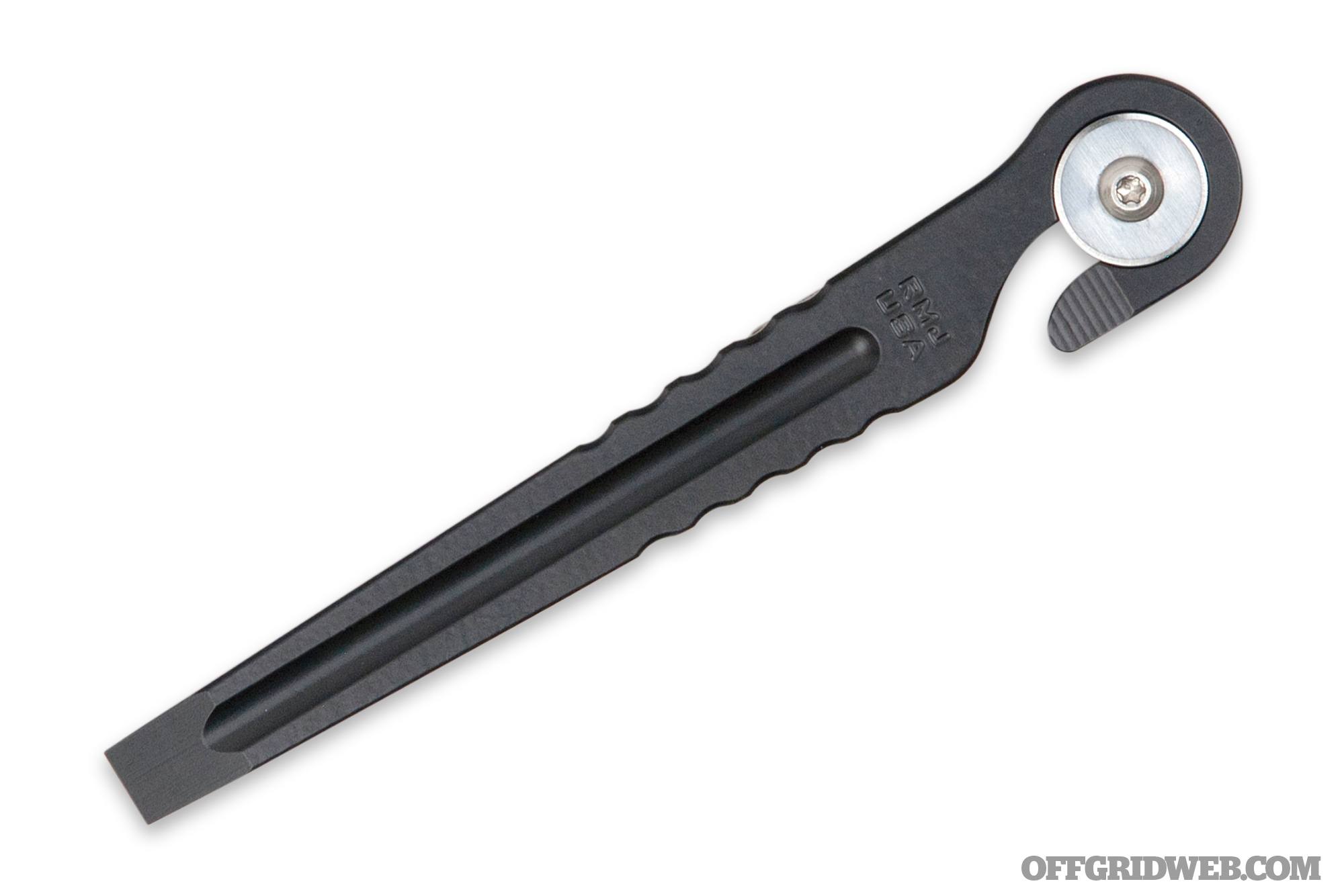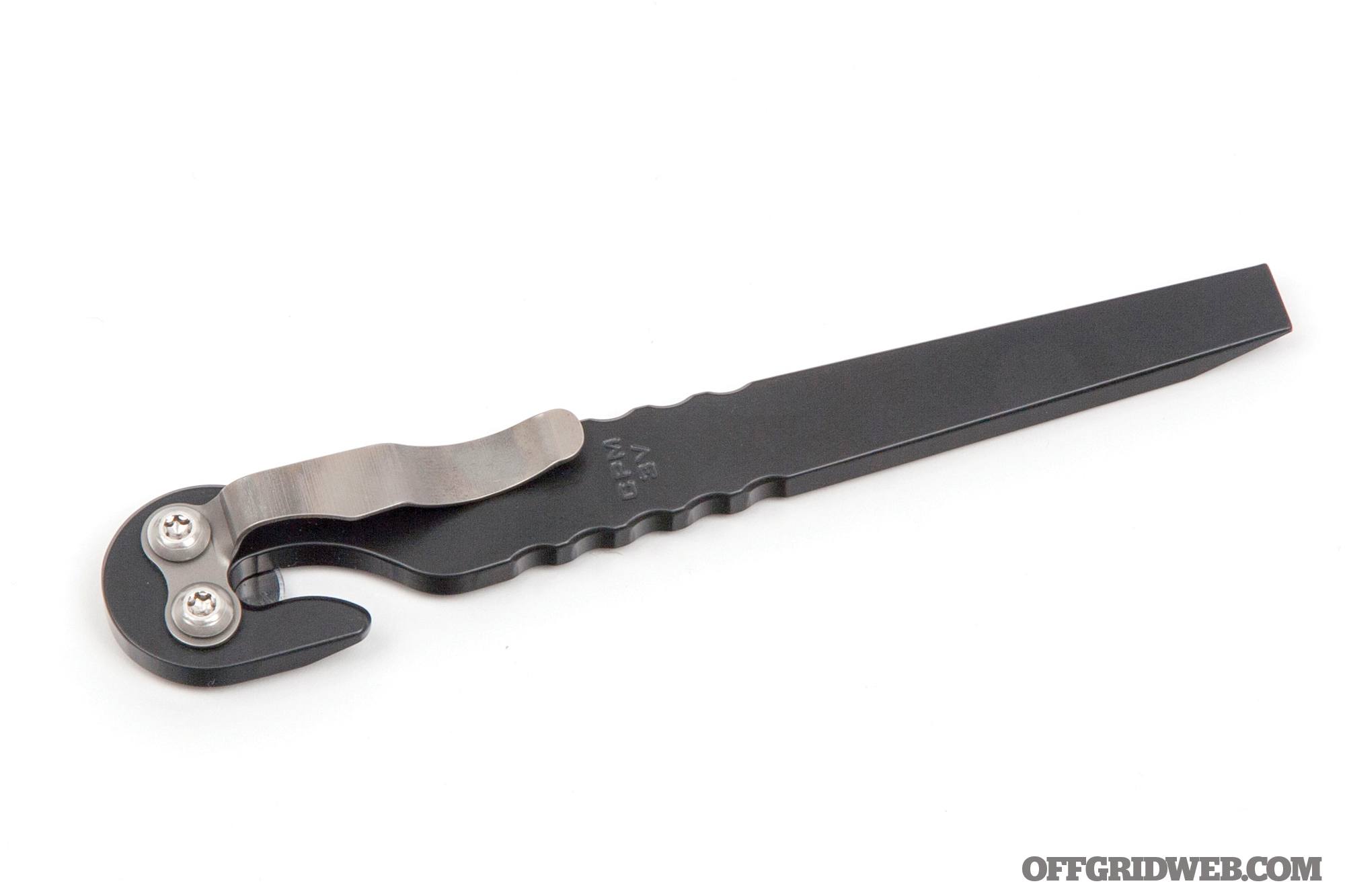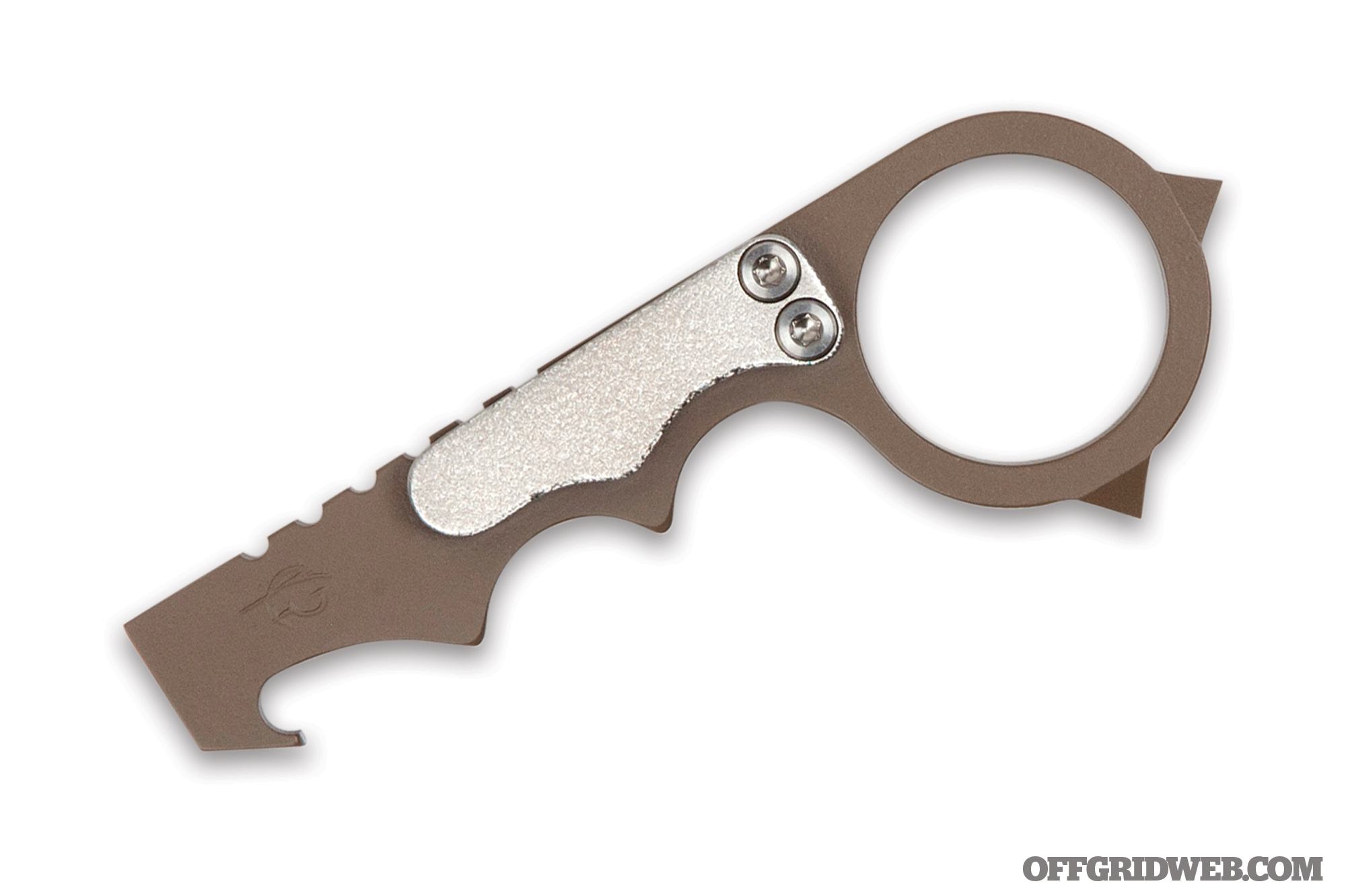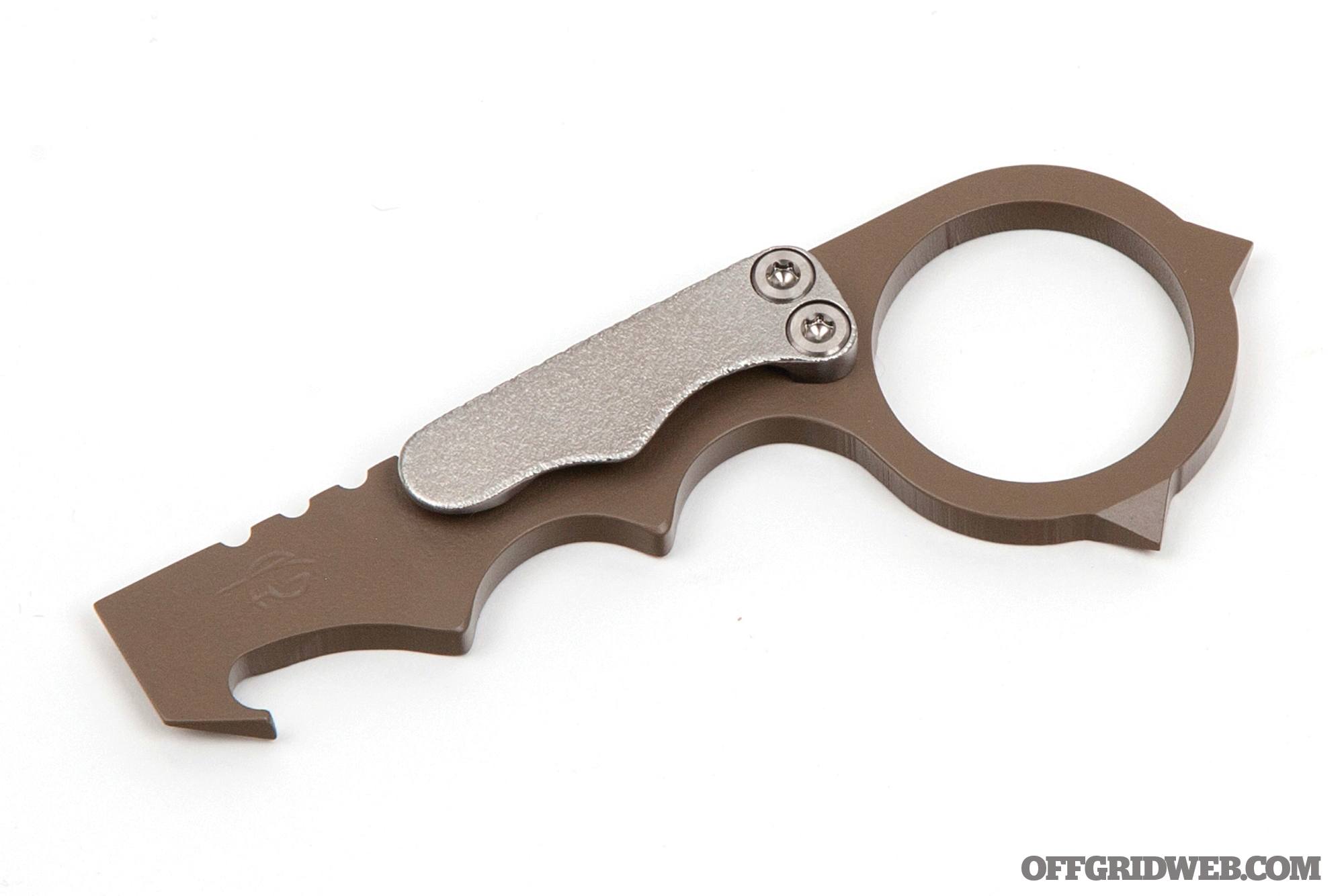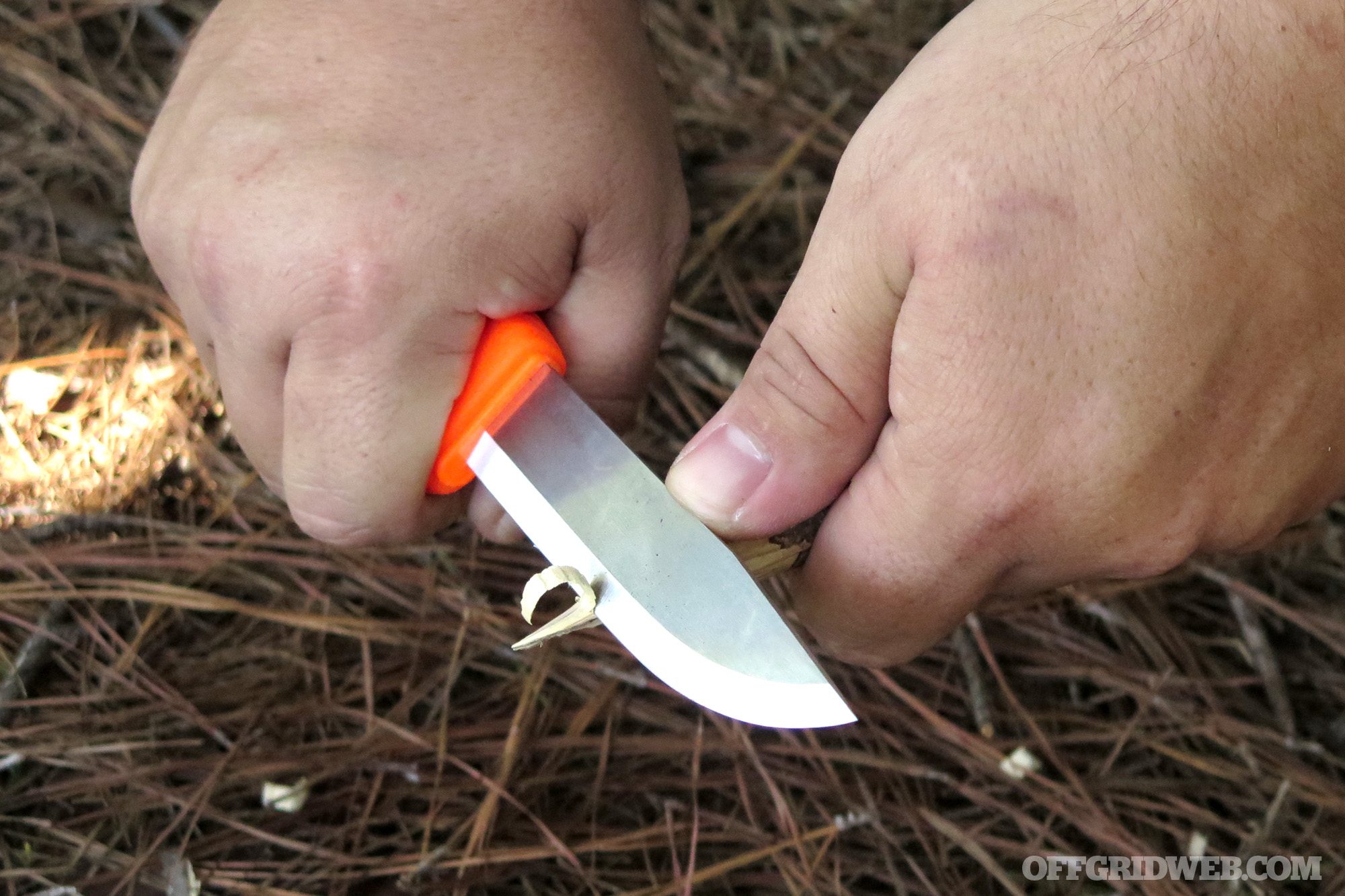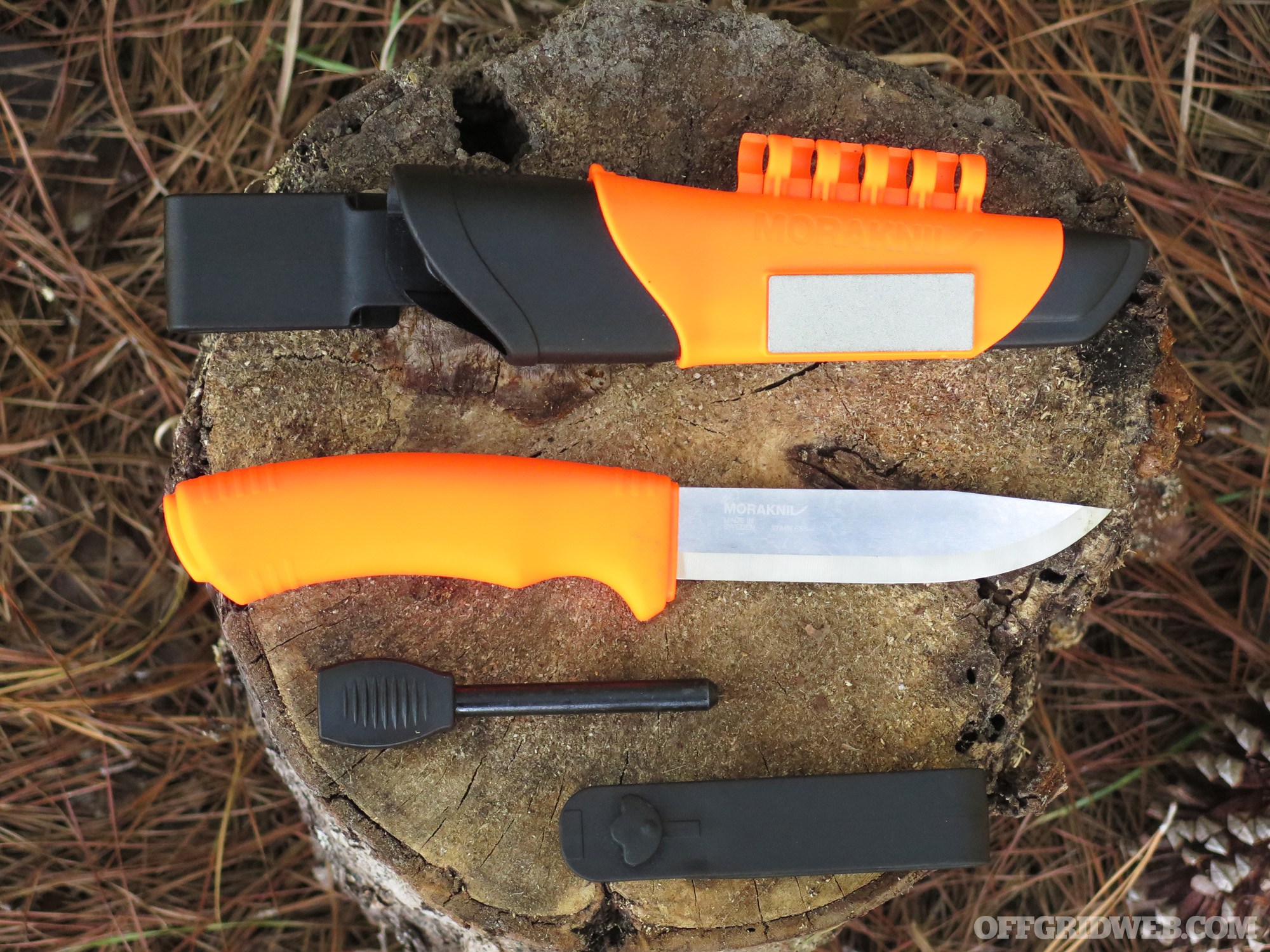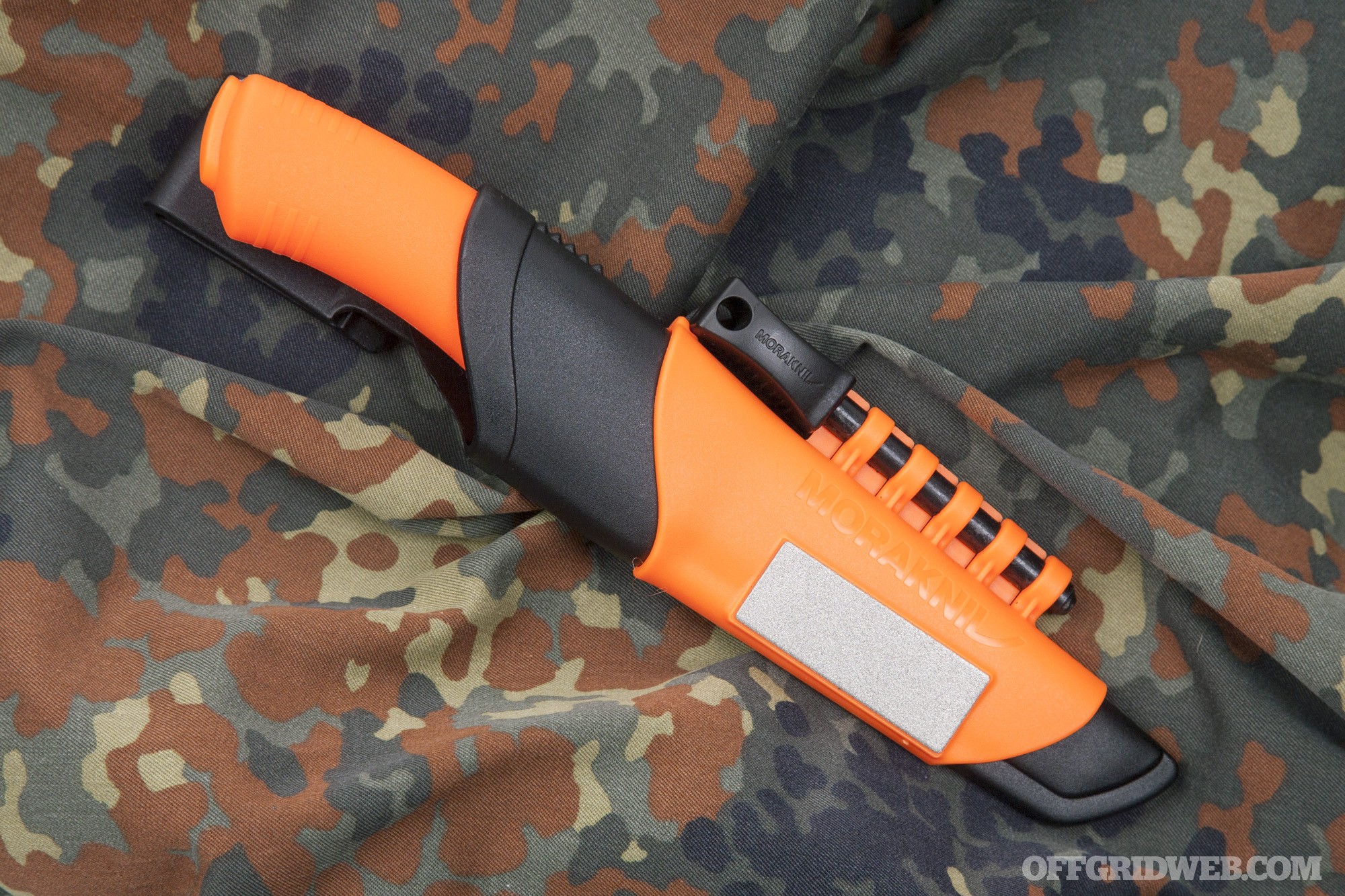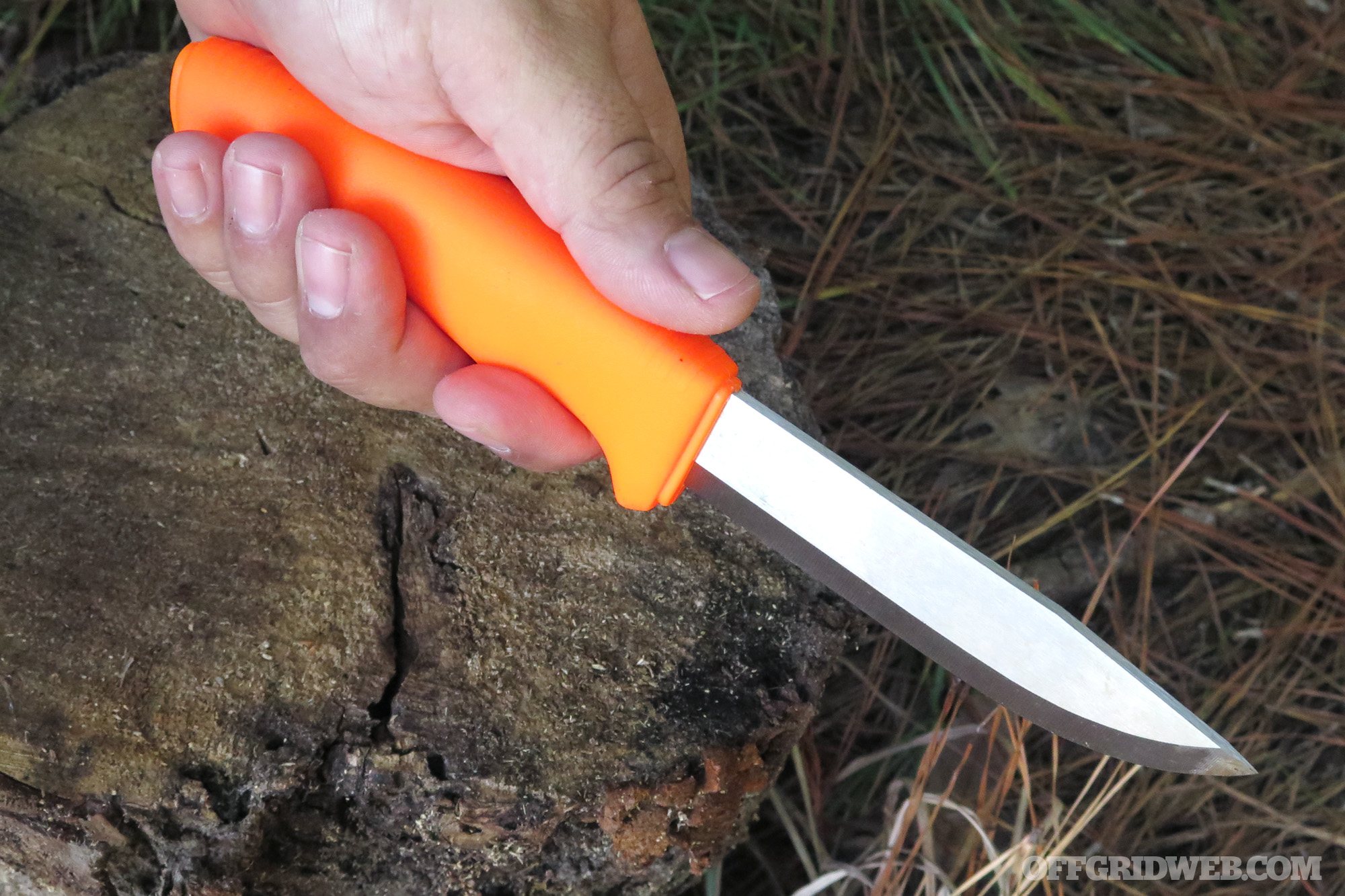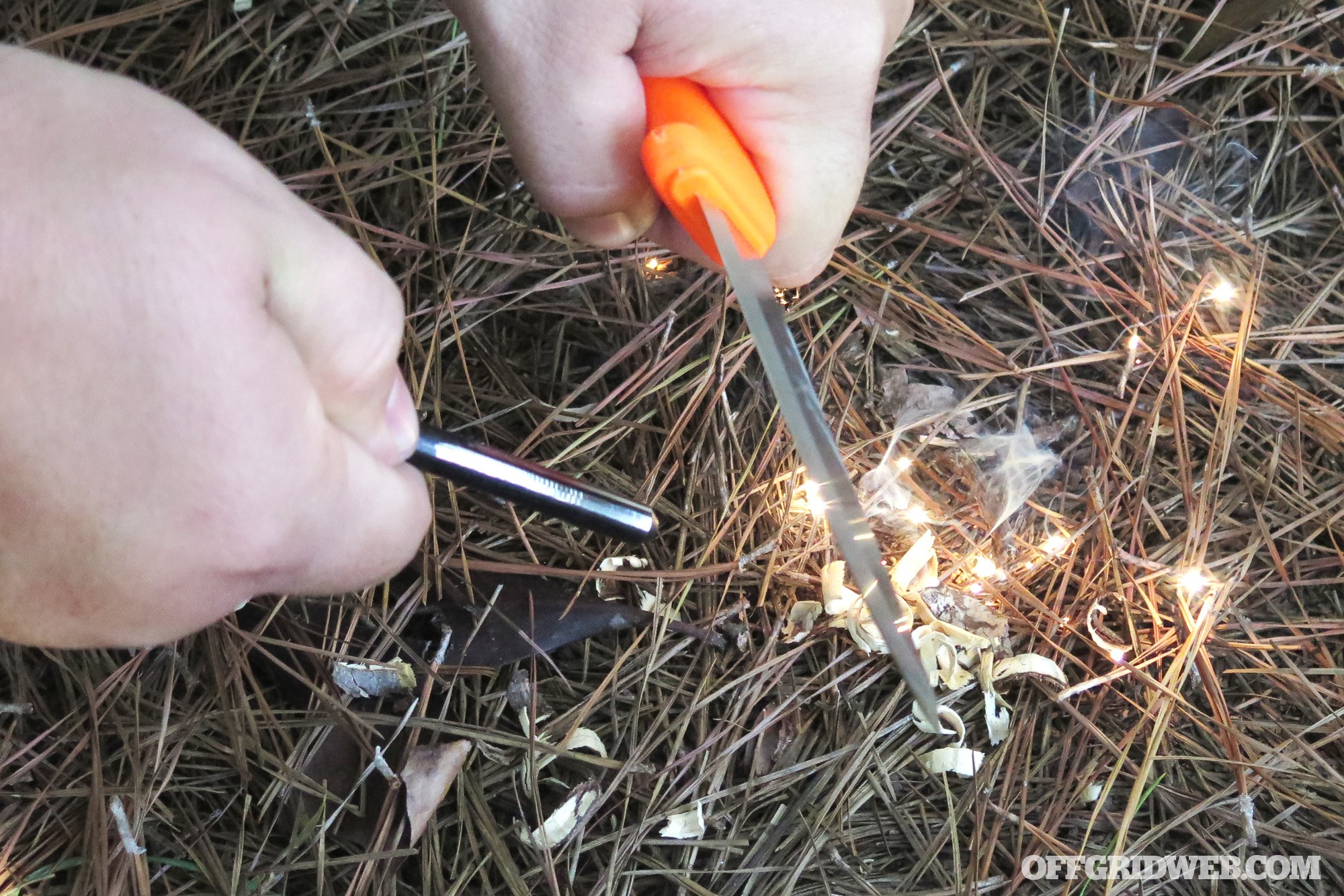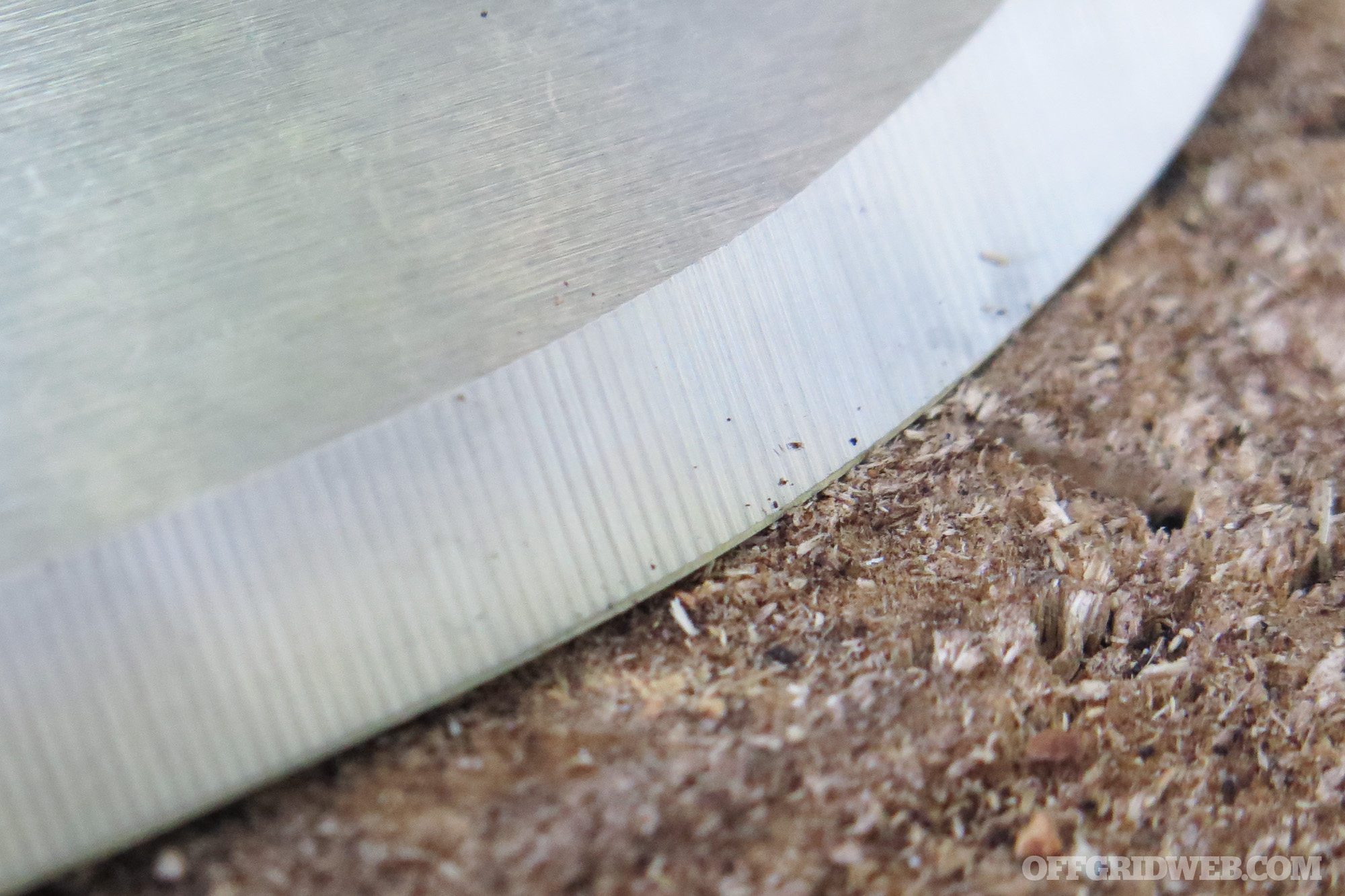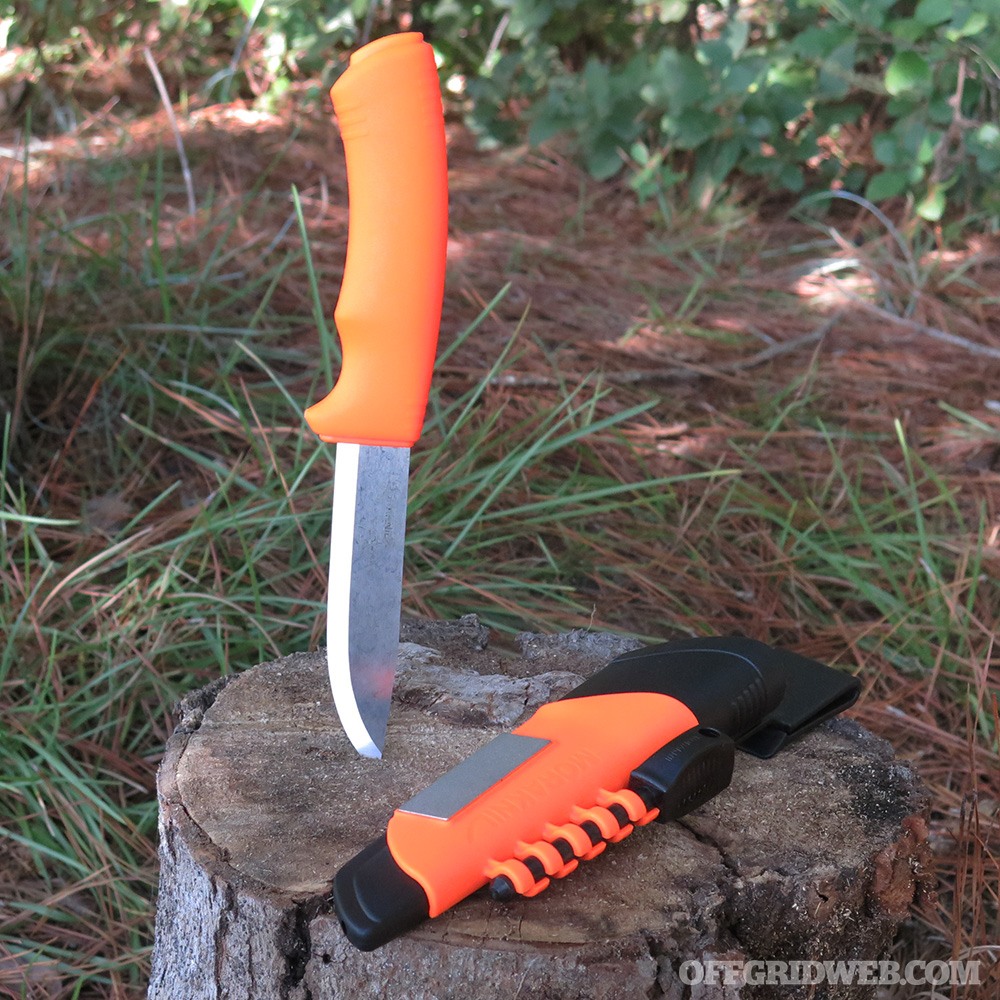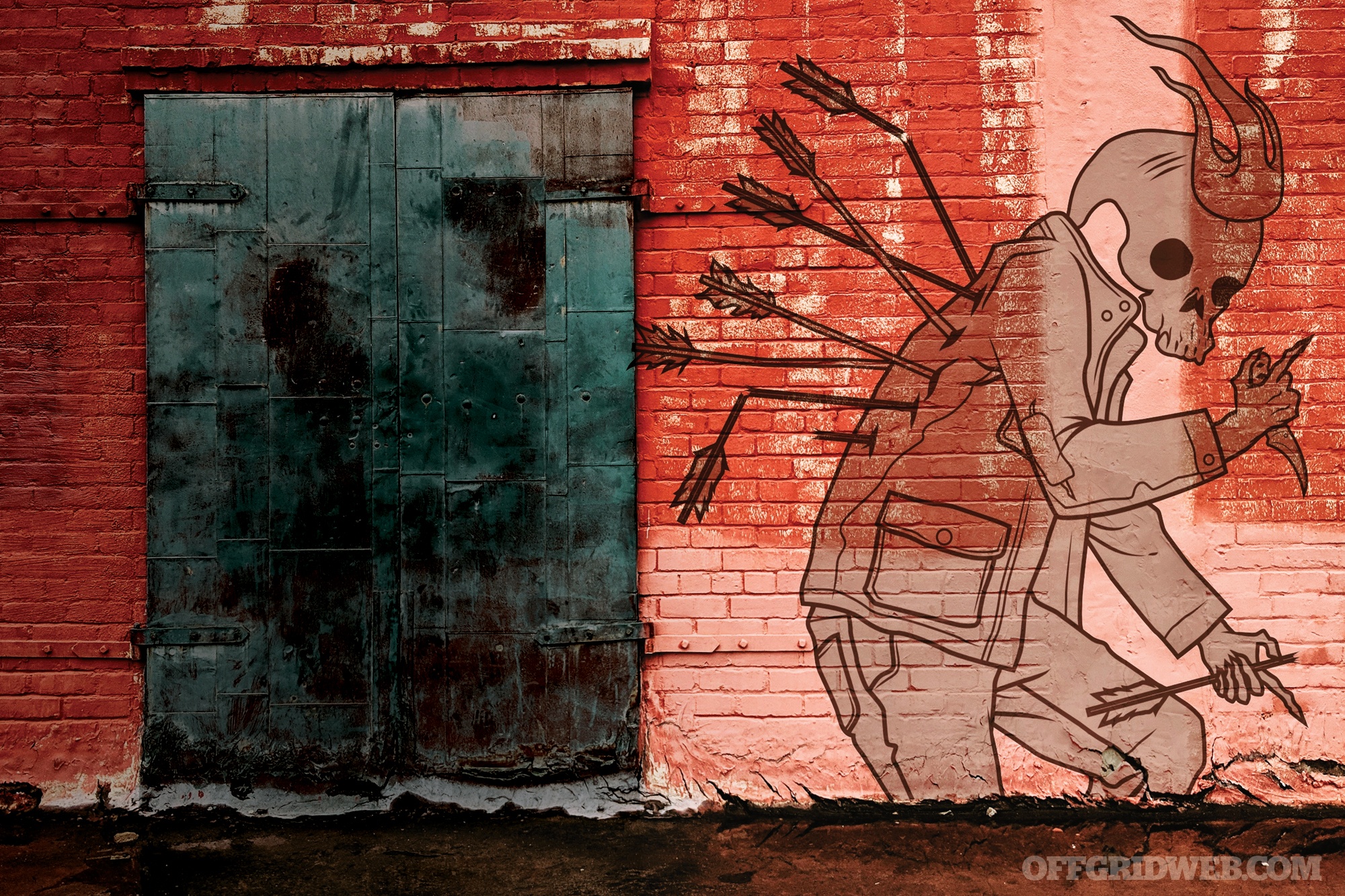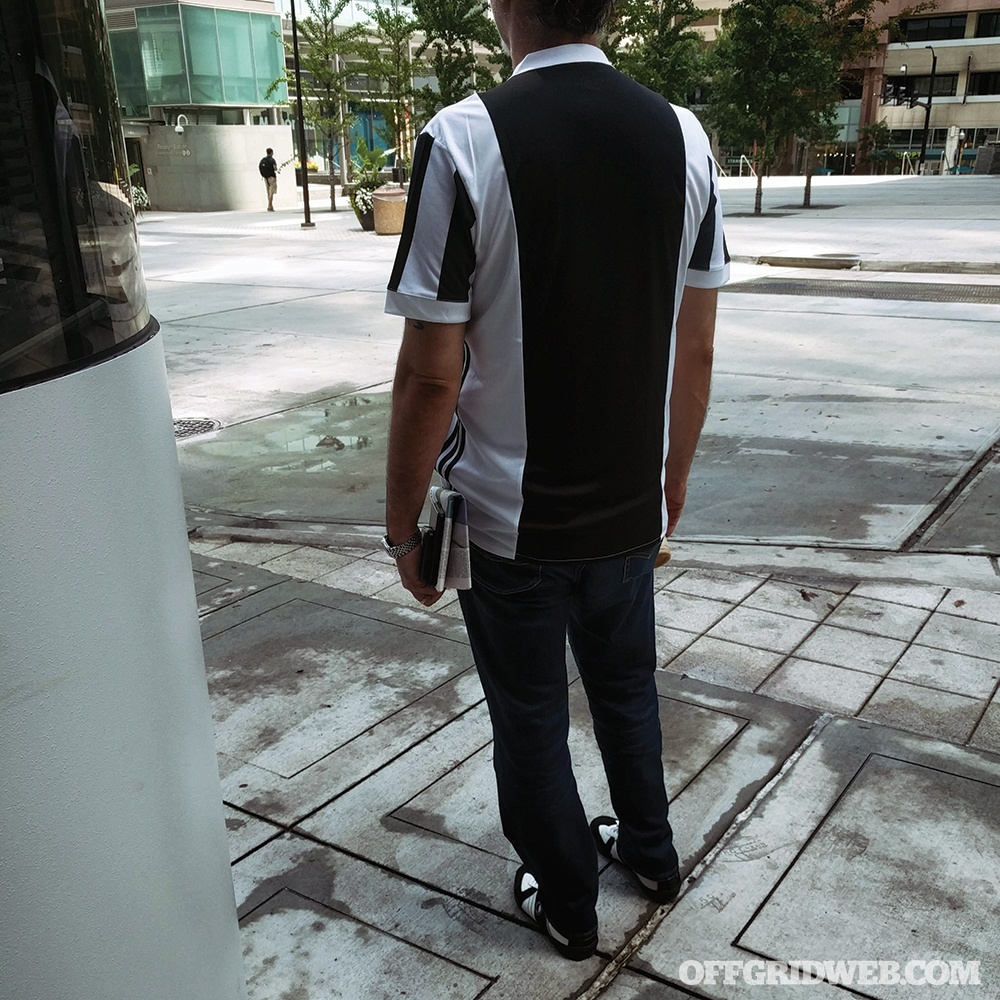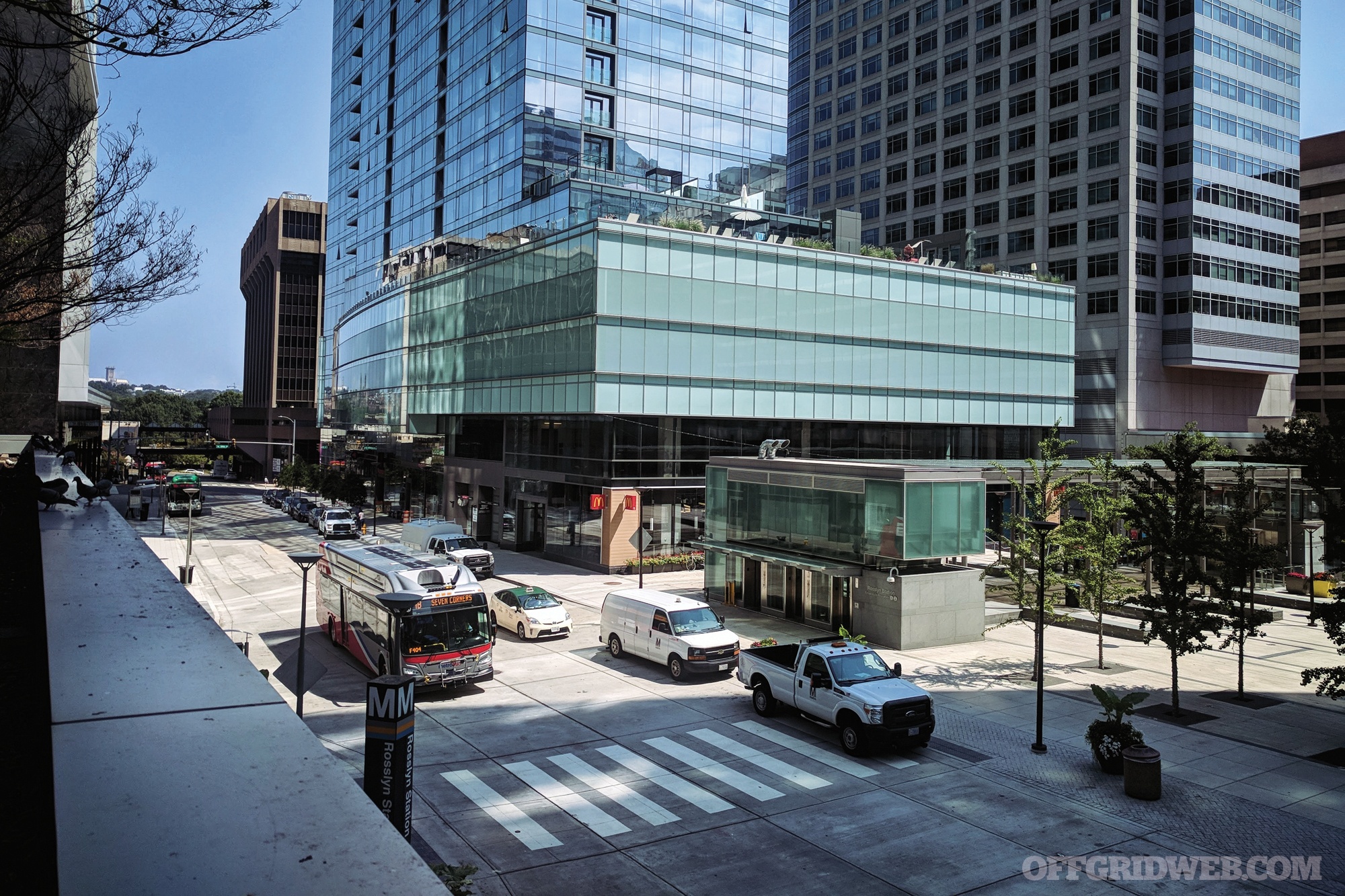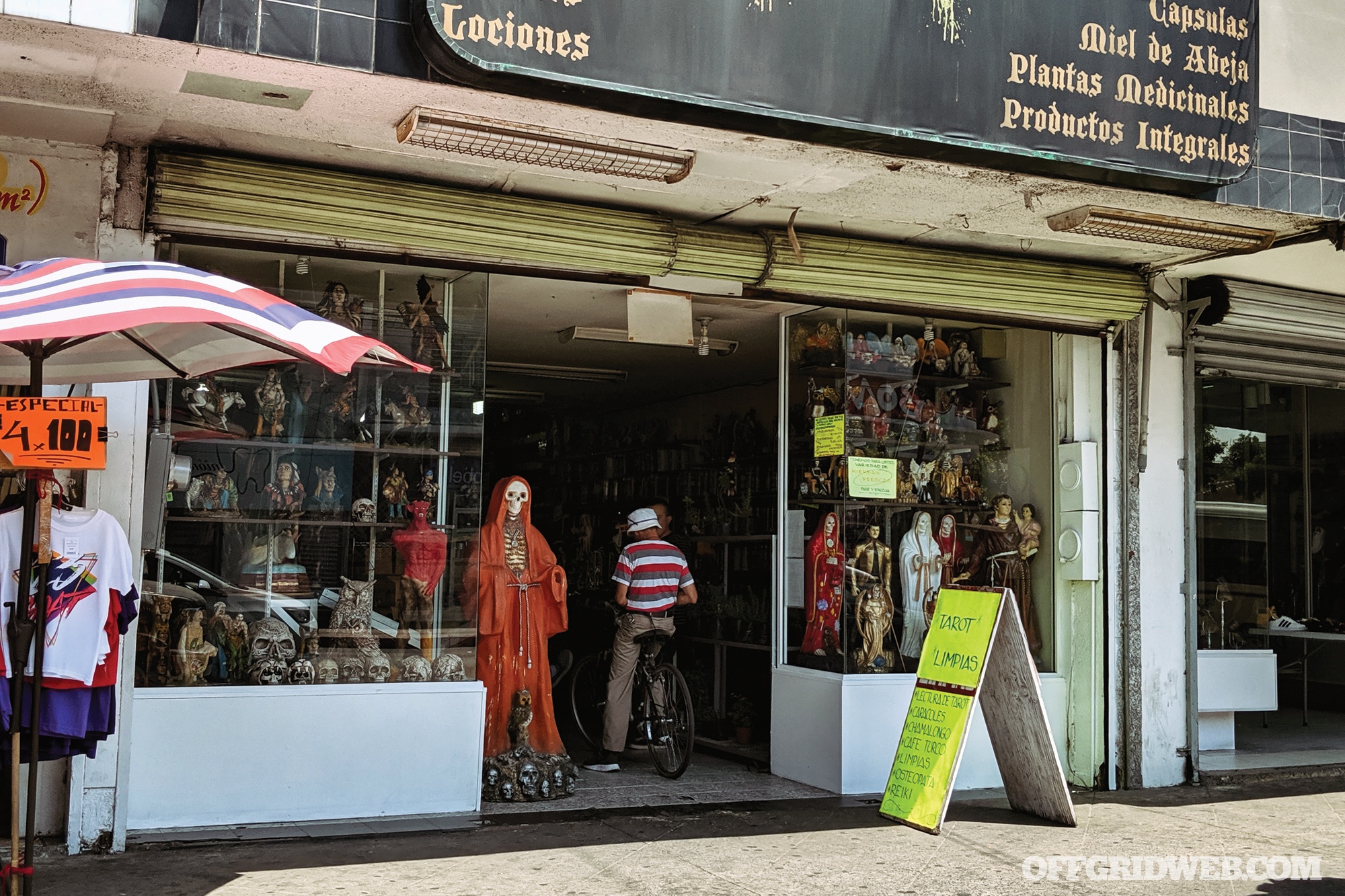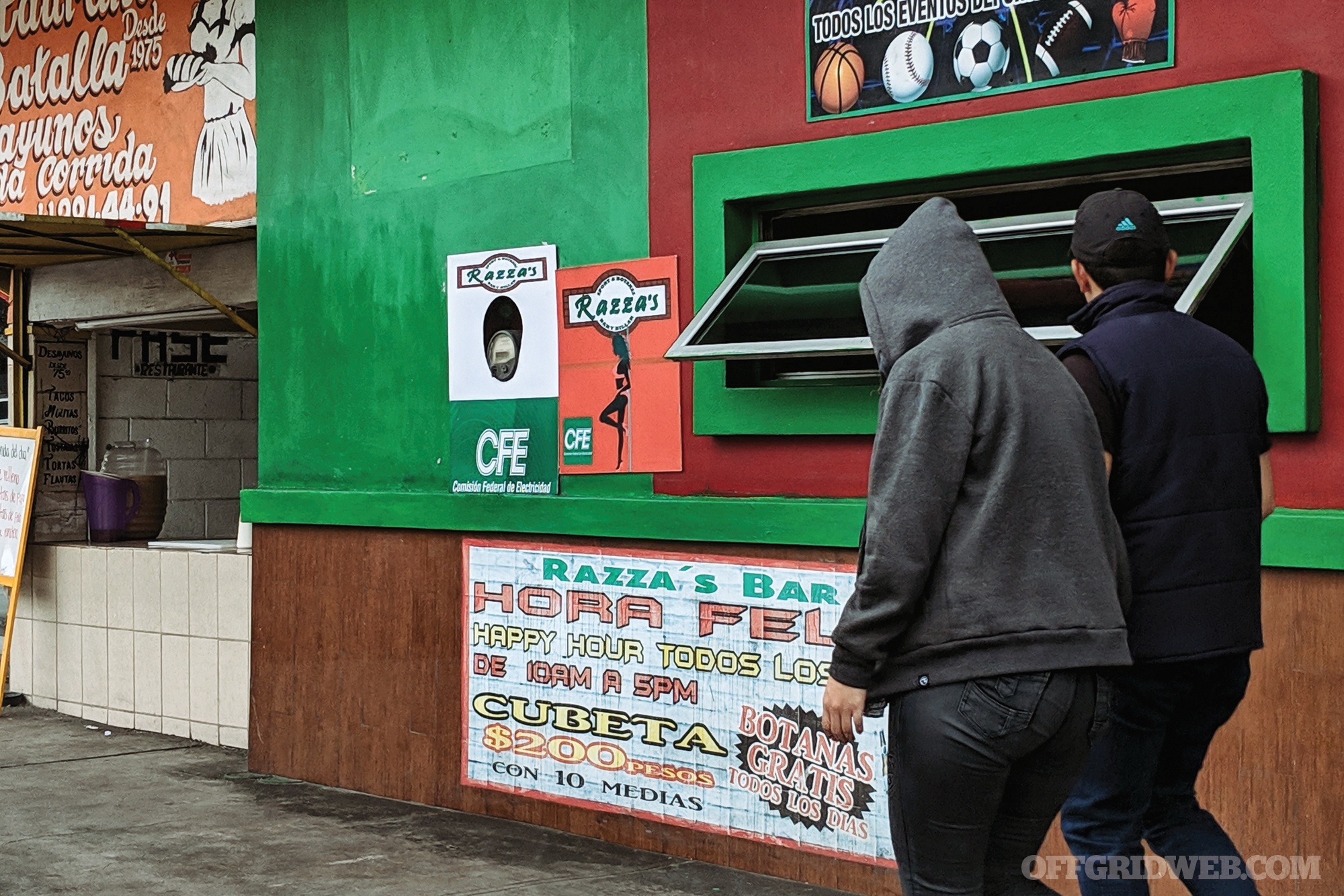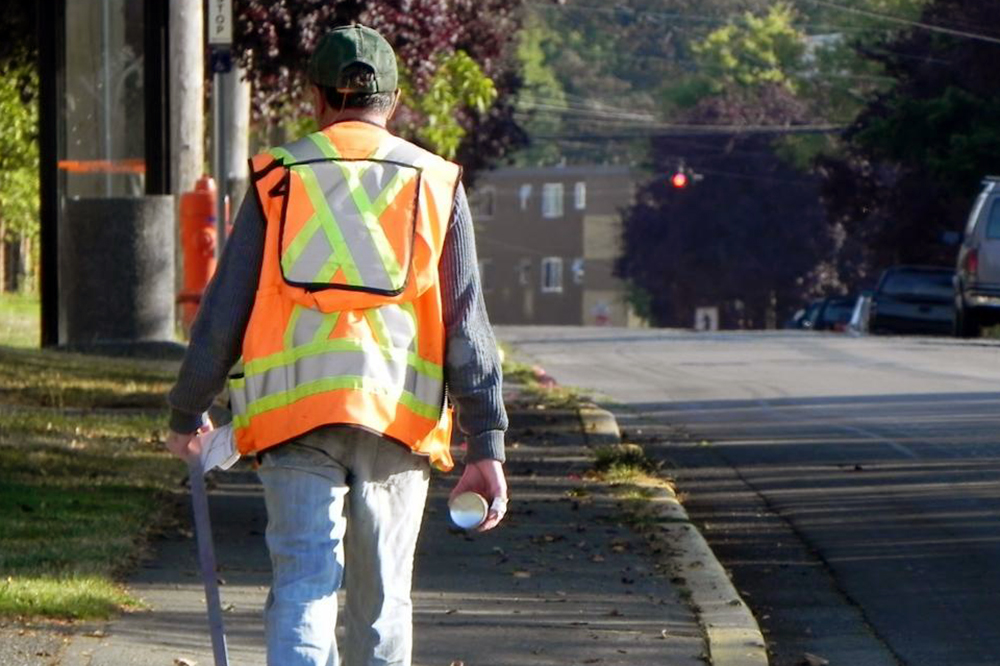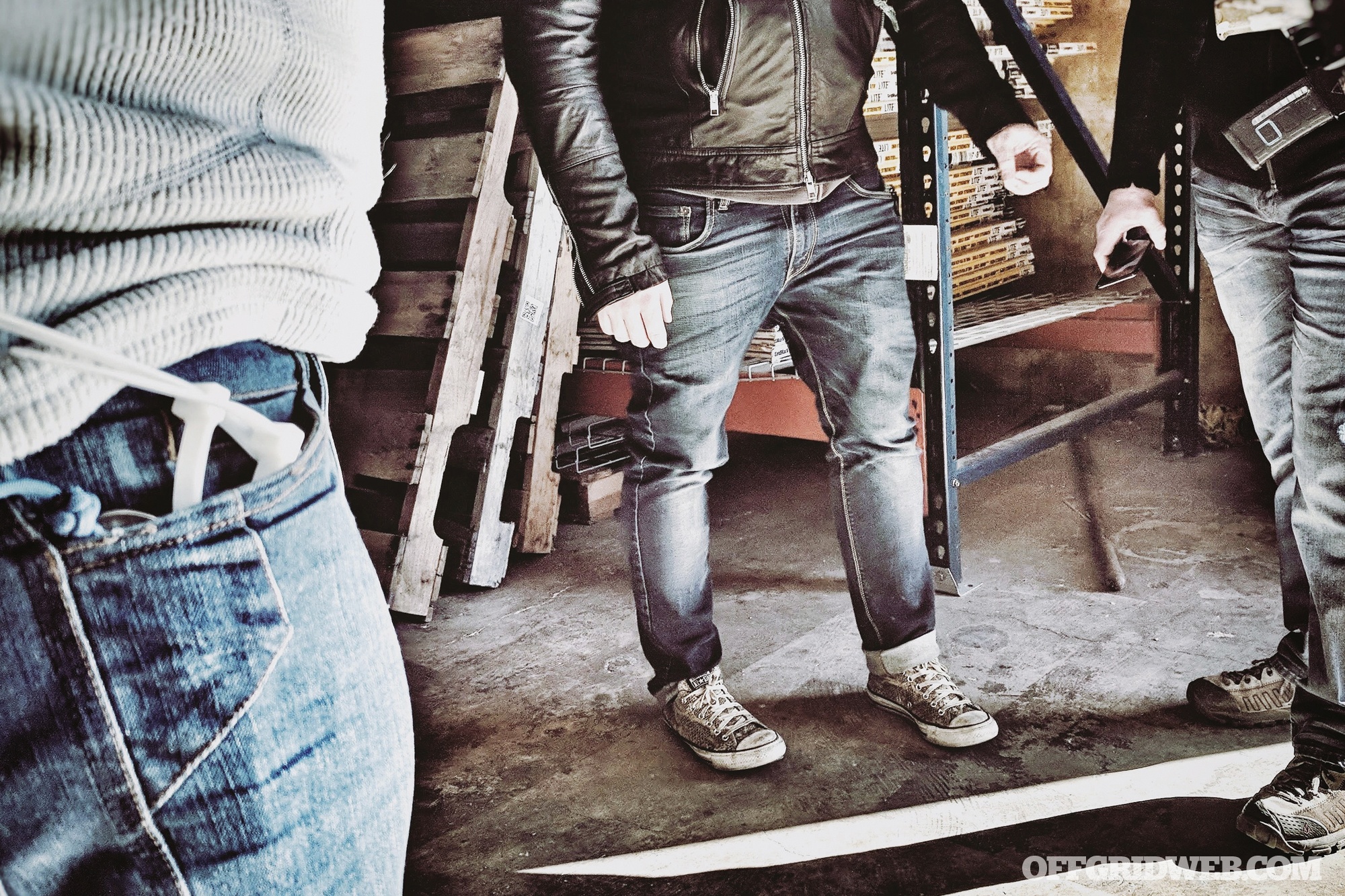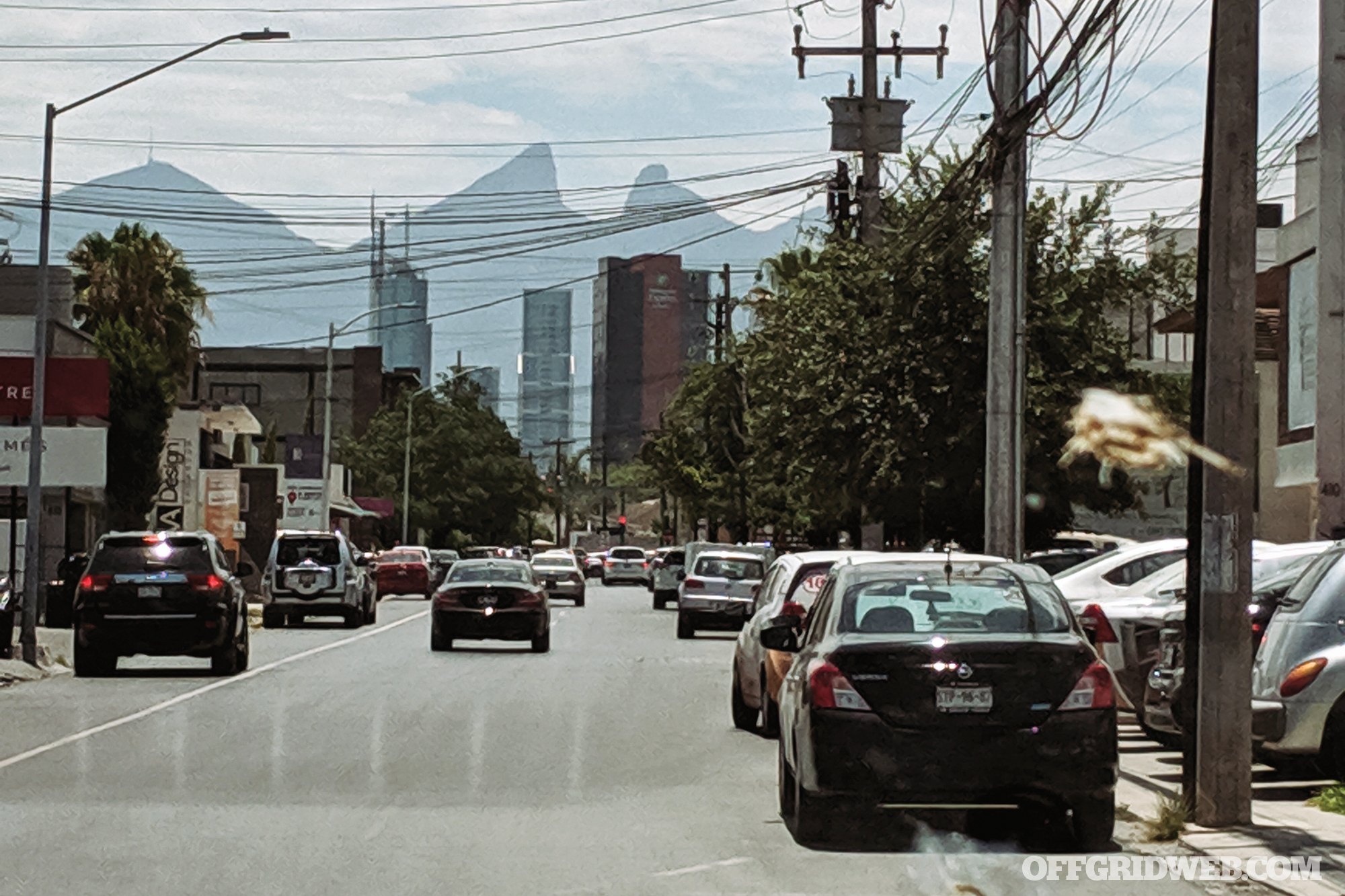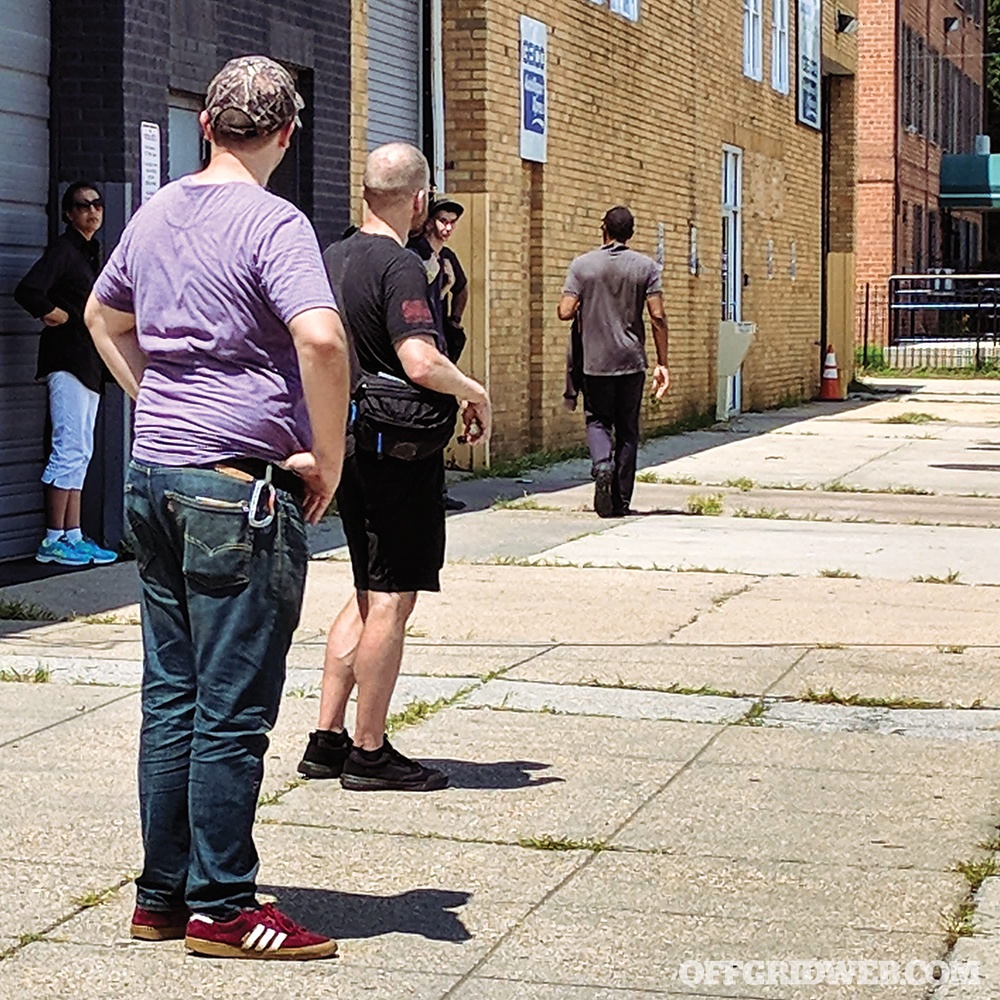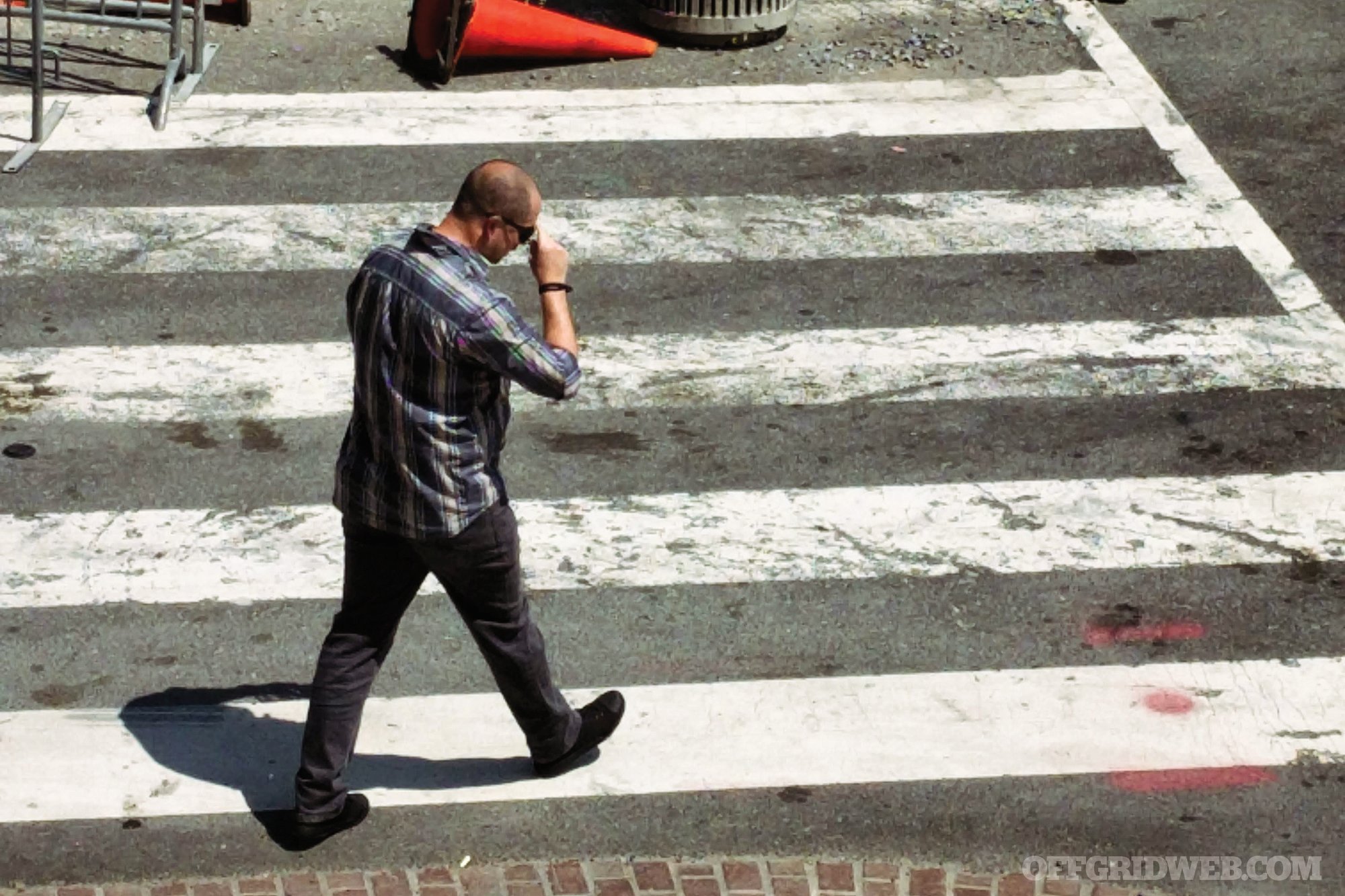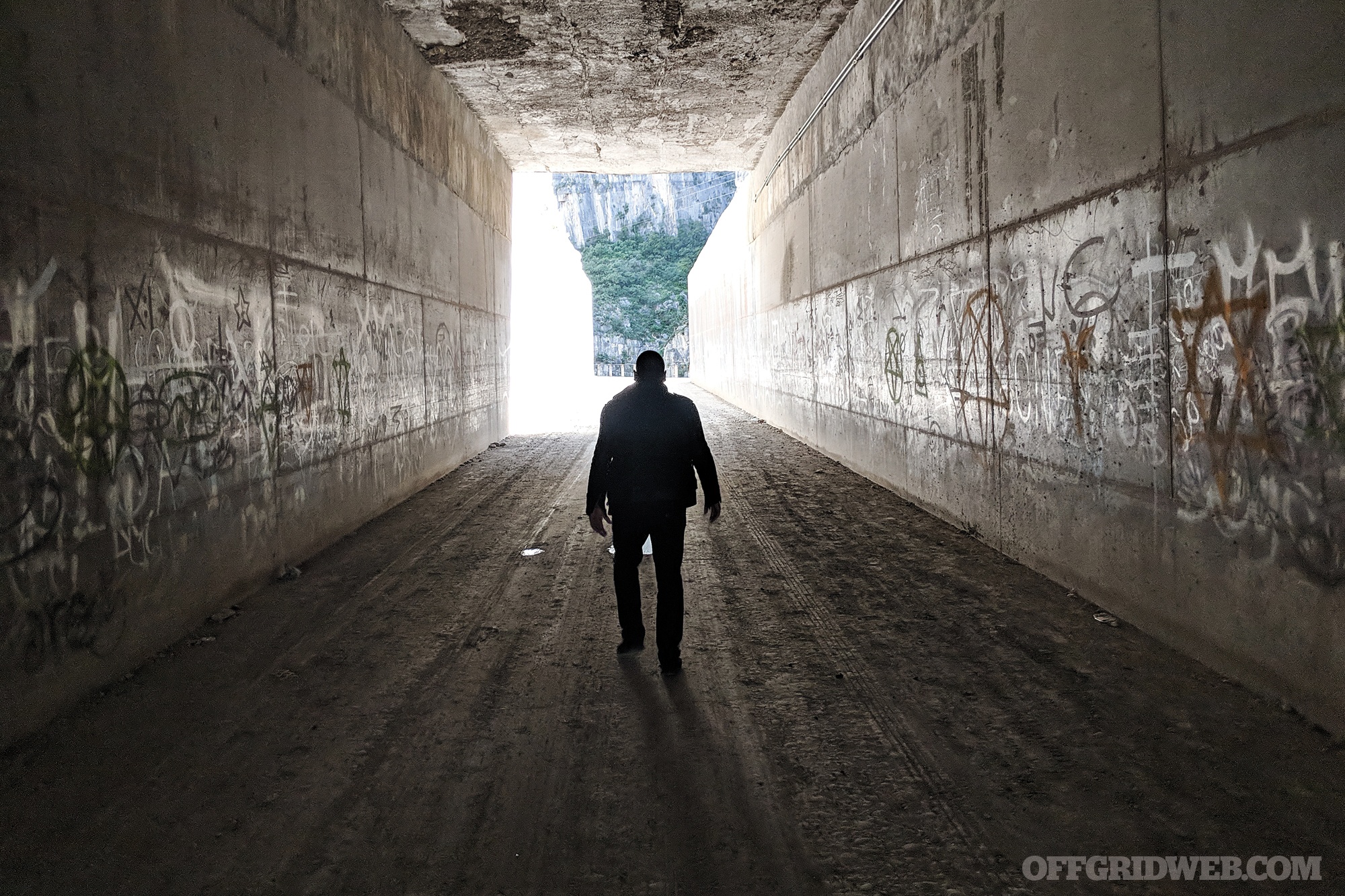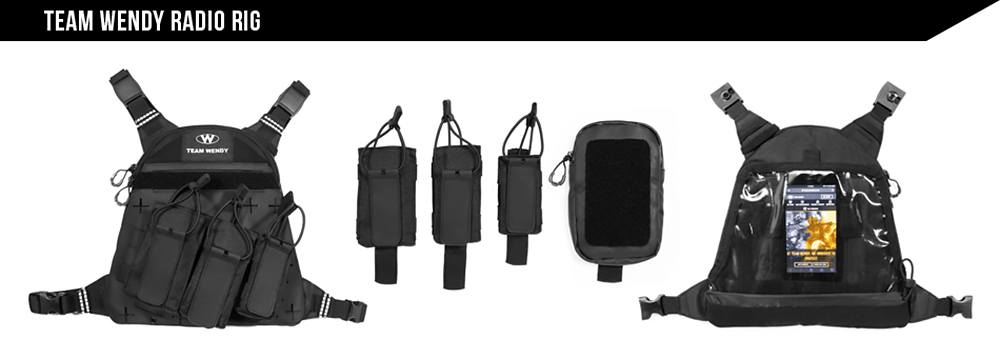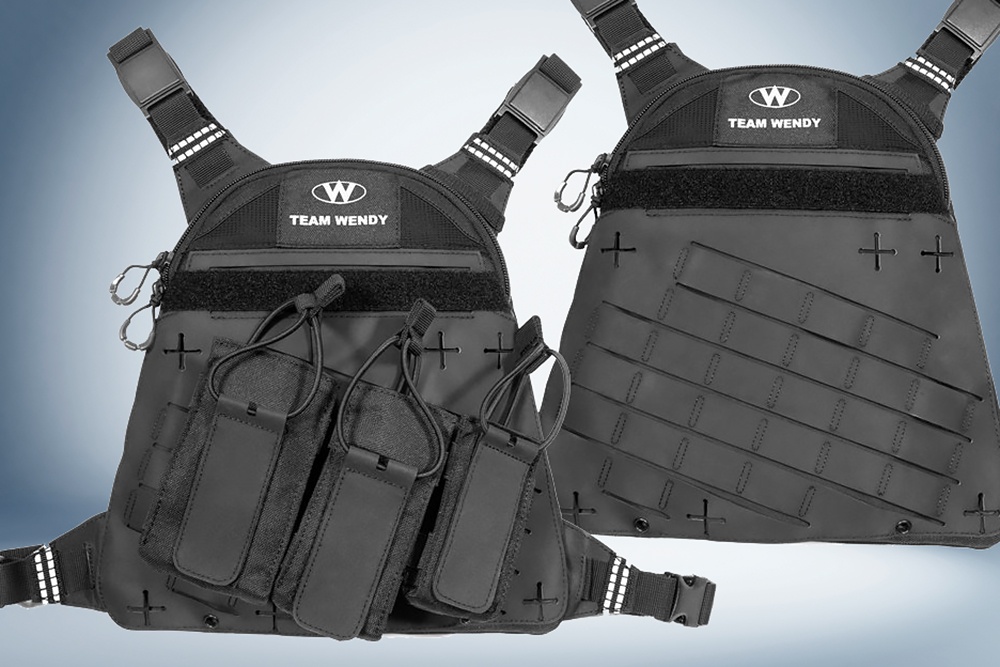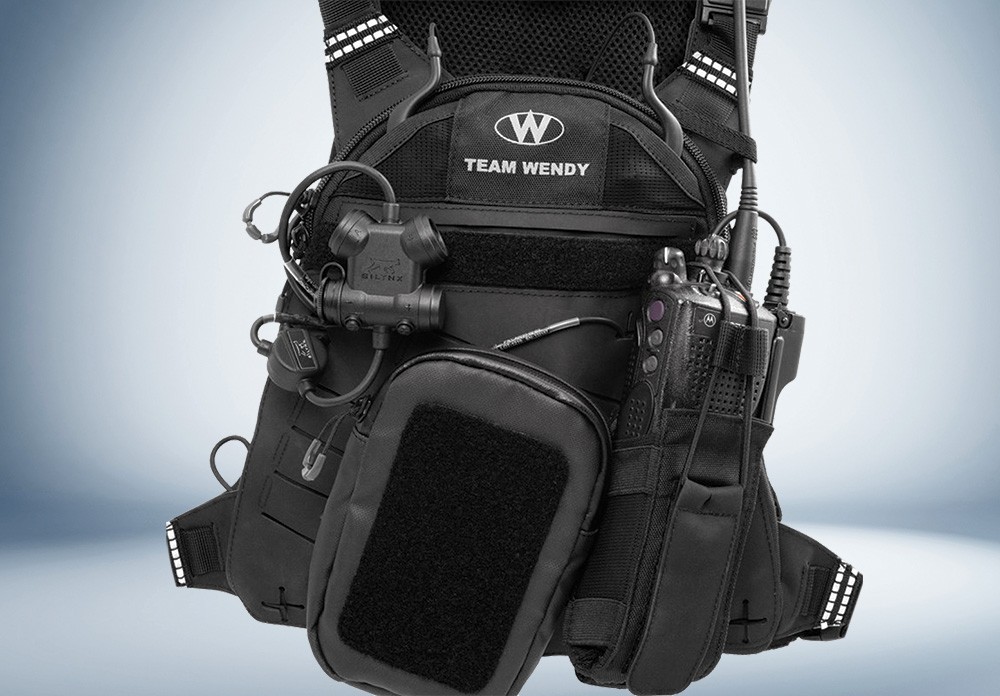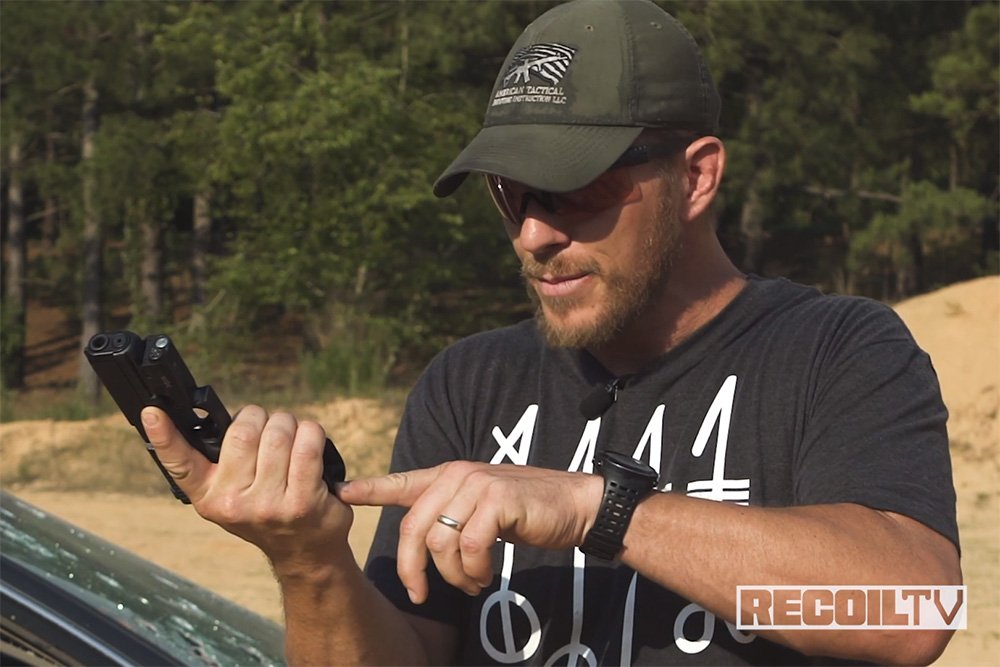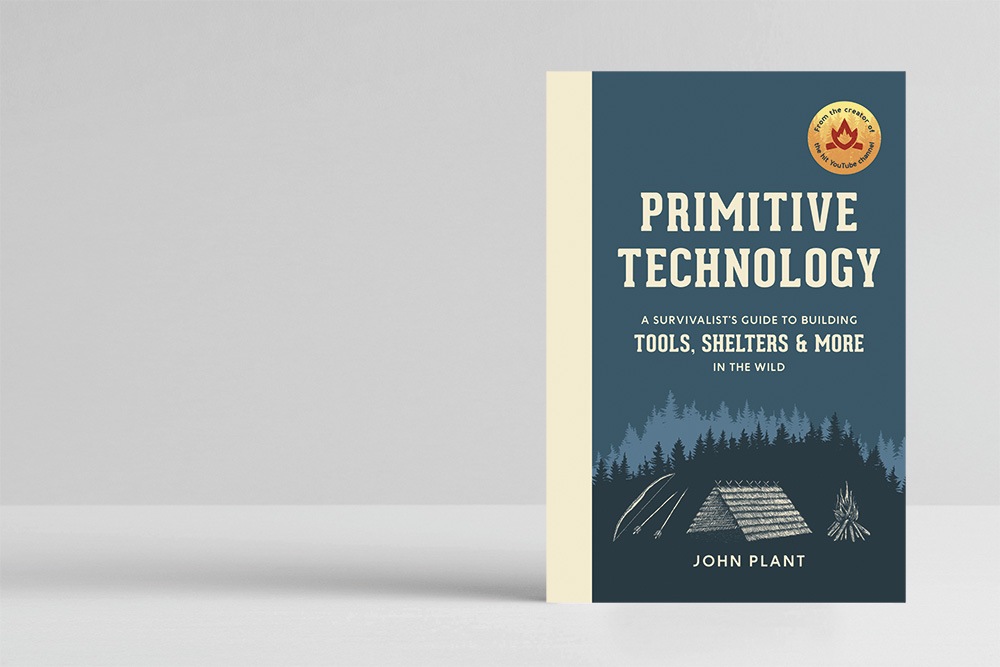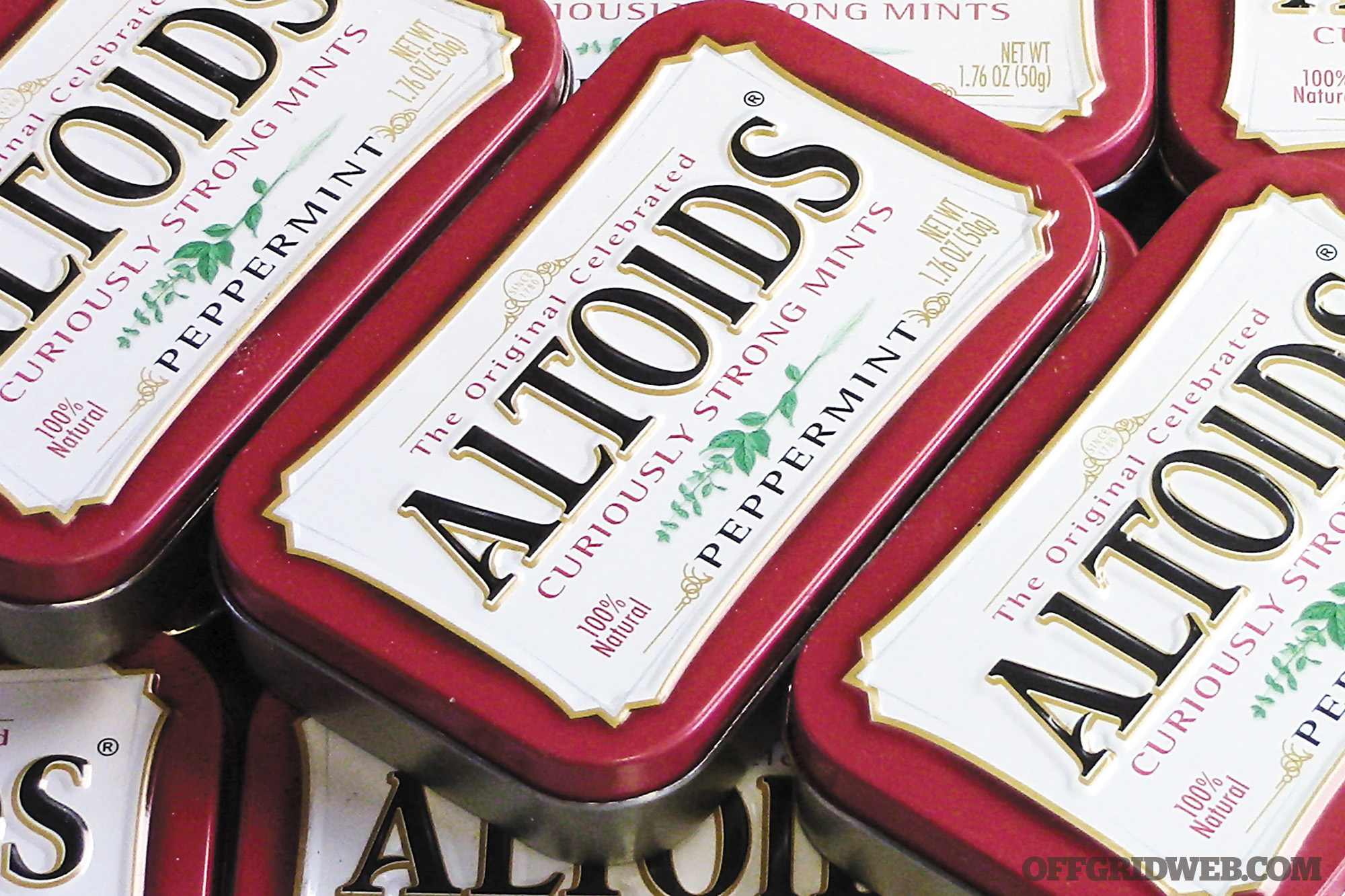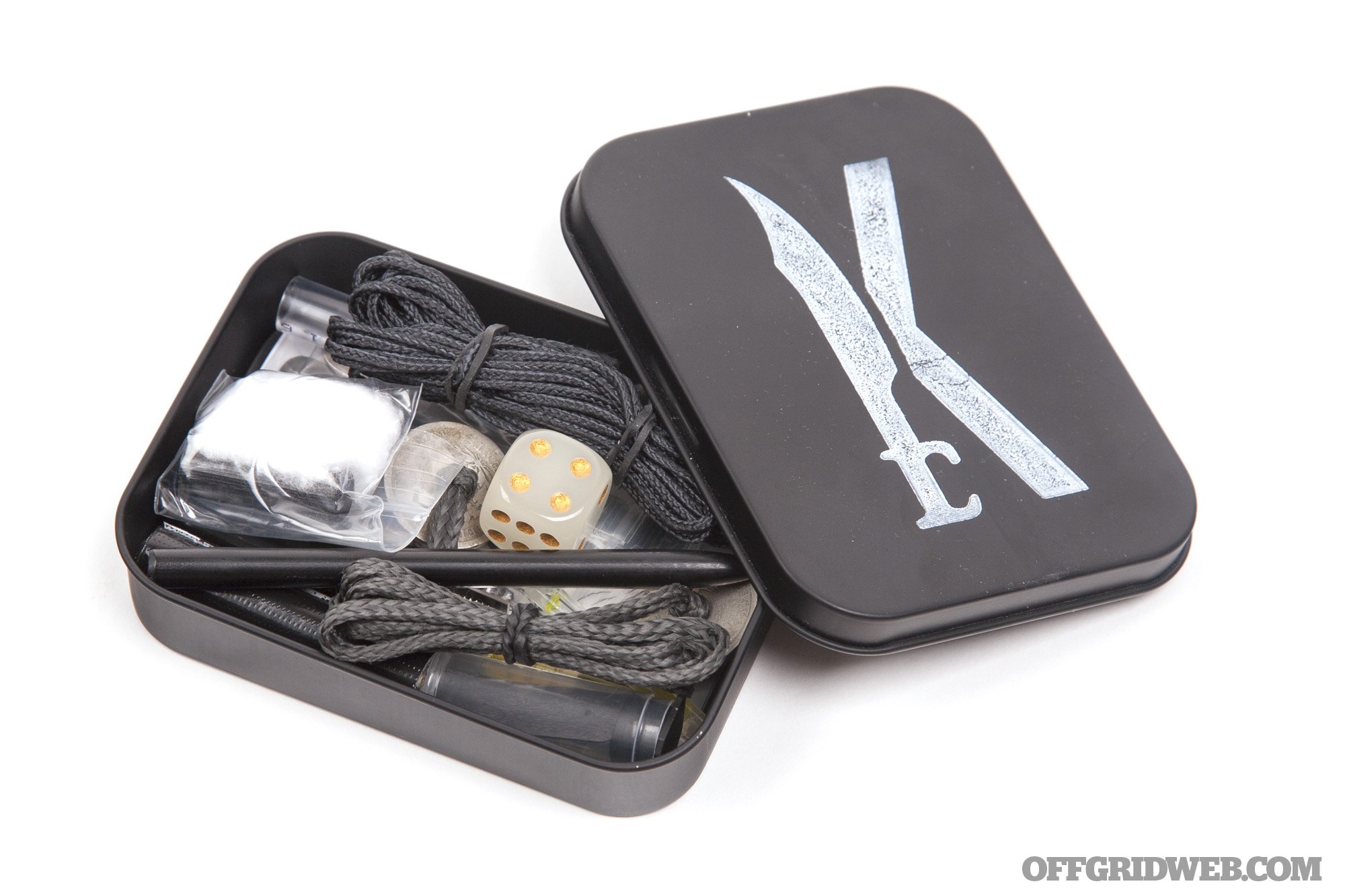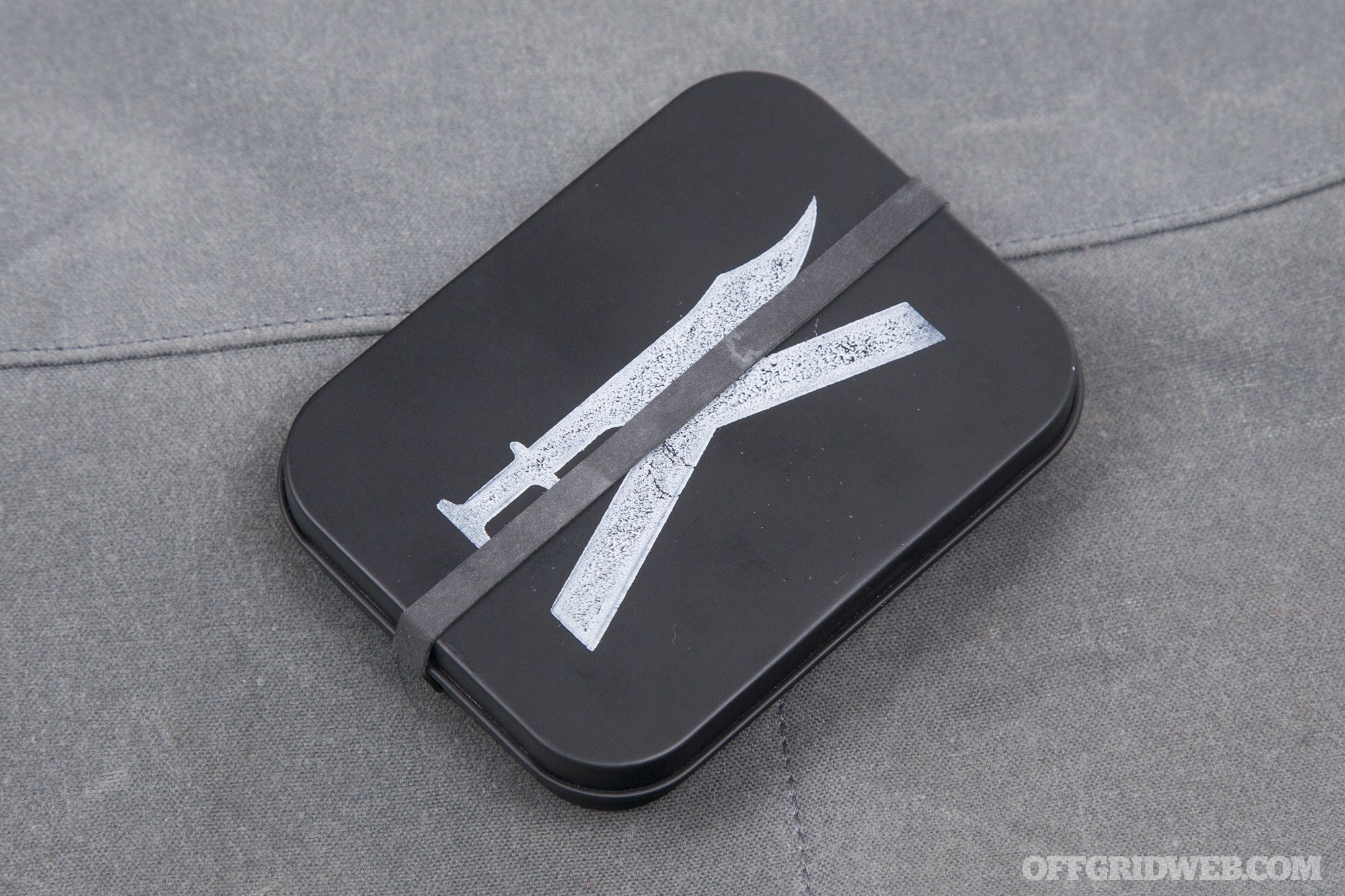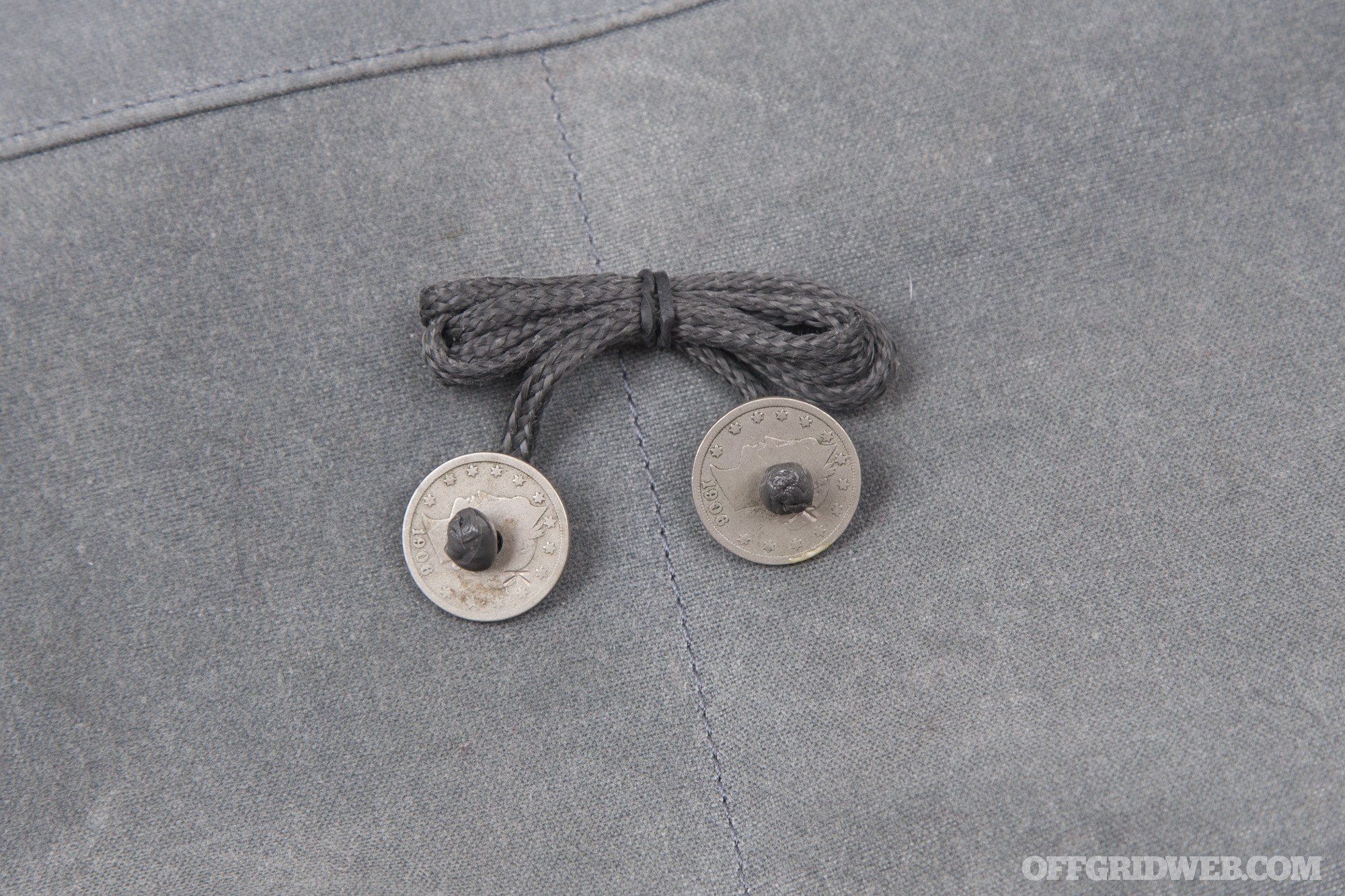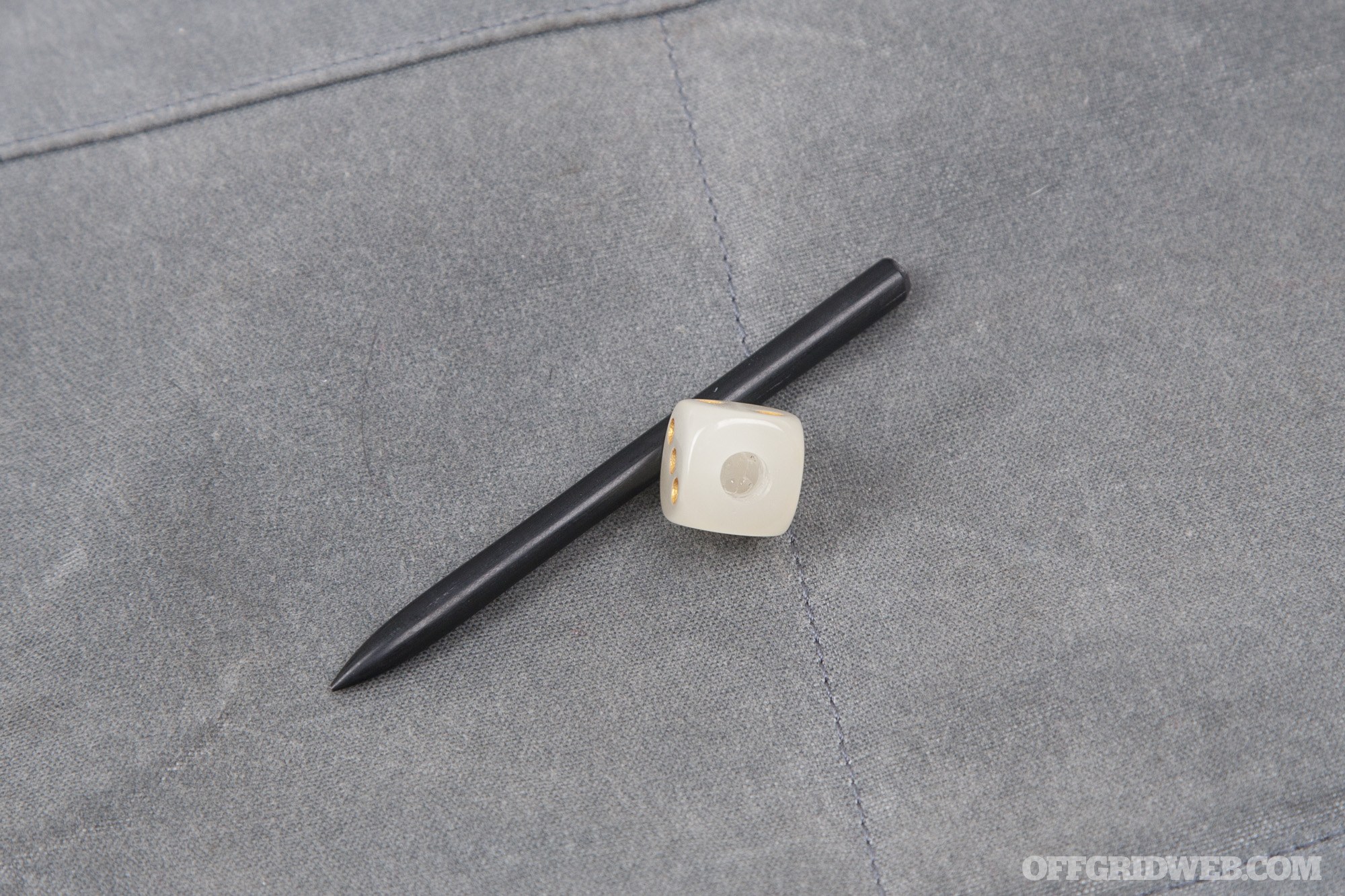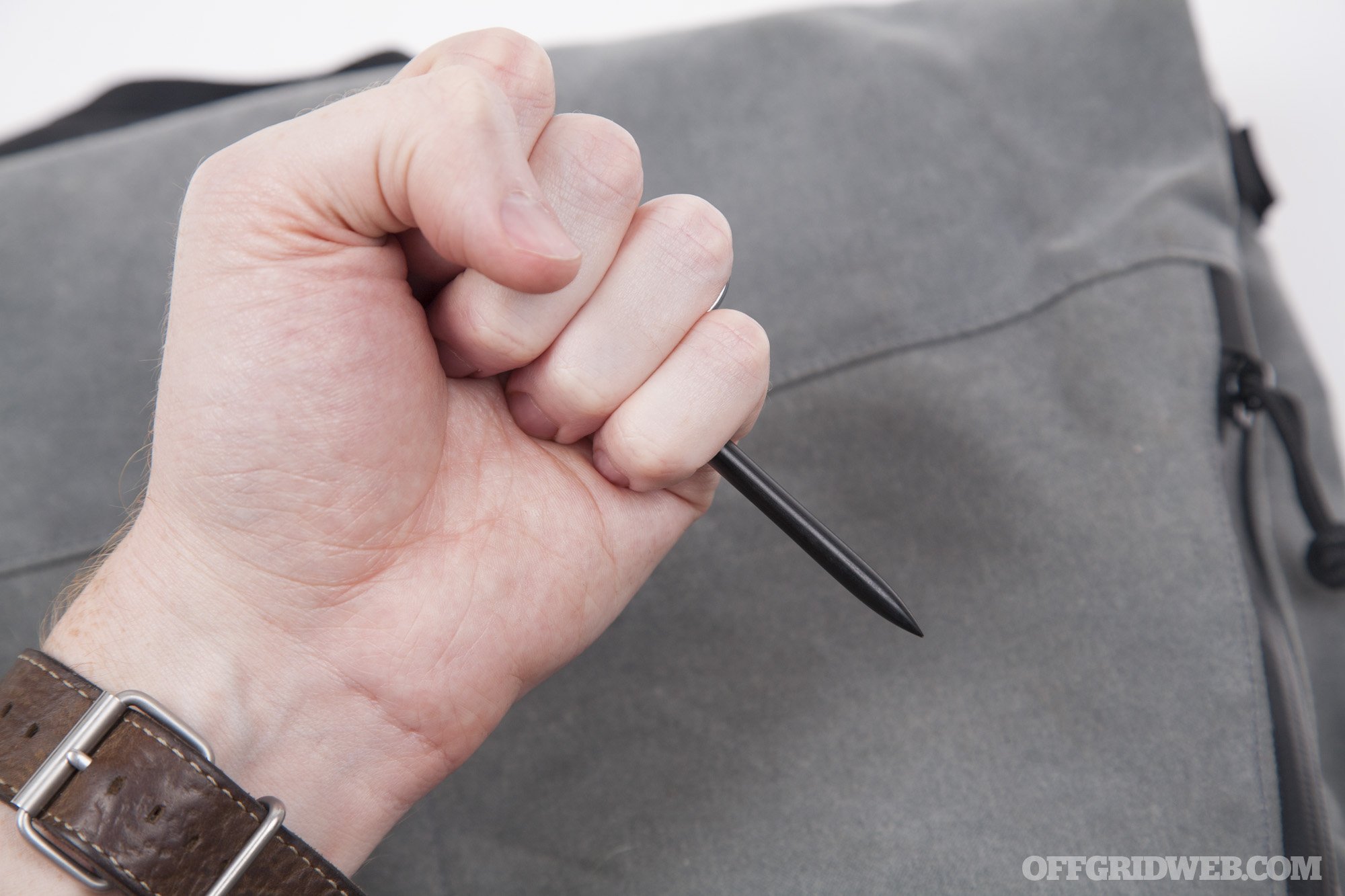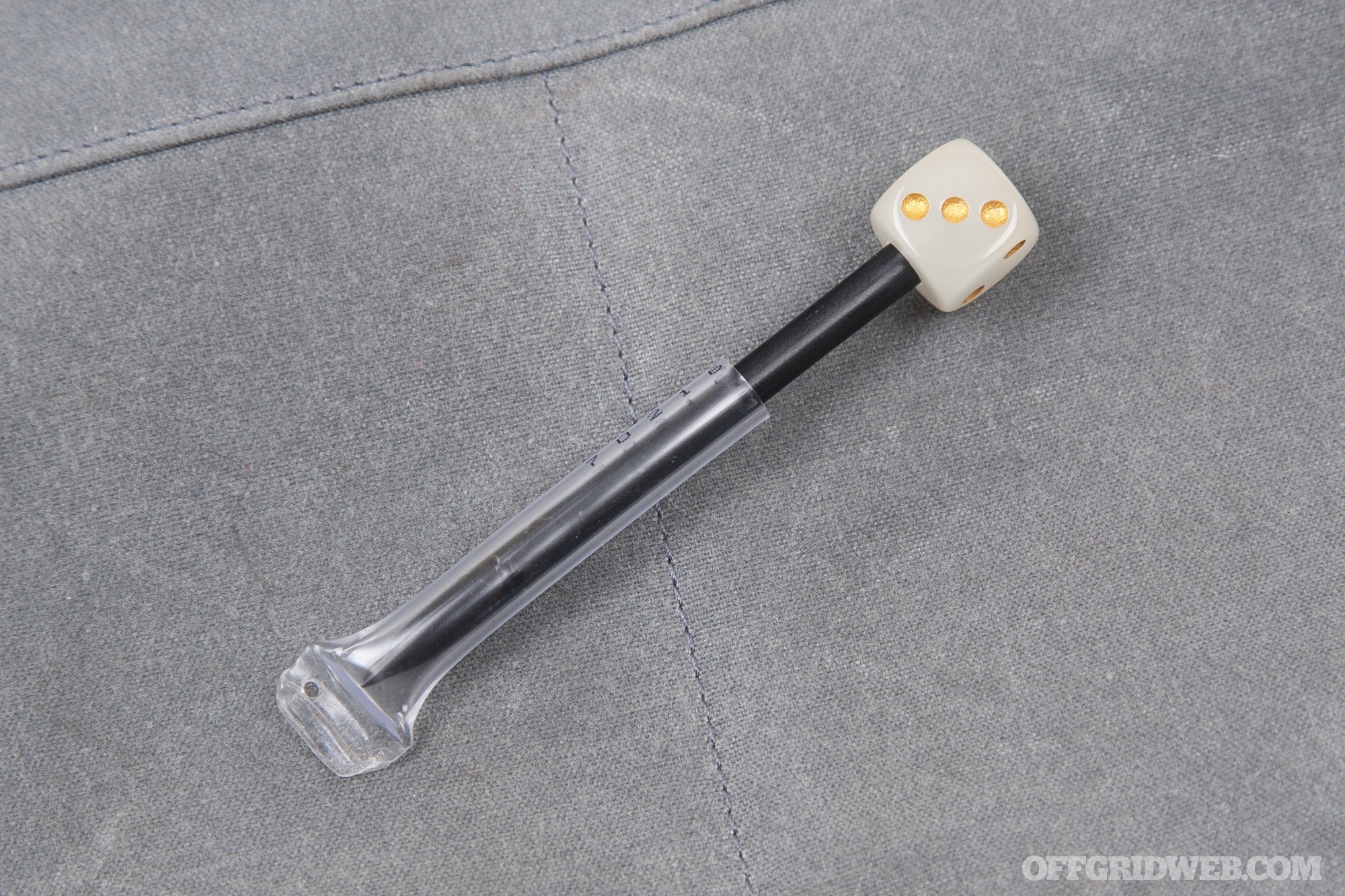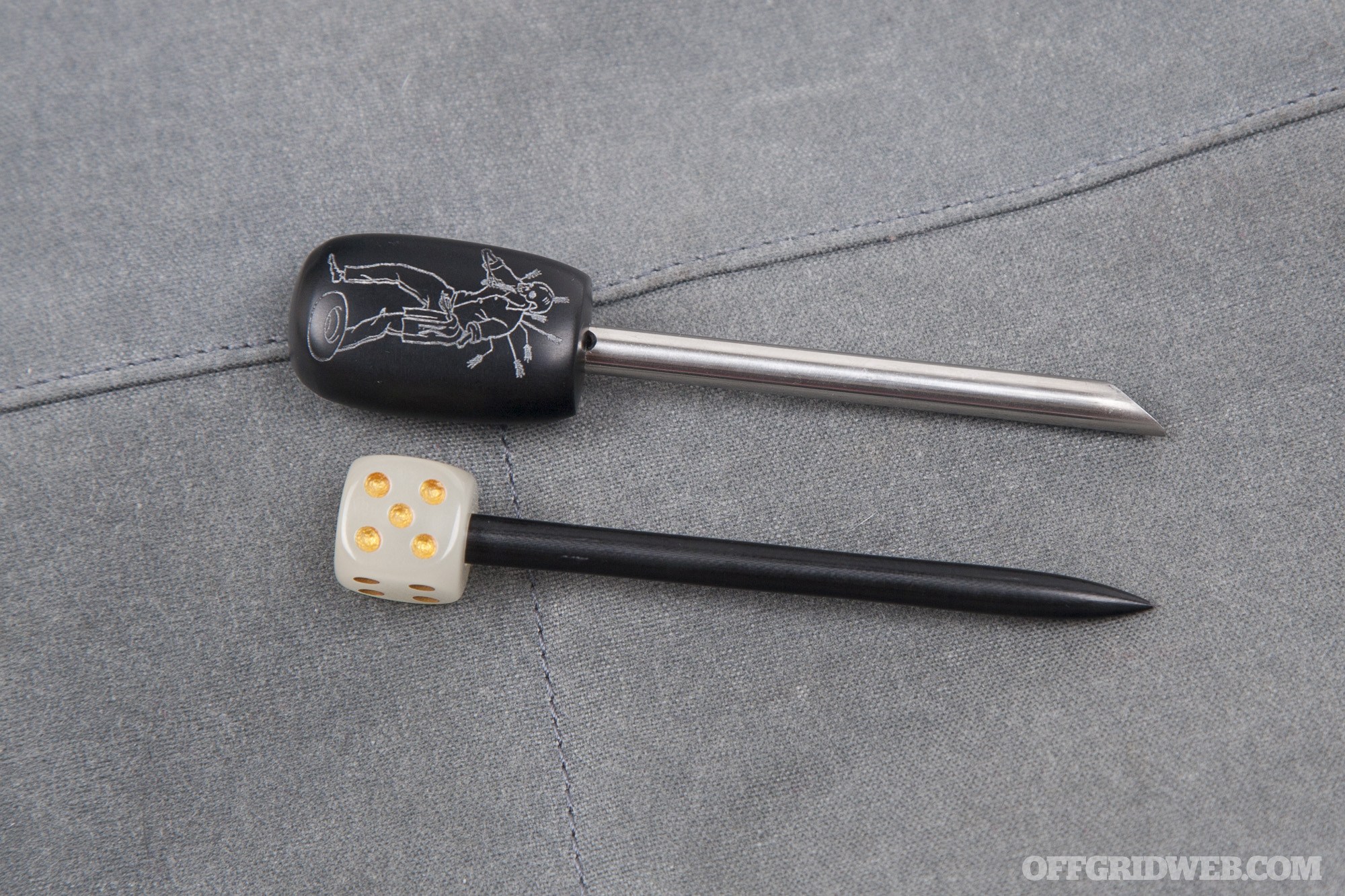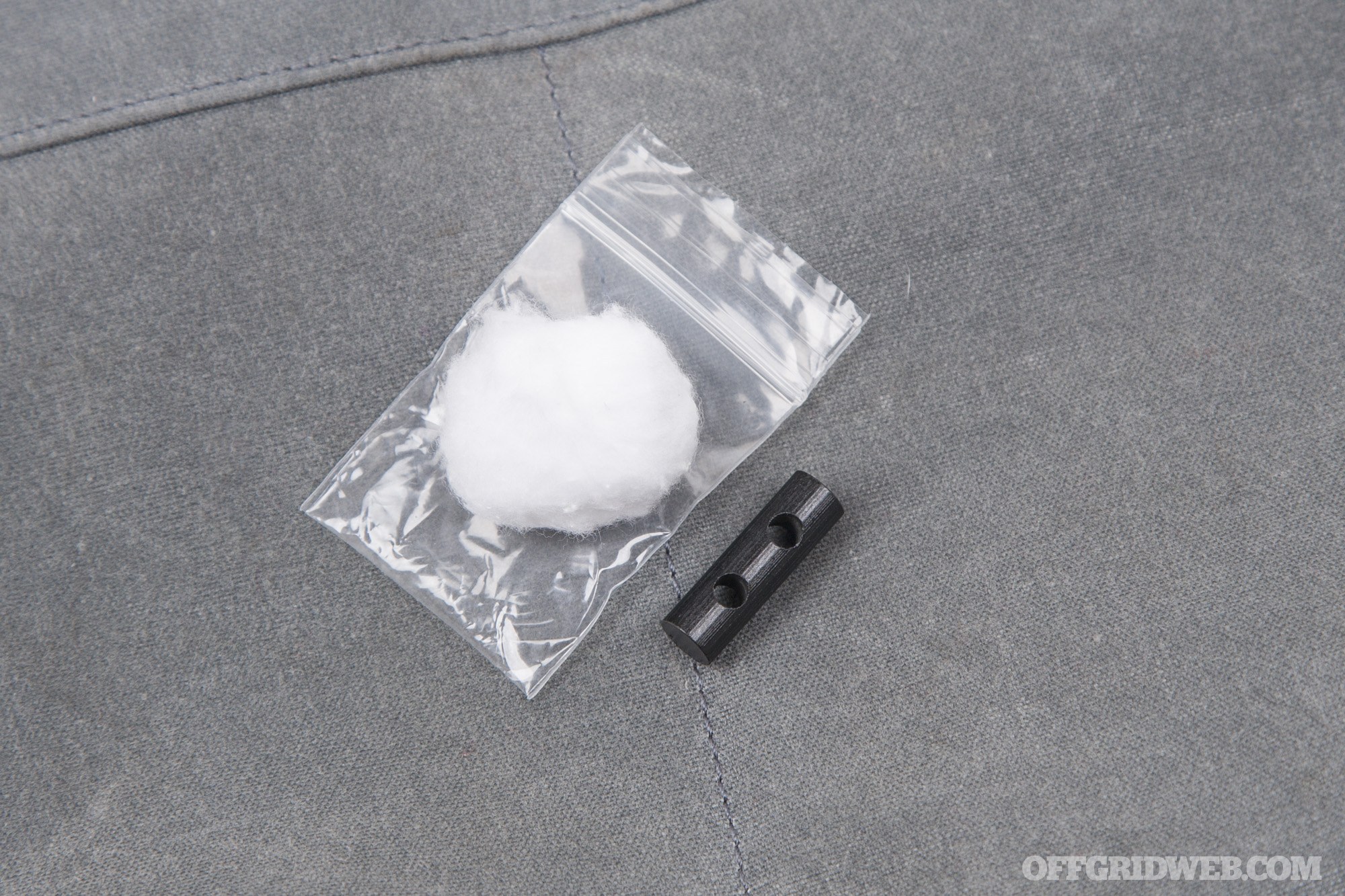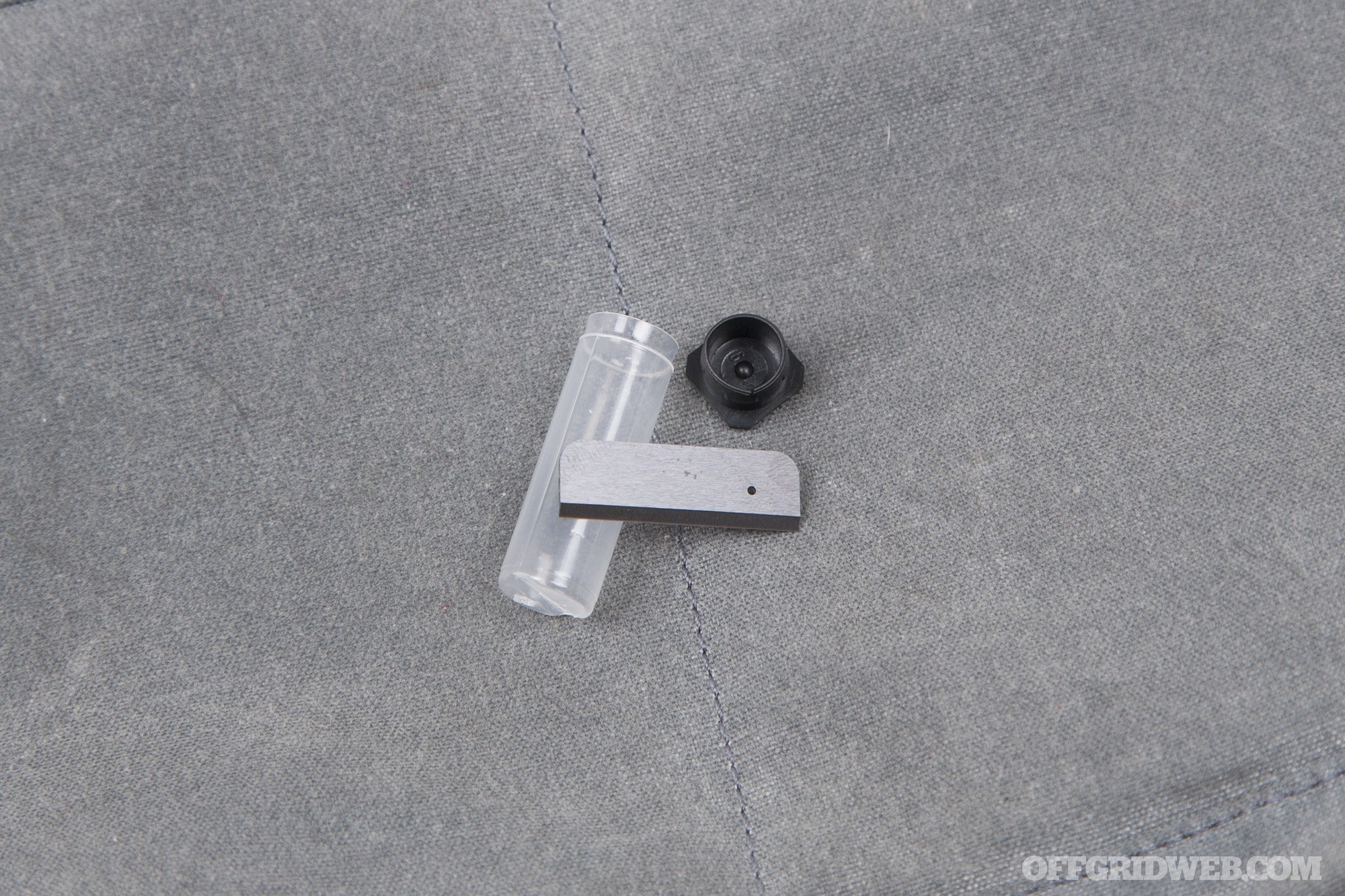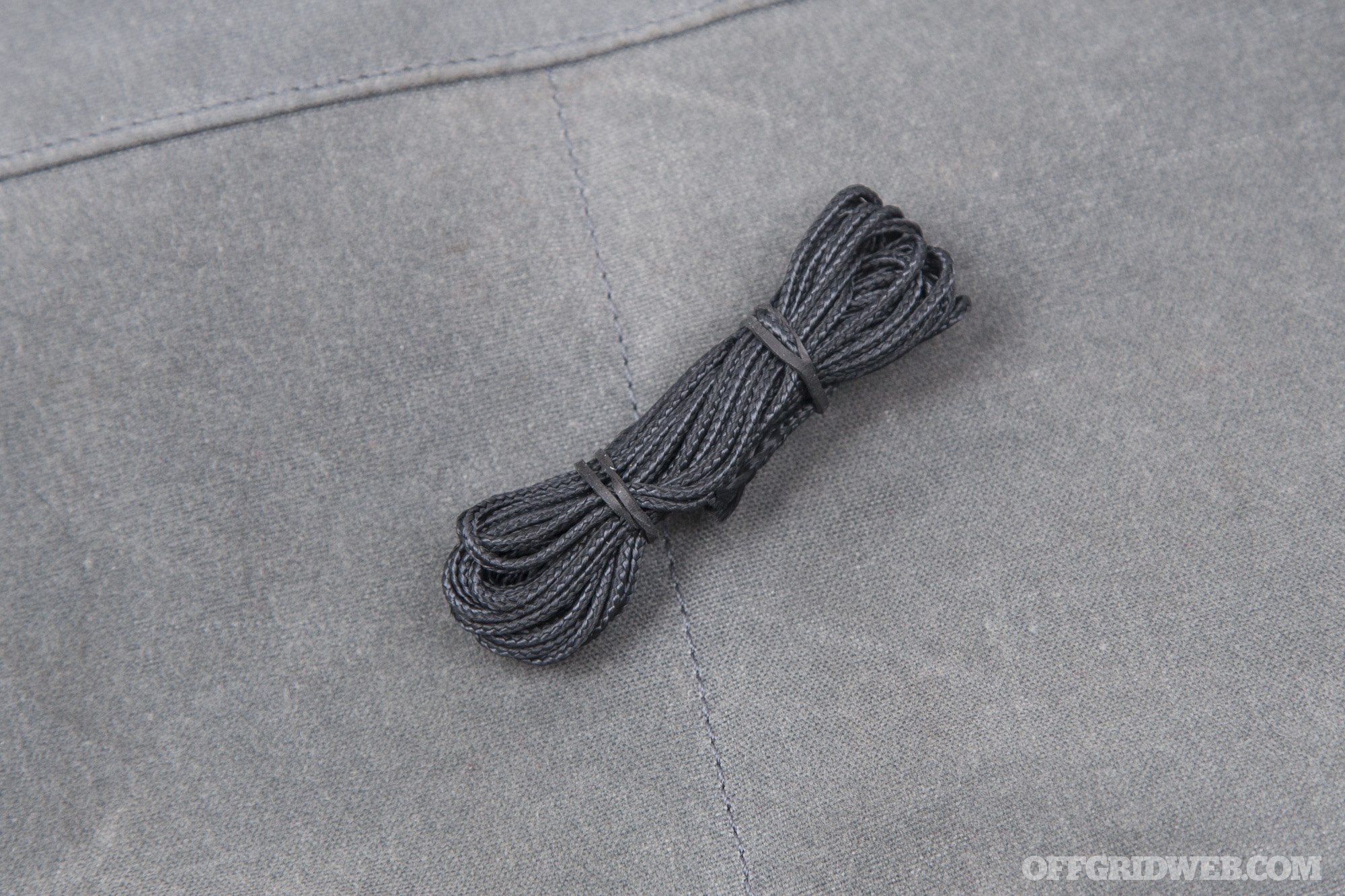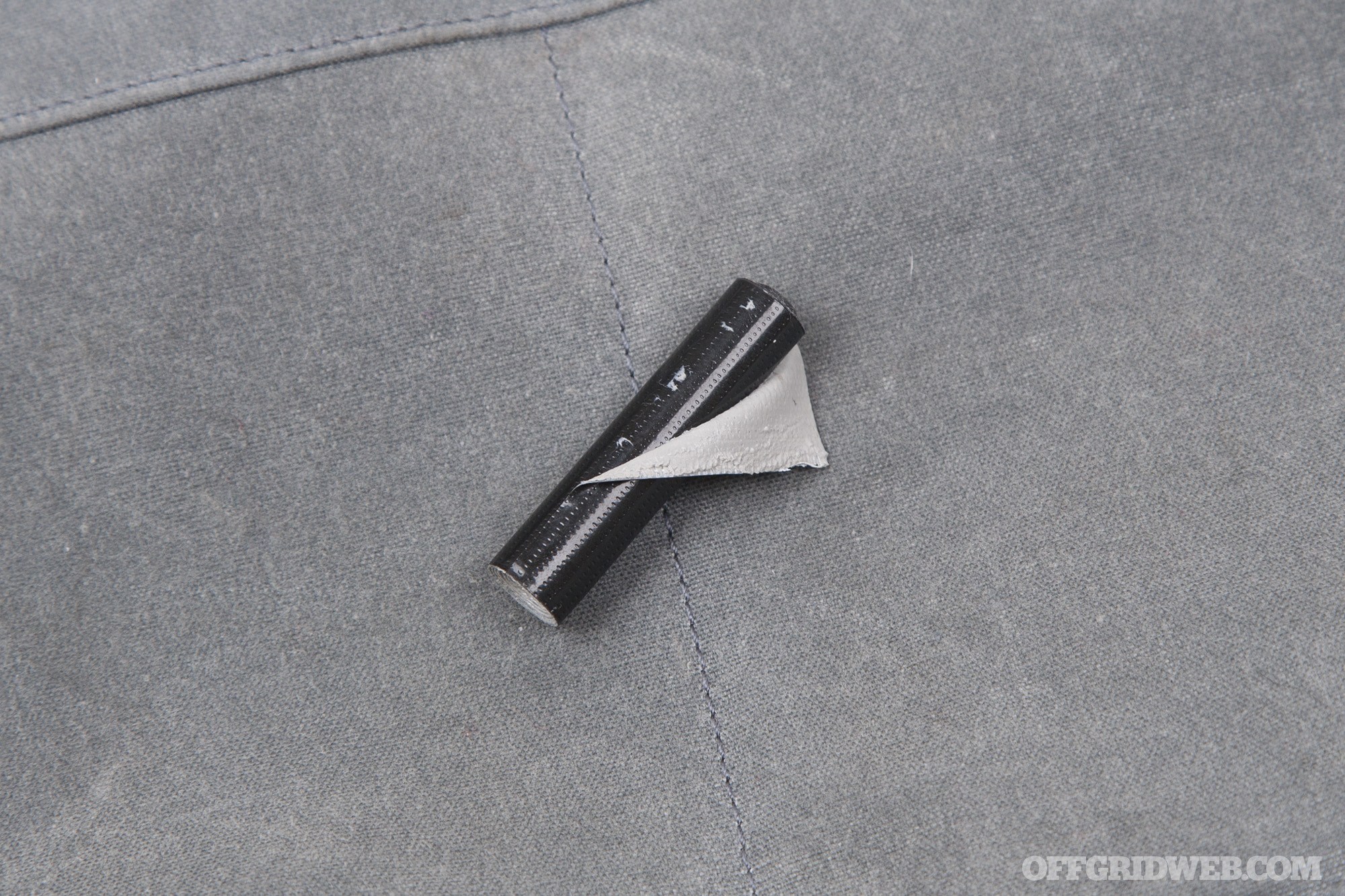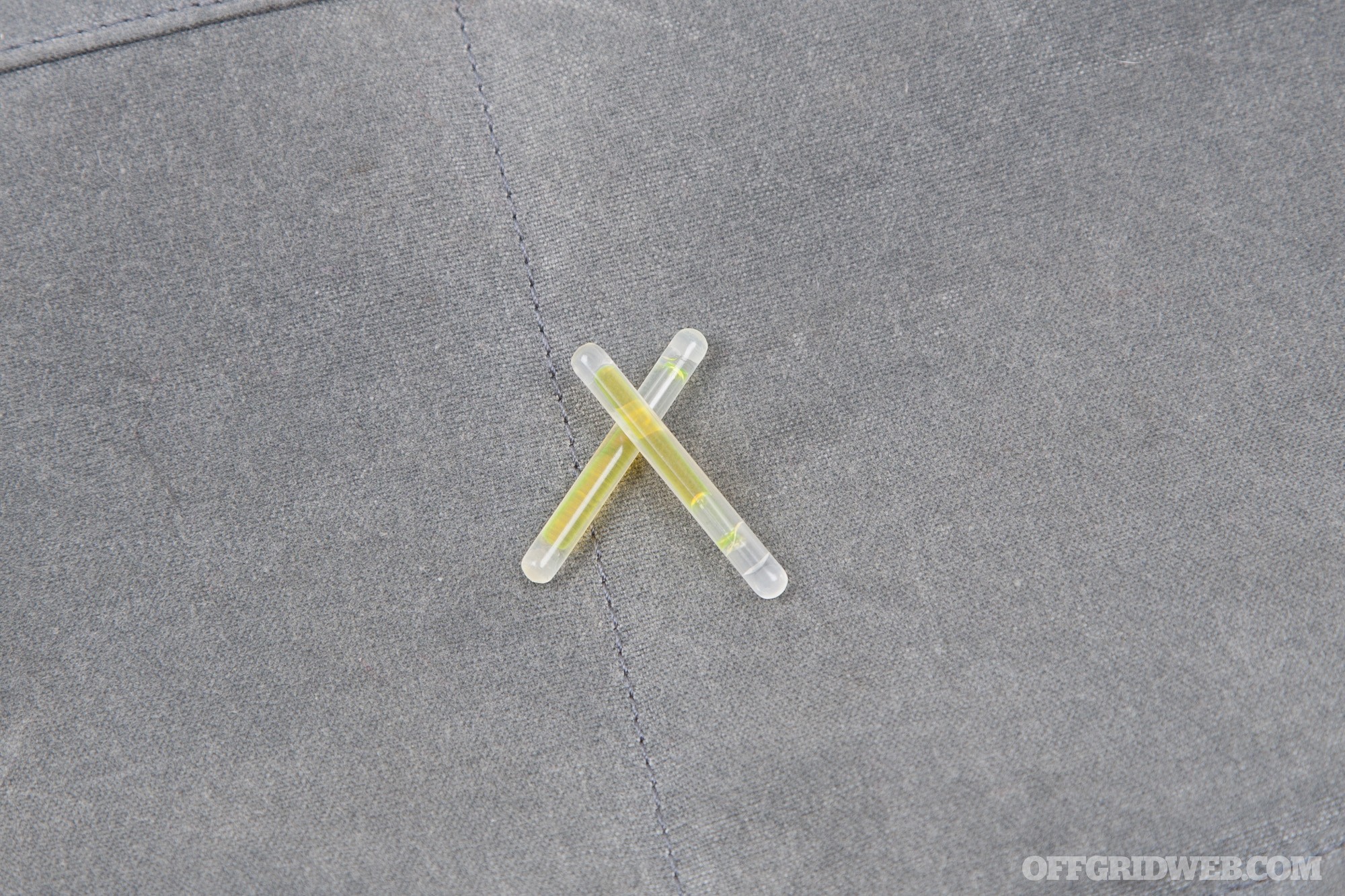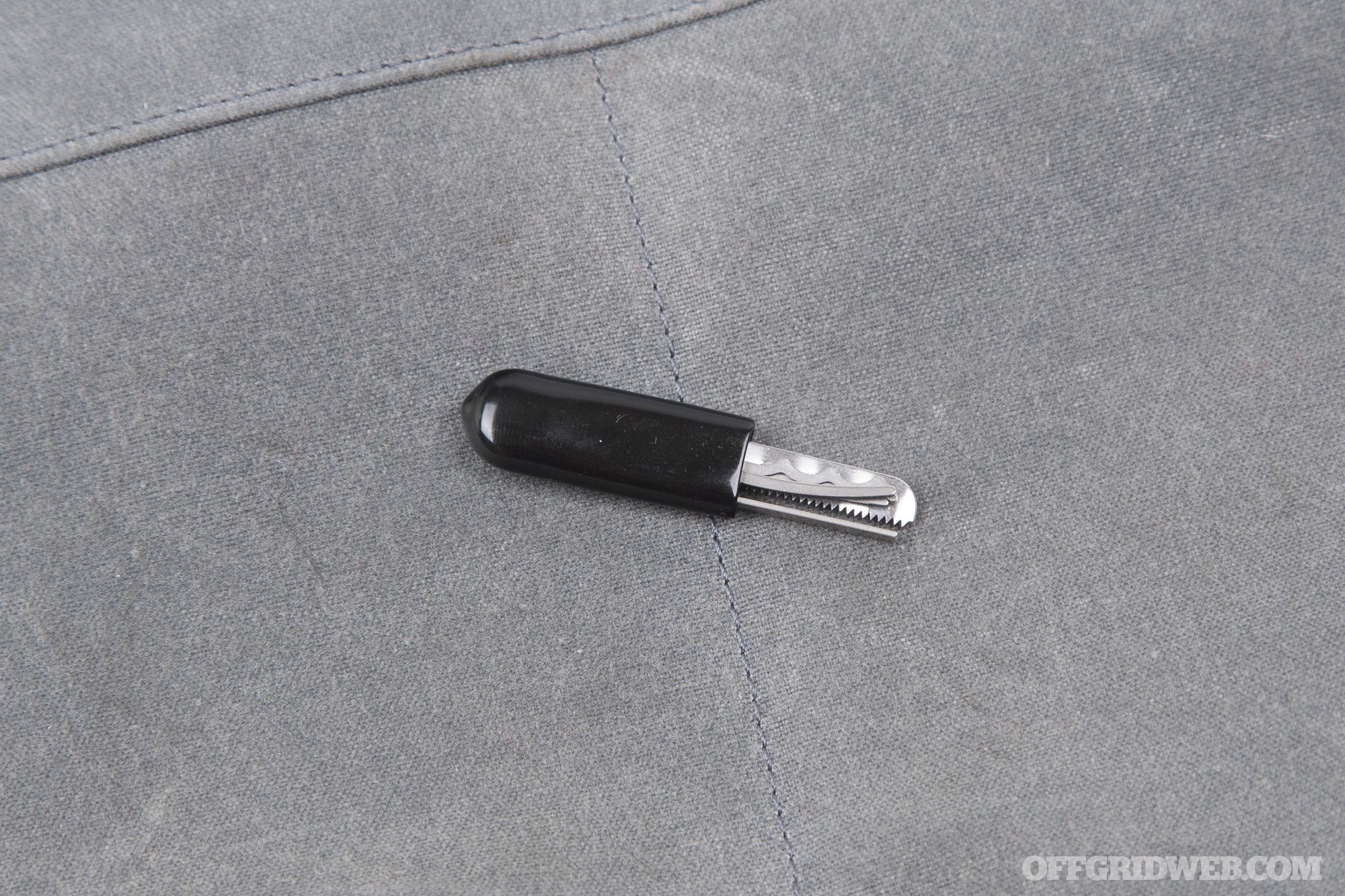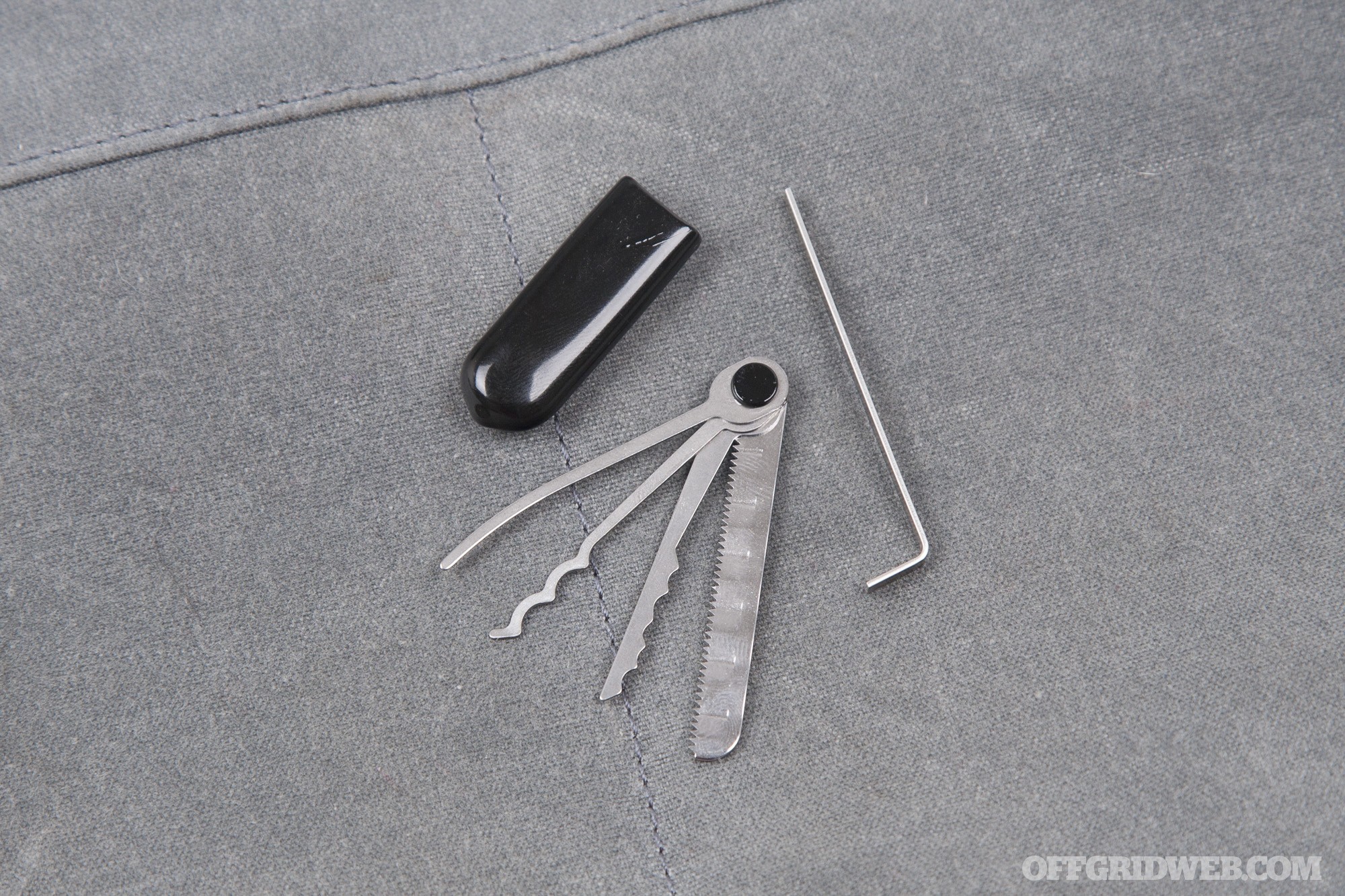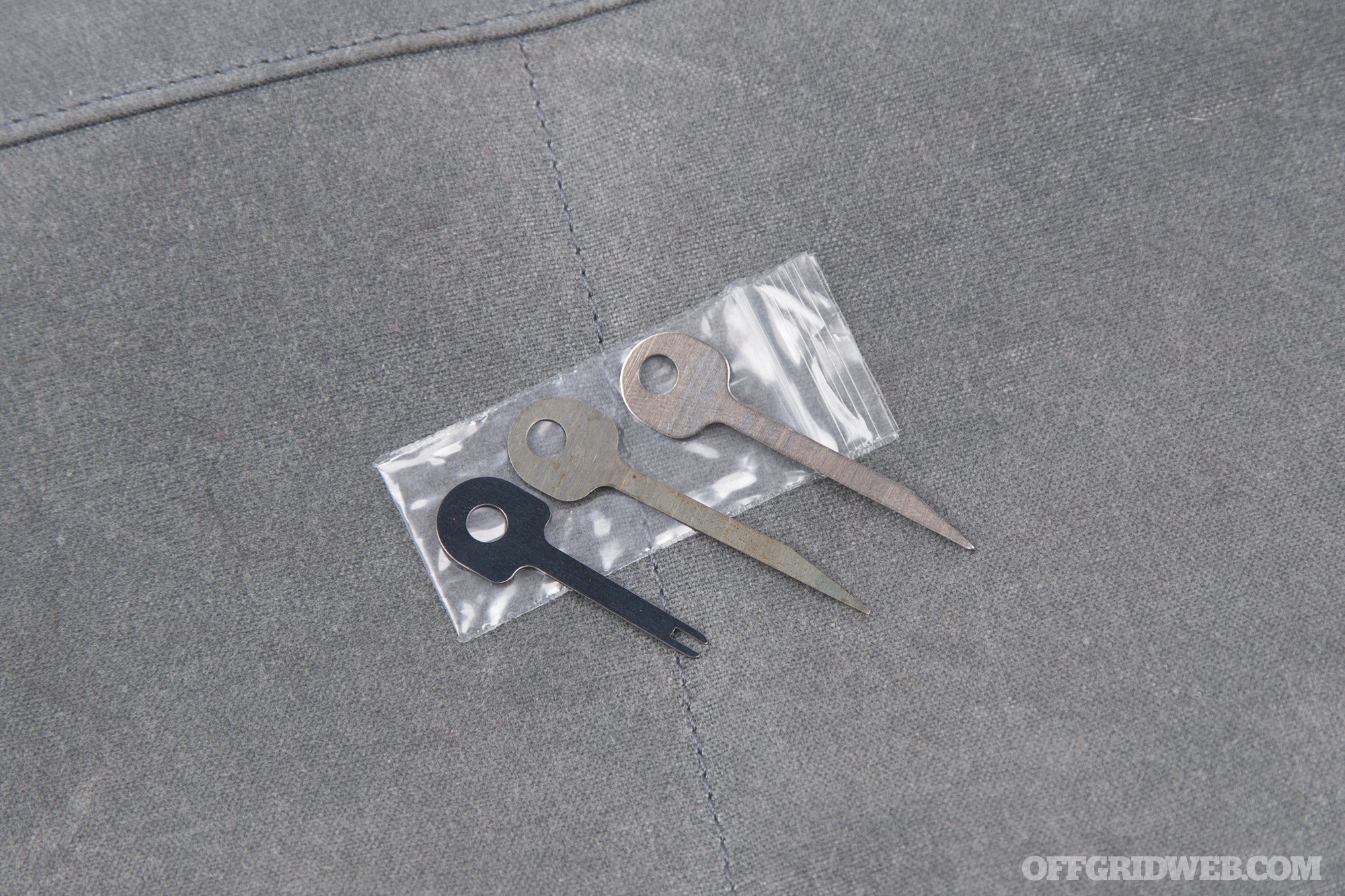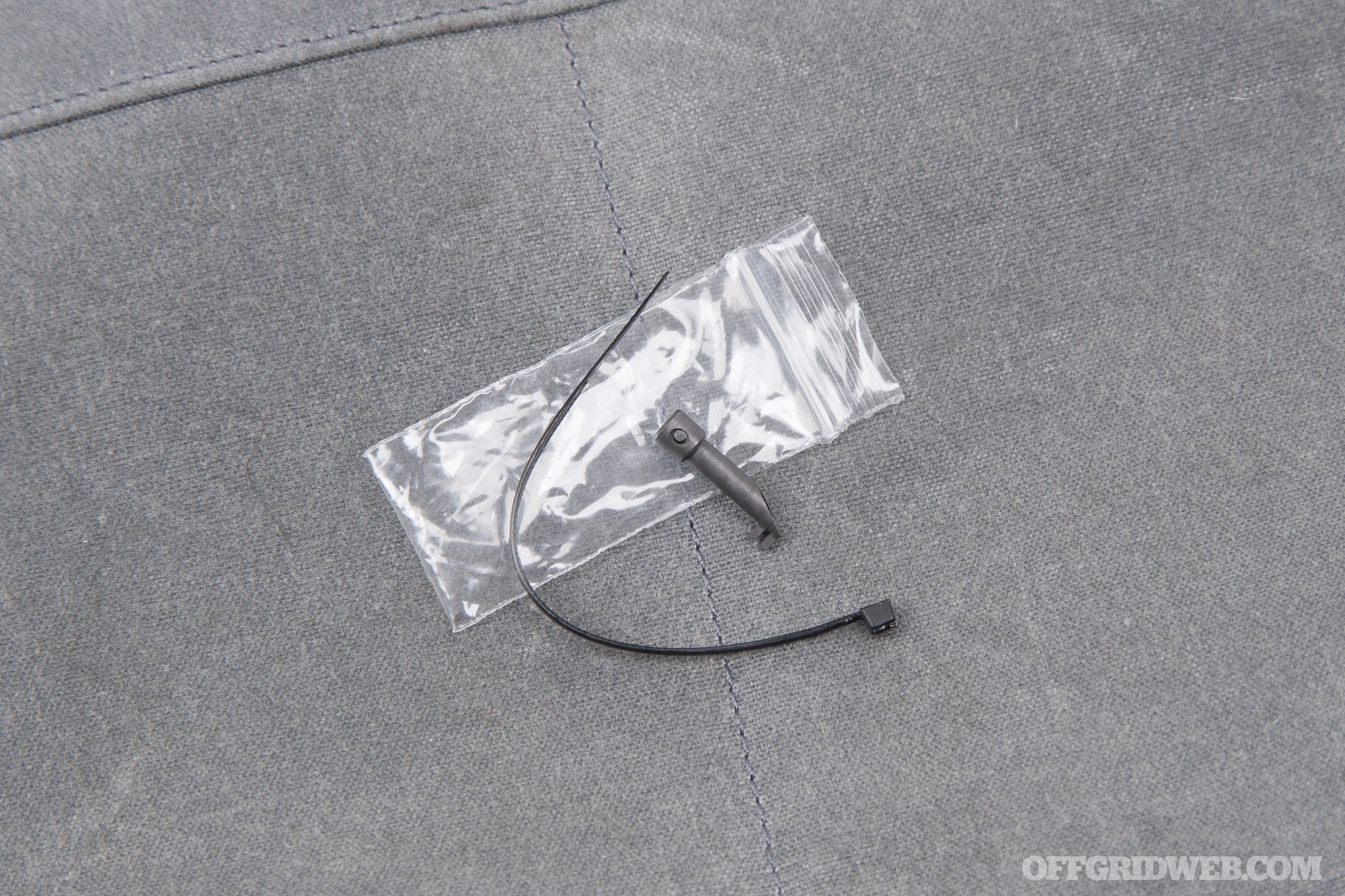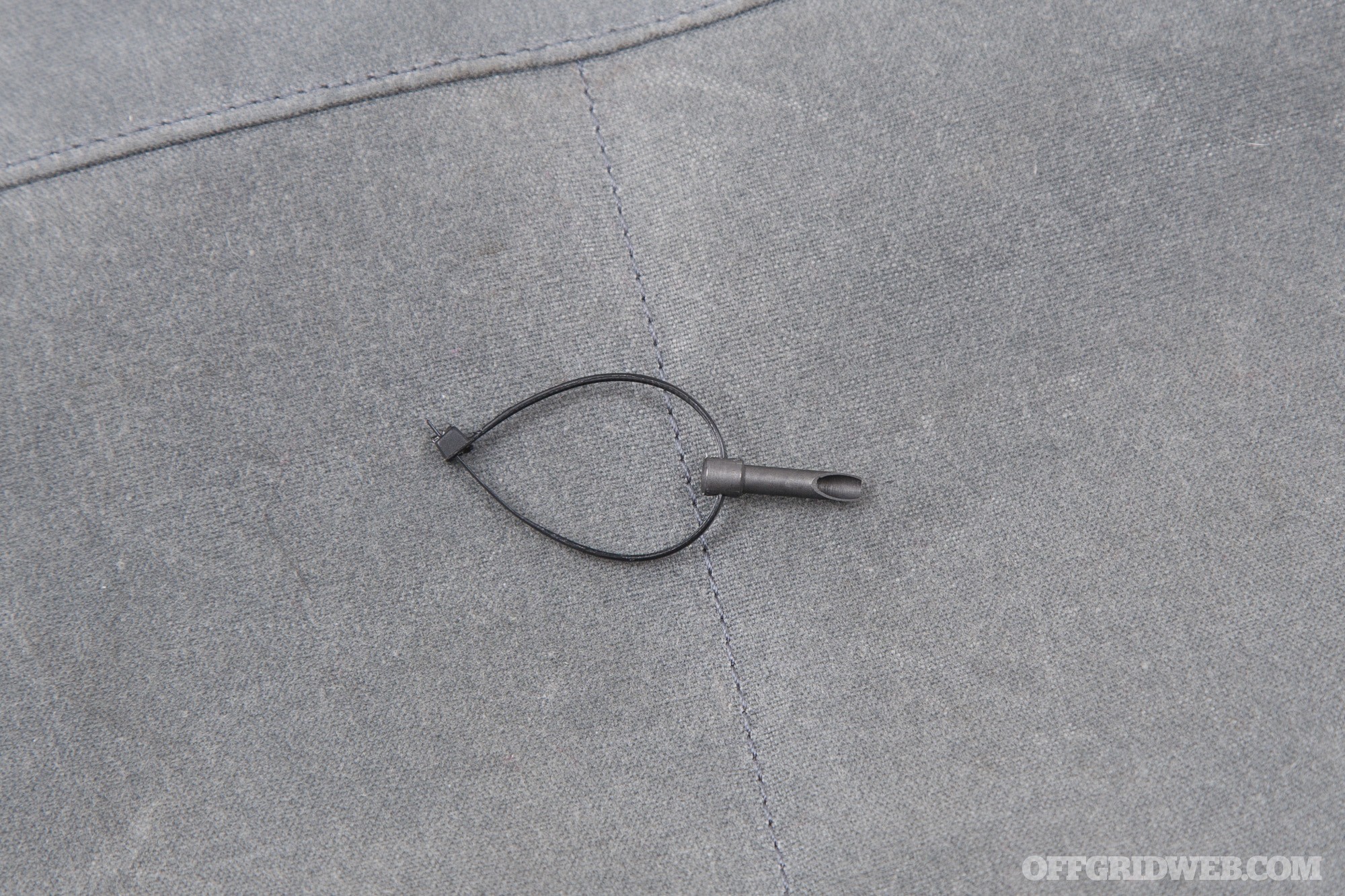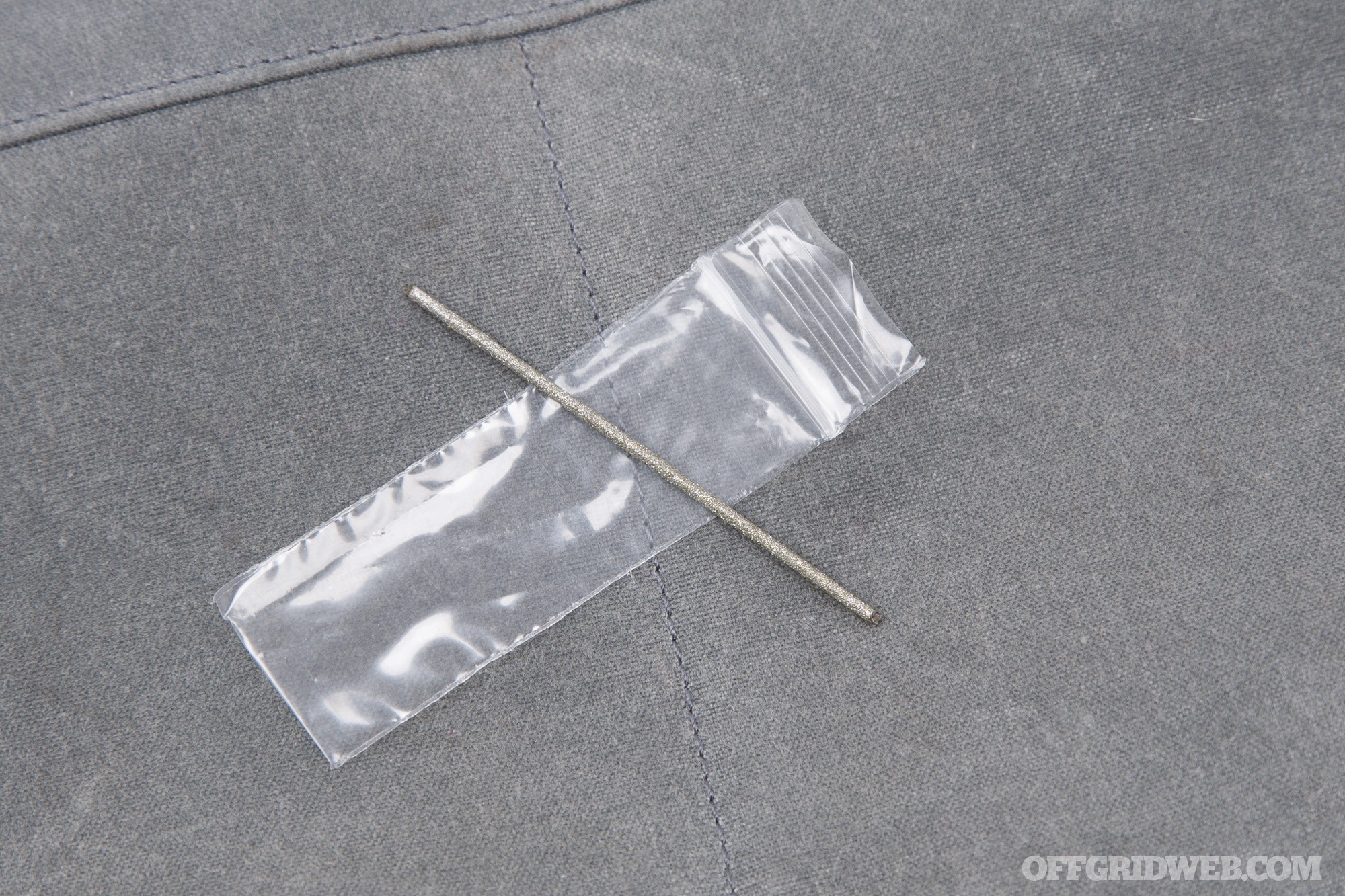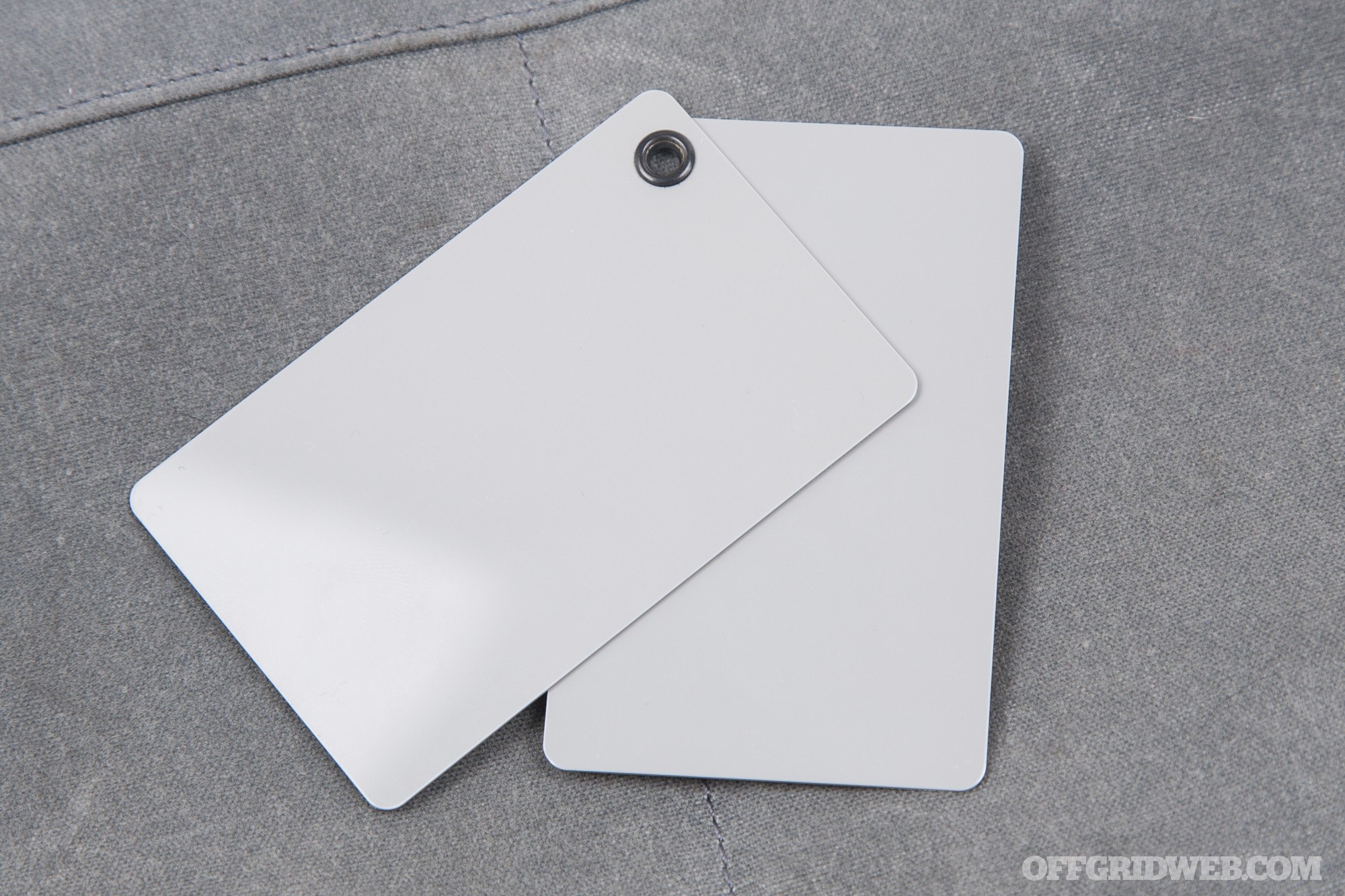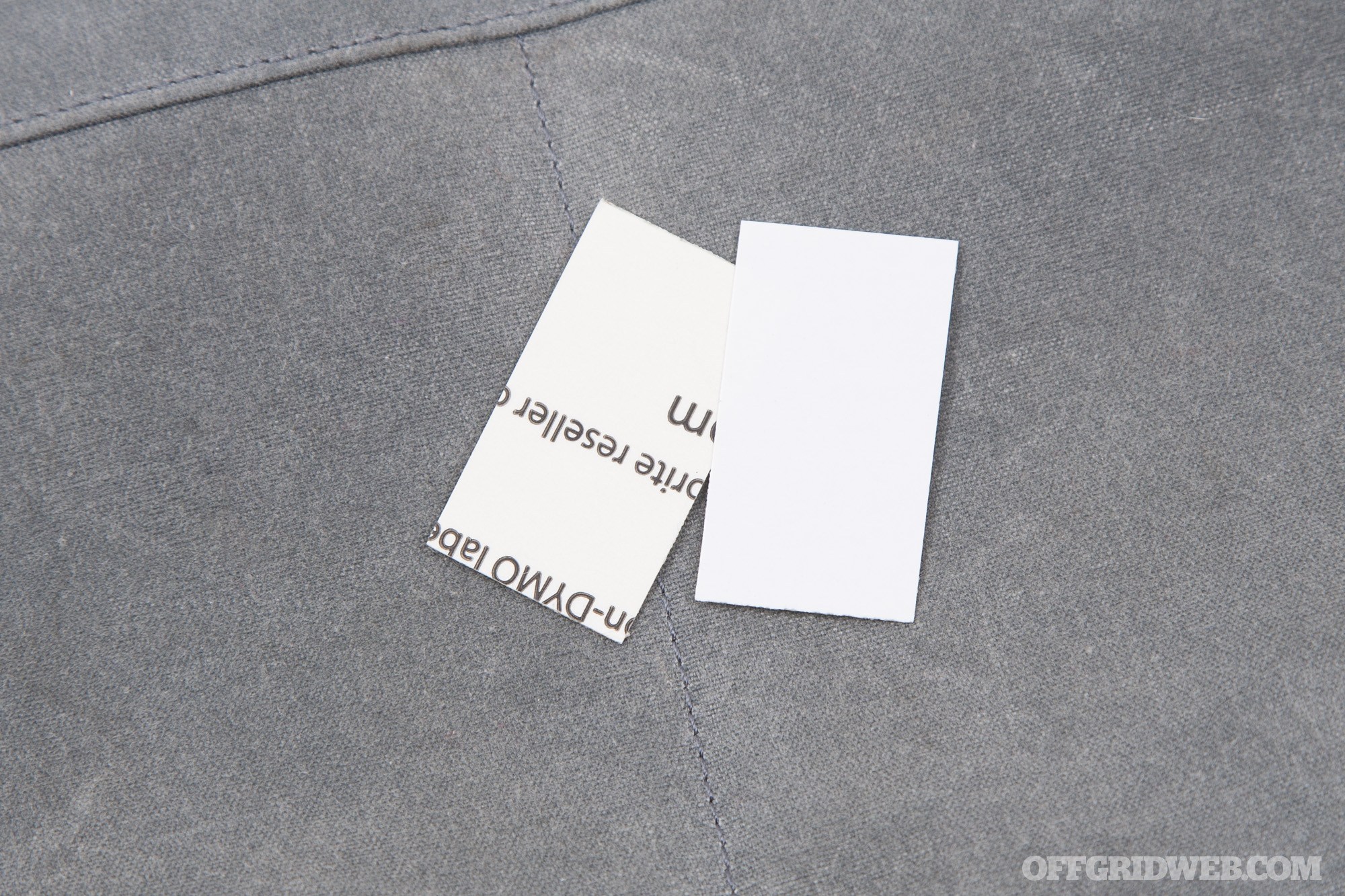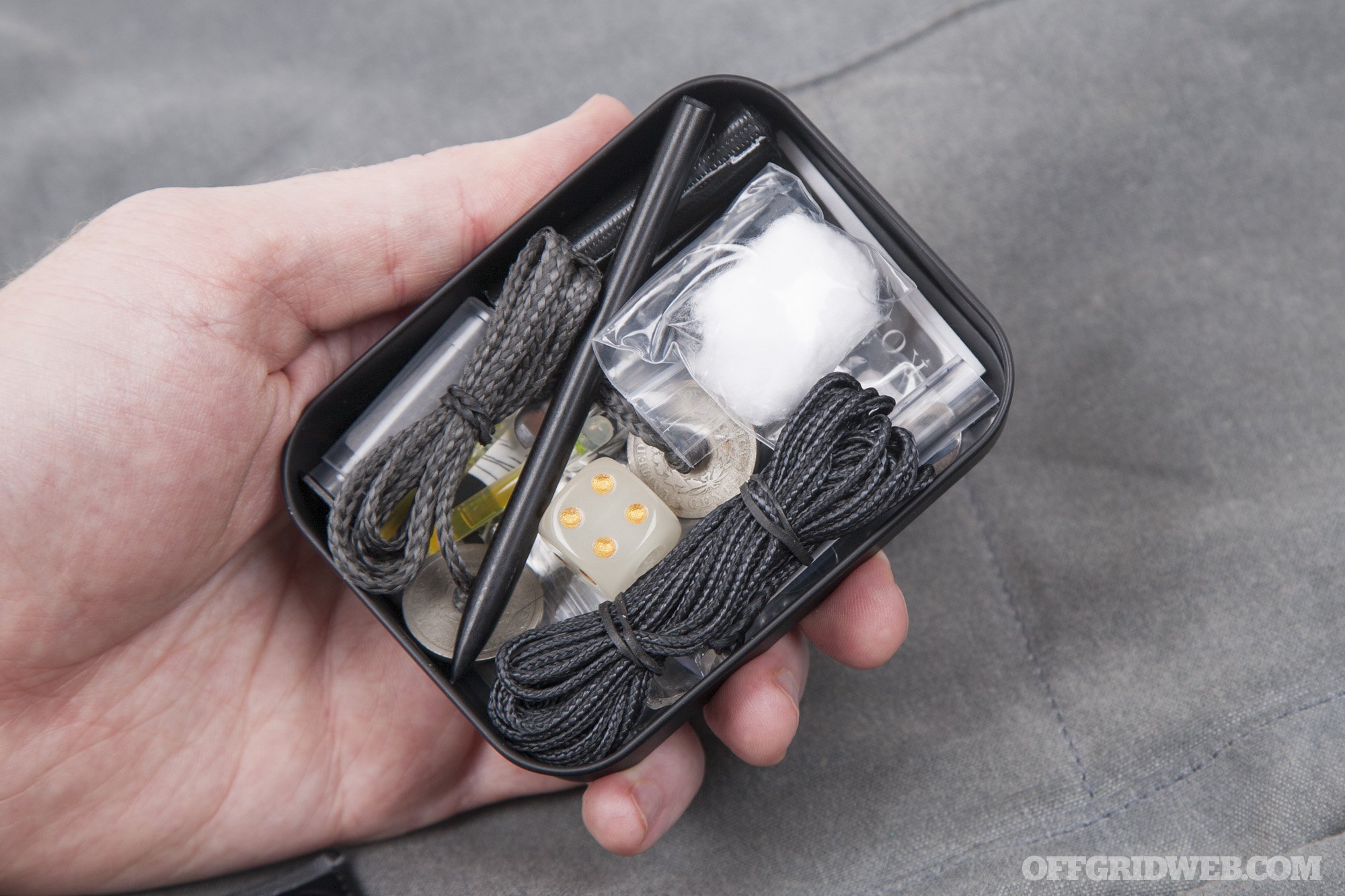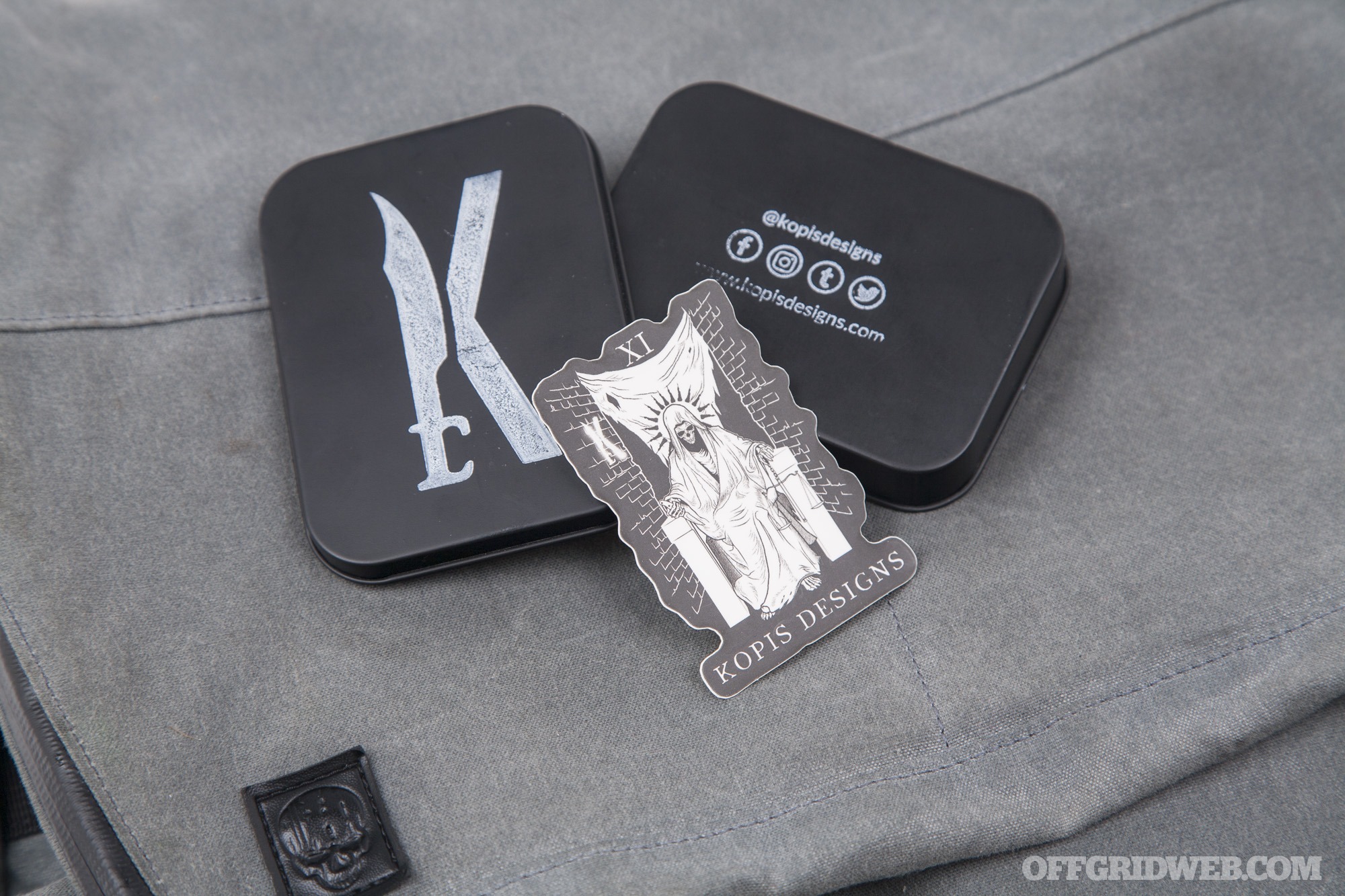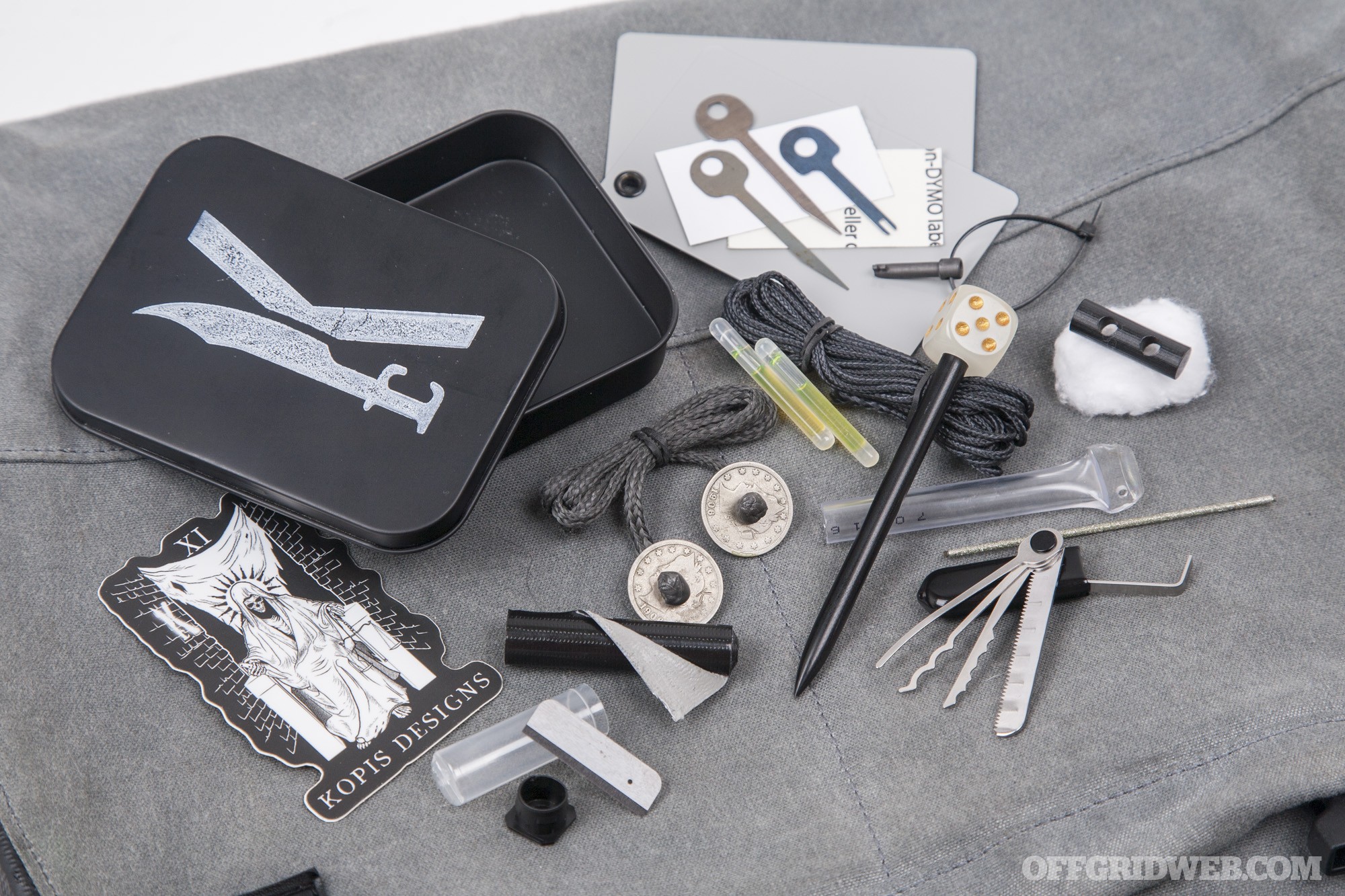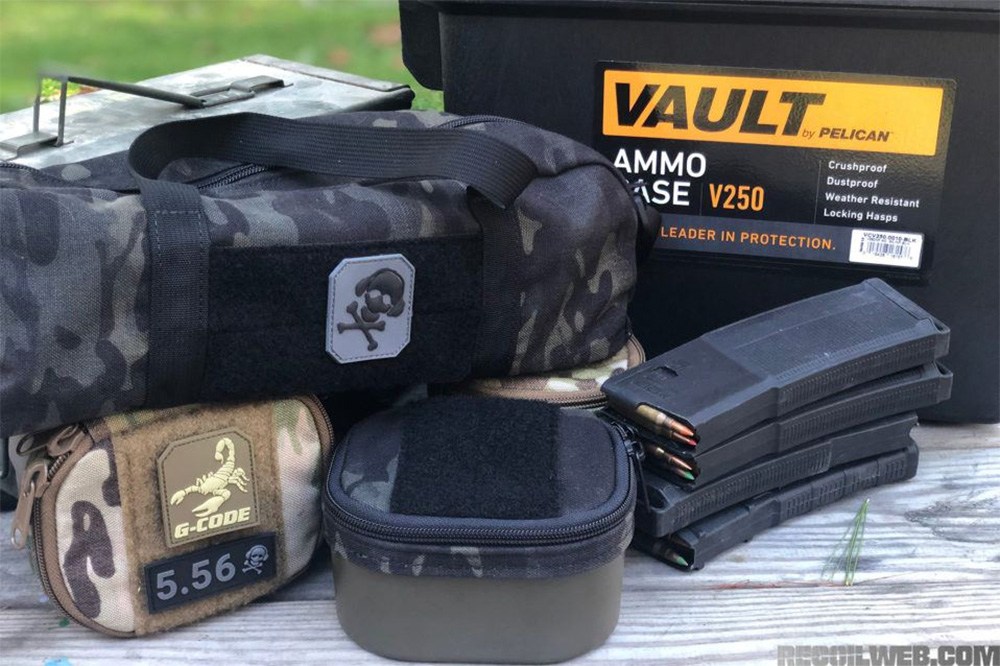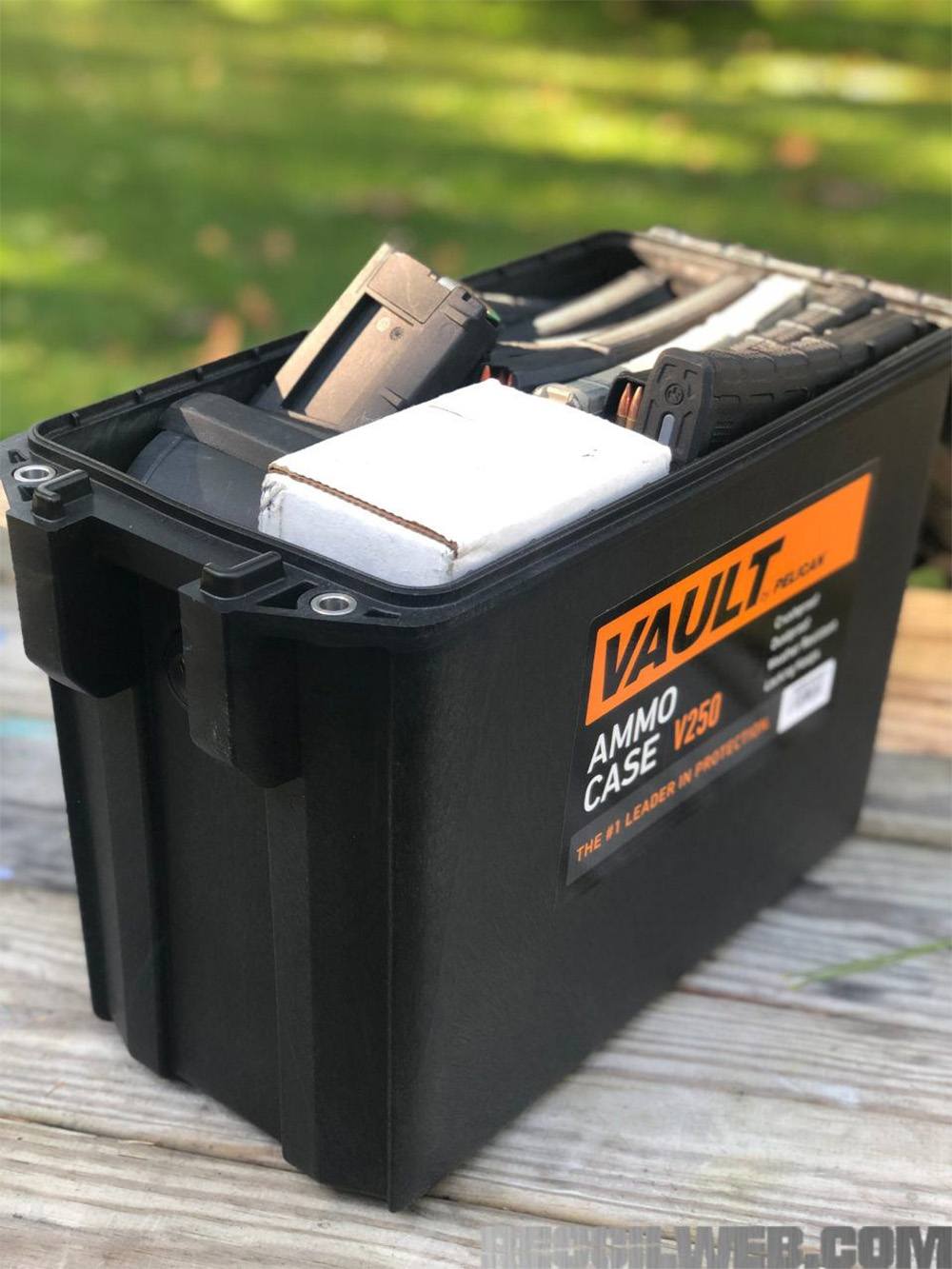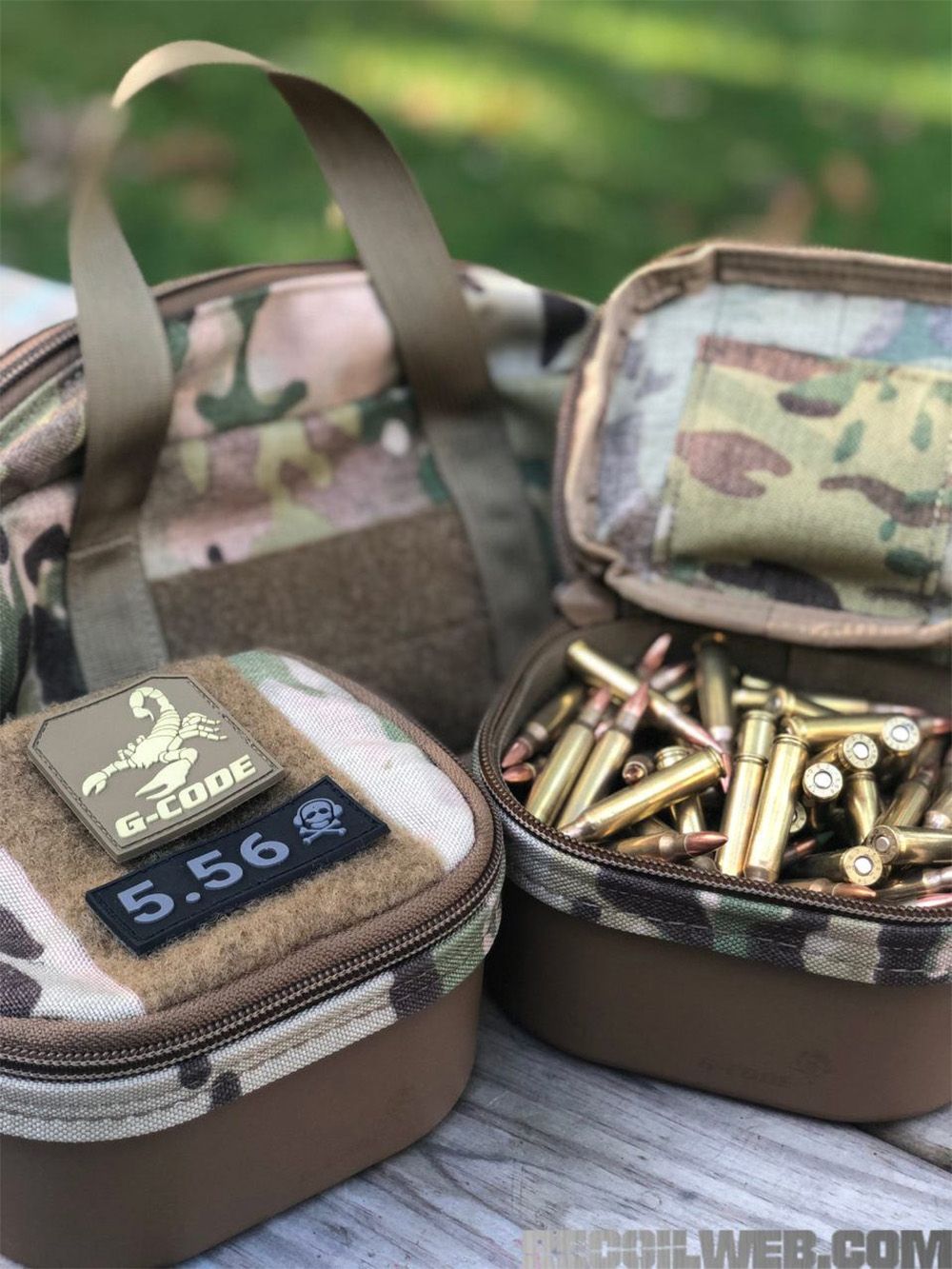Some of you may be familiar with Robert Burns’ poem “To a Mouse” since one of its lines became the title of the Steinbeck novel Of Mice and Men. It tells of a farmer who inadvertently digs up a field mouse’s winter home with his plow and apologetically consoles the mouse as it trembles before him with fear. He ruminates on how the mouse, who instinctively burrowed to build a home for the winter, is now temporarily without shelter. His observation continues about how mice and men are alike in that their plans can often be disrupted without notice, but he’s somewhat envious that the mouse lives in the present. Meanwhile, humans often remain anchored to the regret of their past and look with apprehension and uncertainty about what the future holds.
Perhaps we can learn a bit from the survival reflexes this animal has honed, as well as its complete absence of self-pity. It’ll quickly rebuild its home, while a larger, more technologically advanced human would likely be an emotional wreck if his or her home were suddenly destroyed. When you spread that woe-is-me mentality across the entirety of a major metropolitan area, you quickly have a recipe for desperation — one that could’ve been avoided, had the right mindset been taught to those affected by the crisis.

Herein lies the ongoing struggle of the survival community and its purveyors. How do you convince the average fragile human of the value of preparation without sounding like some Chicken Little, the-sky-is-falling paranoiac? As it’s been said before, preparation is largely a matter of attitude and knowledge. What good are your supplies if you’ve never practiced with them in a realistic context with stressors and time constraints? Hardware will only get you so far if you don’t have the software to use it and remain level-headed when the moment of truth is upon you.
Tom Marshall has not only lived the lifestyle of preparation, but continues to study it and espouse his distilled brand of survival to those who need it. Whether it was as a U.S. Army Captain, overseas contractor, or as RECOIL OFFGRID’s newest editor, he believes in instilling people with both the confidence of self-sufficiency and the no-punches-pulled insight of using the right tools for the right job. We welcome Tom to the editor’s chair and wanted to pick his brain a bit more to understand his approach to the “I think, therefore I am” outlook that’s critical to facing adversity when the proverbial plow upends your life.
Tom Marshall Interview
RECOIL OFFGRID: Where did you grow up?
Tom Marshall: Yonkers, New York. It’s about 10 to 15 minutes outside of Manhattan.

At the helm of an M1 Abrams battle tank during his uniformed service career.
How were you initially introduced to firearms?
TM: You know, for having grown up in a place where firearms were so taboo, they were kind of always around for me. I think my first actual trigger time was in Boy Scout Camp when I was in middle school. We had single-shot bolt-action .22s made by Sears. I didn’t stick with the Boy Scouts, but went on to work with the Civil Air Patrol, New York Search and Rescue, and the New York State Guard. All of those organizations were heavily populated with law enforcement officers and military folks, so I was exposed to firearms pretty consistently, despite being in a part of the country with a pretty negative view of individual liberty.
Tell us about your military and private security background.
TM: After high school, I attended the U.S. Merchant Marine Academy (Kings Point, New York). It’s a graduation requirement for all Midshipmen (students) there to not only take a commission in the armed forces, but to also successfully complete all the requirements for a Merchant Mariner’s License as either a 3rd Mate or 3rd Assistant Engineer. Before you can even take the test for this license, you have to spend 360-plus days at sea.
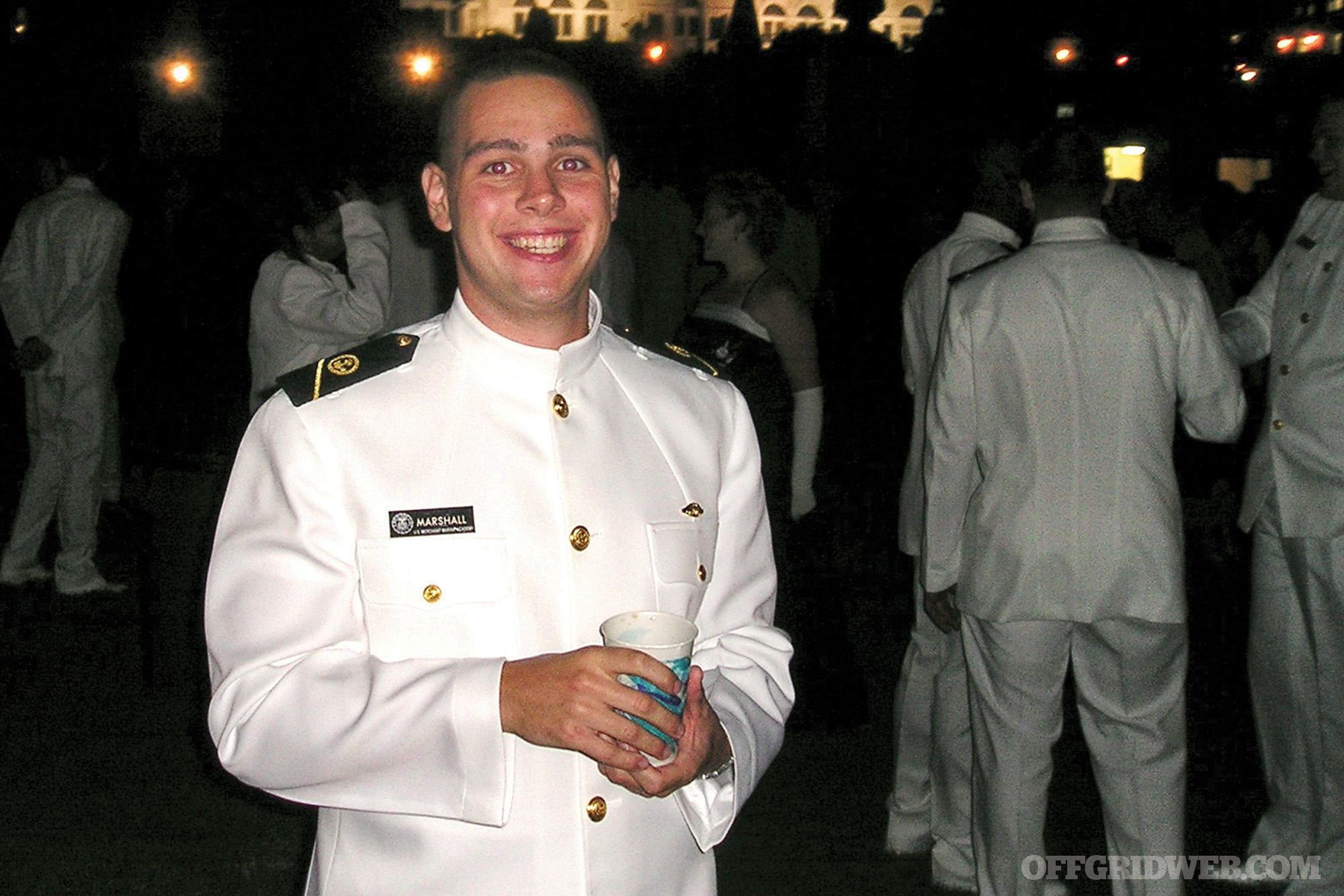
In Navy whites during a formal at the U.S. Merchant Marine Academy.
By my 21st birthday, I’d been to 15 countries on three different continents — a few more by the time I graduated with a degree in logistics, my 3rd Mate’s License, and a commission as a 2nd Lieutenant, U.S. Army. I branched cavalry and was assigned to a Stryker Brigade RSTA (Reconnaissance, Surveillance, Target Acquisition) Squadron at Fort Lewis, Washington. I worked as an Assistant Operations Officer, Recon Platoon Leader, and finally as Headquarters Company Executive Officer. I spent a year of that time in Iraq and separated from active duty as a Captain.
Afterward, I worked briefly in corrections before going back overseas as an Independent Contractor, providing security services for a federal agency with officers stationed downrange. I logged 13 separate deployments in four years with that gig, before returning stateside full-time to accept a staff position here with the RECOIL and RECOIL OFFGRID family.
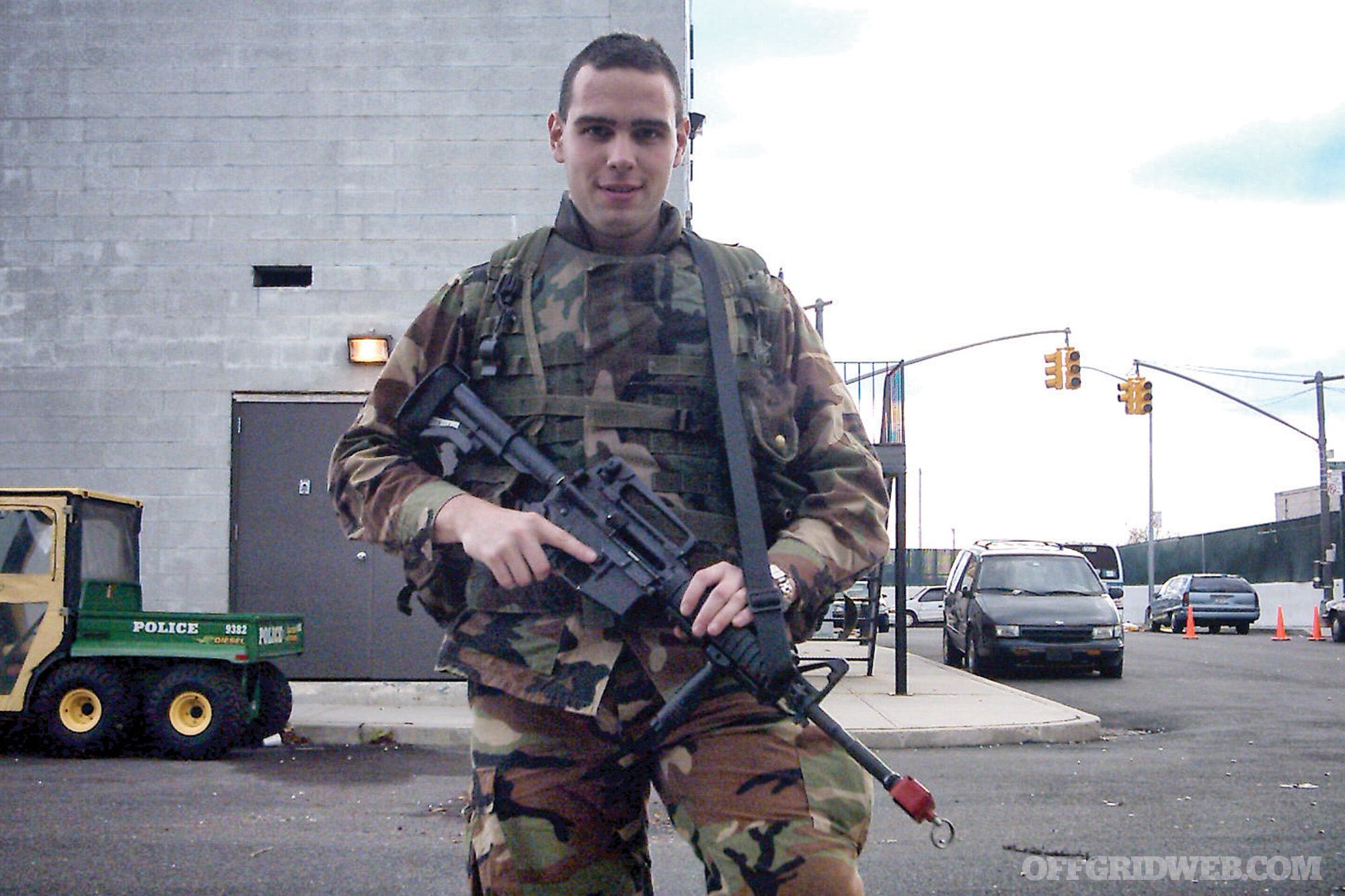
On break during an urban warfare exercise.
What are some experiences you had that you felt were pivotal moments for you?
TM: When I was a Merchant Marine cadet, I was on shore leave in Souda Bay, Greece. I went out with a couple of the other crew members. I got handed way too much to drink and, shortly thereafter, a fight broke out between us and a couple of local longshoremen who had been very clumsily shadowing us for much of the evening. I got separated from my shipmates in the scuffle and, long story short, wound up wandering the streets for most of the night before finding a taxi to take me back to the port. From there, I hitched a ride back to my ship (anchored off-shore) in a Navy patrol boat about 30 minutes before I was due to start my shift. The other guys made it back safely, too, though it could’ve gone very differently.
My year in Iraq was one giant experience in survival all by itself. There are probably too many individual experiences to count, but I certainly learned a lot about the mental and physical skills that will save your life under adverse conditions.
What survival lessons did you glean from those experiences?
TM: There were some big lessons that I took from the street fight in Greece — at a very early age, relatively speaking. One was that I allowed myself to become impaired to a point that I couldn’t effectively look out for myself. Major no-no. And I’ve never let it happen again. The other lesson there was that I didn’t have any plan for myself in the event of getting separated from my group, which is exactly what happened. Most people think of escape and evasion in terms of being actively chased by bad guys. This was not the case for me but, even still, I basically had to depend on the good will of some locals to get me where I needed to be. And I had to do it totally alone in a foreign country with a language barrier.
The only thing I had on me besides my clothes were my wallet and a pocket knife that, in reality, would have failed at anything more than mundane household use. Even if your plan includes working as a team or group, having the ability to operate alone is priceless. True self-sufficiency, whether in the woods or a seedy neighborhood, hinges on mental toughness, a broad set of “hard skills,” and keen awareness of both the physical and human environments.
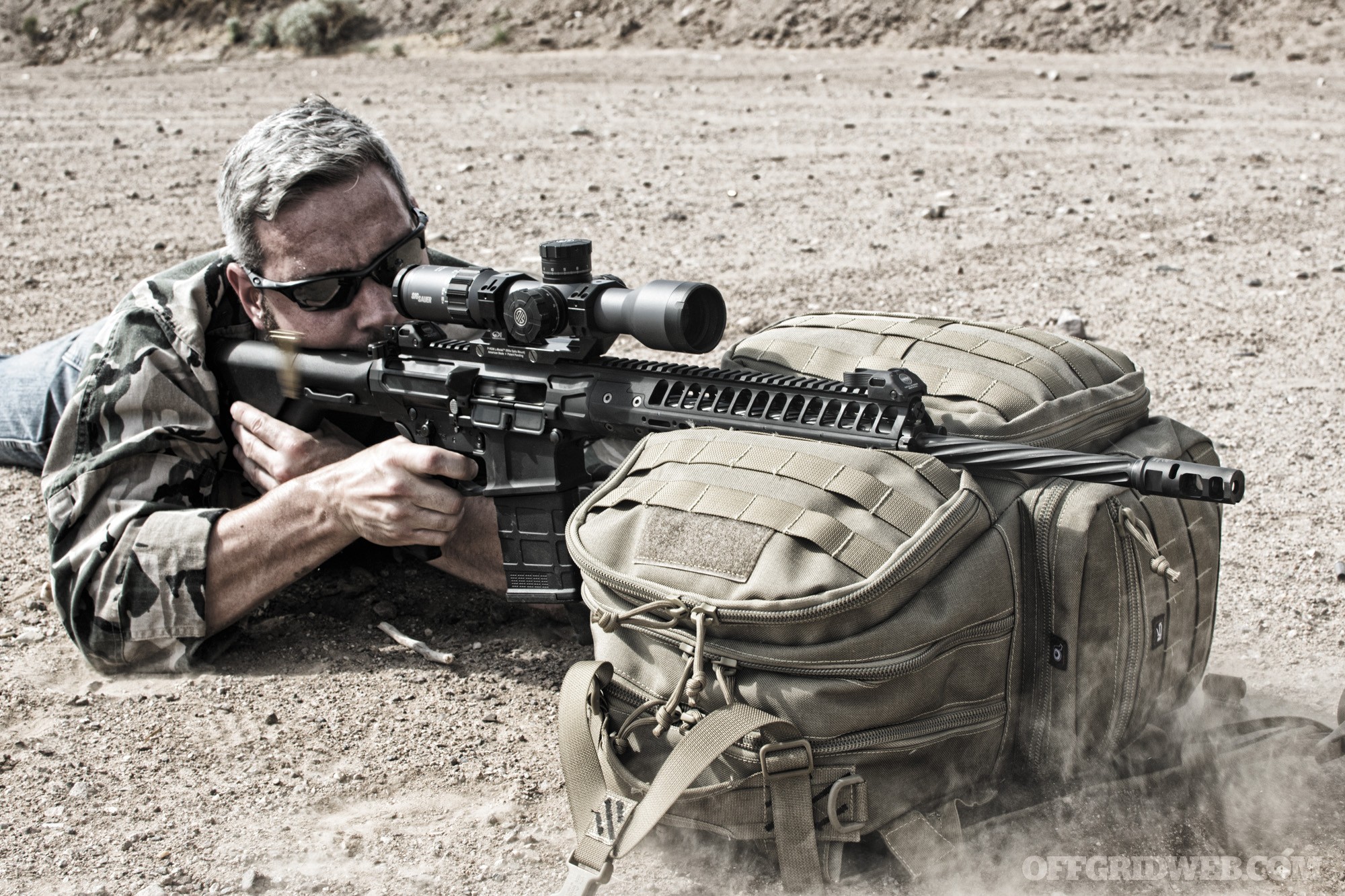
One of the biggest lessons I took from Iraq relates to gear selection. Before we deployed, I bought a whole slew of personal gear that I thought would serve me better than what I was issued. But I purchased all of it through military surplus stores and eBay. Within the first 90 days of a 12-month deployment, all of that gear had broken down and fallen apart. The adage “buy once, cry once” proved all too true for me. Take the extra time to pinch pennies and spend what you’ve got on sturdy, high-quality equipment. Trying to replace hardware on the fly from the other side of the planet is way more trouble than it’s worth.
When it comes to preparation, what rules do you live by?
TM: “Pack light, move fast, hit hard” — I can’t remember where I heard it, but I’ve always liked it. I try to carry less and make the most of what I’ve got.
“Software over hardware” — I try to spend more time training and developing skillsets than I do drooling over gear.
“Equipment selection is a form of mission analysis” — I guarantee the equipment I do use regularly was painstakingly thought out. Before you put something on your kit or in your pack, rigorously examine what exactly you’ll be doing and what exactly that piece of gear will do for you in that context.
I’m sure there’s more than those three, but those are definitely some of my go-to gold nuggets. I’m also a huge fan of mental rehearsal. War-gaming or what-if-ing is vital to keeping your brain warmed up for quick reaction in an emergency situation.
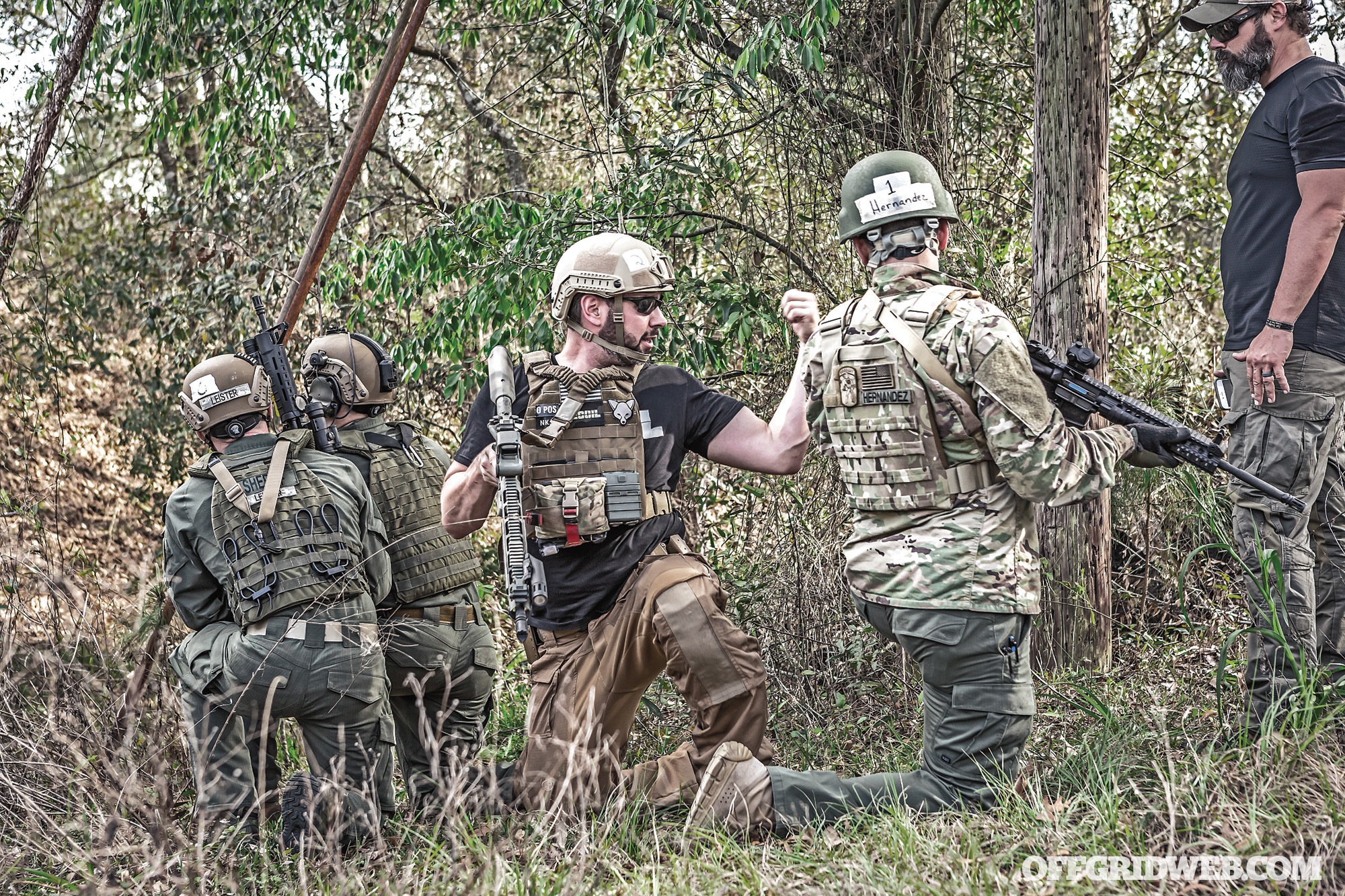
Above: A self-proclaimed training junkie, Tom routinely uses classes to field test gear. This photo is from the Law Enforcement Basic Parachutist course with Dynamic Solutions Training Group.
Where do you think mainstream media typically fails in its portrayal of survival and preparation?
TM: The “survivalist” in any group of movie or TV characters is always crazy. They’re typically portrayed as over-the-top, paranoid, slightly unstable, and just sort of an overall wahoo. One of my personal favorite examples of this is Burt and Heather Gummer, from the movie Tremors. No matter how hard Hollywood tried to ridicule their basement full of guns and home-brewed pipe bombs, it just made me jealous. It may be fun to chuckle at, at first. But the truth is that this archetype, fed to us over and over throughout mainstream media, only serves to marginalize and stigmatize those who choose to practice even a modest level of preparation. Which is kind of bullsh*t, really. At the end of the day, what’s wrong with wanting the capability to provide for yourself and your loved ones? Isn’t that why our parents and teachers and guidance counselors all harangued us about studying hard and getting good jobs? The goal was to provide for our own and contribute to the common good wherever possible. It’s no different today.
The irony here is that, in a lot of those shows, it’s the “crazy prepper” who winds up saving everyone’s ass.
What do you think people passionate about survival can do to educate their non-survivalist friends about preparation?
TM: Ease them into it. Nobody wants to be pushed out of their comfort zone straight into an underground bunker built inside an old missile silo. If you can convince someone to keep a couple protein bars, a gallon of water, and a first-aid kit in their trunk, that’s something. The great thing about prepping is that it’s entirely self-paced and small steps are totally acceptable. Not everyone’s going to have the means or motivation to build up a 12-month food store or run bug-out drills with their in-laws. Some will realize an undiscovered passion and go all-out, and that’s awesome! But when dealing with true skeptics or those who are intimidated by the stereotypes, I would simply encourage them to learn one thing they no longer have to call someone else to do for them. That’s the underlying goal for all of us — a lifestyle that breeds self-sufficiency. A lot of people, when they get that first taste of I-can-do-this-all-by-myself, realize a level of empowerment and self-confidence that most of modern society trades away for convenience. There’s almost a rush to it, and I think that has the potential to be an incredibly powerful teaching tool.

Above: In addition to his military/tactical background, Tom also doubles as RECOIL OFFGRID’s resident bourbon expert. Photo from a field assignment to Buffalo Trace distillery.
Why do you think so many people look at survival and preparation as a negative thing?
TM: I think there’s a couple of things going on here. I’ve personally heard a lot of people talk about survival and prepping in context of a certain scenario they think will take place, or a certain path they think society is on. Some of those scenarios have the potential to become politically charged, which can turn people off. I also think when we discuss prepping strictly in terms of mass-impact events like dirty bombs, viral epidemics, or EMPs, you lose a lot of your “swing voters” — people who aren’t sure how they feel about prepping — because you only offer them a yes-or-no doomsday decision.
If you believe giant catastrophe X has good odds of happening in your lifetime, you should absolutely prep for it. If you don’t believe that, why bother? But a true survival-focused lifestyle has, I would argue, more to do with everyday problems than cataclysmic events. You can prep for getting a flat tire on the way home from work, or for getting dysentery in Cancun, and those events are far more likely than an end-of-the-world situation. Being prepared only requires you to acknowledge that life doesn’t go according to plan, and to figure out how to handle that before you actually have to.
If you could wave a magic wand and change the K through 12 system, what sort of education do you think they should implement about survival?
TM: By the time kids get to high school, everyone should know how to start a fire, how to build a makeshift shelter, and how to tie a few basic knots. Some high school students in my area are actually being taught the Stop The Bleed trauma care curriculum, which is amazing. Medical knowledge is huge: CPR, splinting, tourniquets, and basic wound cleaning/dressing ought to also be mandatory. My home state of Arizona is also fortunate enough to have a wide selection of competitive shooting programs at the high school level. Basic firearms education used to be prevalent and should be brought back. While we’re at it, let’s bring back shop class and home economics too. I didn’t learn how to cook until my mid 20s. I also just started doing some of my own vehicle maintenance within the last 18 months, and that’s still under the supervision of someone who actually knows what they’re doing.
When I was at the Academy, I had to take welding and pipe fitting. I’m a huge believer in skilled trades — there’s an intrinsic emotional value in being able to make or fix something with your own hands that’s not only practical, but also deeply satisfying. While this may not be the kind of stuff people think of when they envision survival training, basic labor skills develop a well-rounded sense of self-reliance that’s useful before, during, and after a survival situation. If our society put a higher premium on getting sweaty and scraping your knuckles, we’d be a much more independent people. I also think we’d be less stressed out. There’s a lot to be said about the value of a hard day’s work.
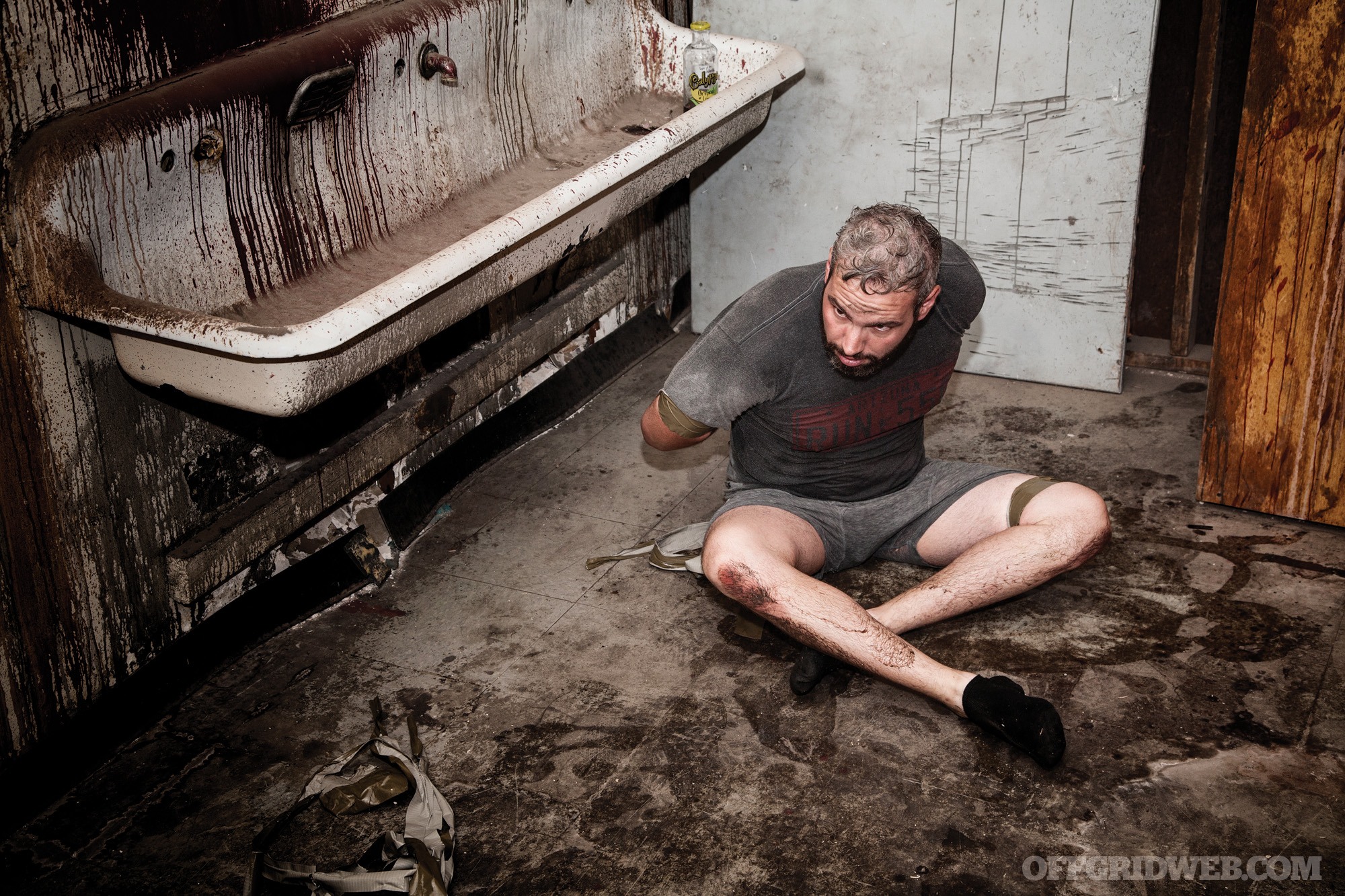
Above: Tom believes preparedness should include preparing for “street level” survival situations like hijacking and kidnapping. Photo from the final exercise of Ed Calderon’s Counter Custody class.
What do you think the survival industry should be doing differently?
TM: I think there’s a lot of marketing through fear. That’s certainly not unique to the survival industry, but I think the subject of survival makes it the path of least resistance for companies looking to literally scare up a couple of sales. It’d be great for more companies to focus on the value their products provide across a variety of situations and not just “if the world goes to hell, you’d better have one of these!”
What disaster or survival situations do you think people are the most likely to face in their lifetime?
TM: In terms of disasters, I think there’s two primary issues to be concerned about: natural disasters and terrorism. Natural disasters are, of course, regionally biased. People in the upper Midwest are, hopefully, not losing any sleep prepping for a hurricane. But tornadoes, wildfires, earthquakes, and severe storms are all things that can induce a large-scale collapse of infrastructure at the local level. During the appropriate season, things like tornados and hurricanes can hit multiple locations in a very short span of time, creating a regional strain on first-responder capabilities.
The other is terrorism. Extremist ideology isn’t going away, and it’s no longer a danger confined to other countries. We’ve been very fortunate that only a small number of planned attacks were executed successfully in America. I once heard a quote that went something like, “The bad guys only have to get lucky once. The good guys have to get lucky every single time.” Our men and women in government service are doing a fantastic job, but it’s unrealistic to think they’ll foil every plot every time. I’m not sure what the next attack would look like, though I believe active shooters and small IEDs are the most cost-effective and gruesomely efficient solution for terrorists. I also have no doubt that multiple groups are engaged in a continual cycle of planning, assessing, and probing for exploitable weaknesses in our society’s armor.
There are, of course, plenty of other survival situations that aren’t so large-scale. When we think “disaster” most people envision a single event that affects millions of people. But what about the millions of events that affect individuals and their families every day? For Issue 29, I took a counter-custody class with Ed Calderon. That article contains some of the most unflattering pictures that have ever been published of me. I also saw a lot of kidnapping and hostage taking overseas. If you don’t think being kidnapped counts as a life-threatening disaster, or think it’s a rare occurrence, there’s plenty of grim statistics that prove otherwise.
What sort of situations do you see a serious lack of education about?
TM: Survival education, as a whole, is shunned by much of modern society, which forces many of us with a preparedness mindset to closet our ideas and information. The basic principles of survival are simple — even if they’re not easy. Whether you’re taking a trip to a foreign country, worried about street crime, or foresee the possibility of a large-scale terror attack in your hometown, being prepared is a critical thinking exercise: make an assessment of what potential disasters could touch your life, and come up with a plan on how you and your family will cope with it.
When you read this somewhere, everyone kind of rolls their eyes and slaps their forehead and says “yeah … obviously!” But talk is cheap, and we don’t teach this as a life skill. Medical professionals learn how to diagnose diseases. Scientists learn the scientific process for developing theories and testing them. But when people apply this kind of thinking in the context of natural or man-made disasters, they get labeled as crazy or paranoid. They get asked, “What are you so afraid of all the time?” This stifles any kind of education or open discussion about how to be ready for bad things that can happen in life.
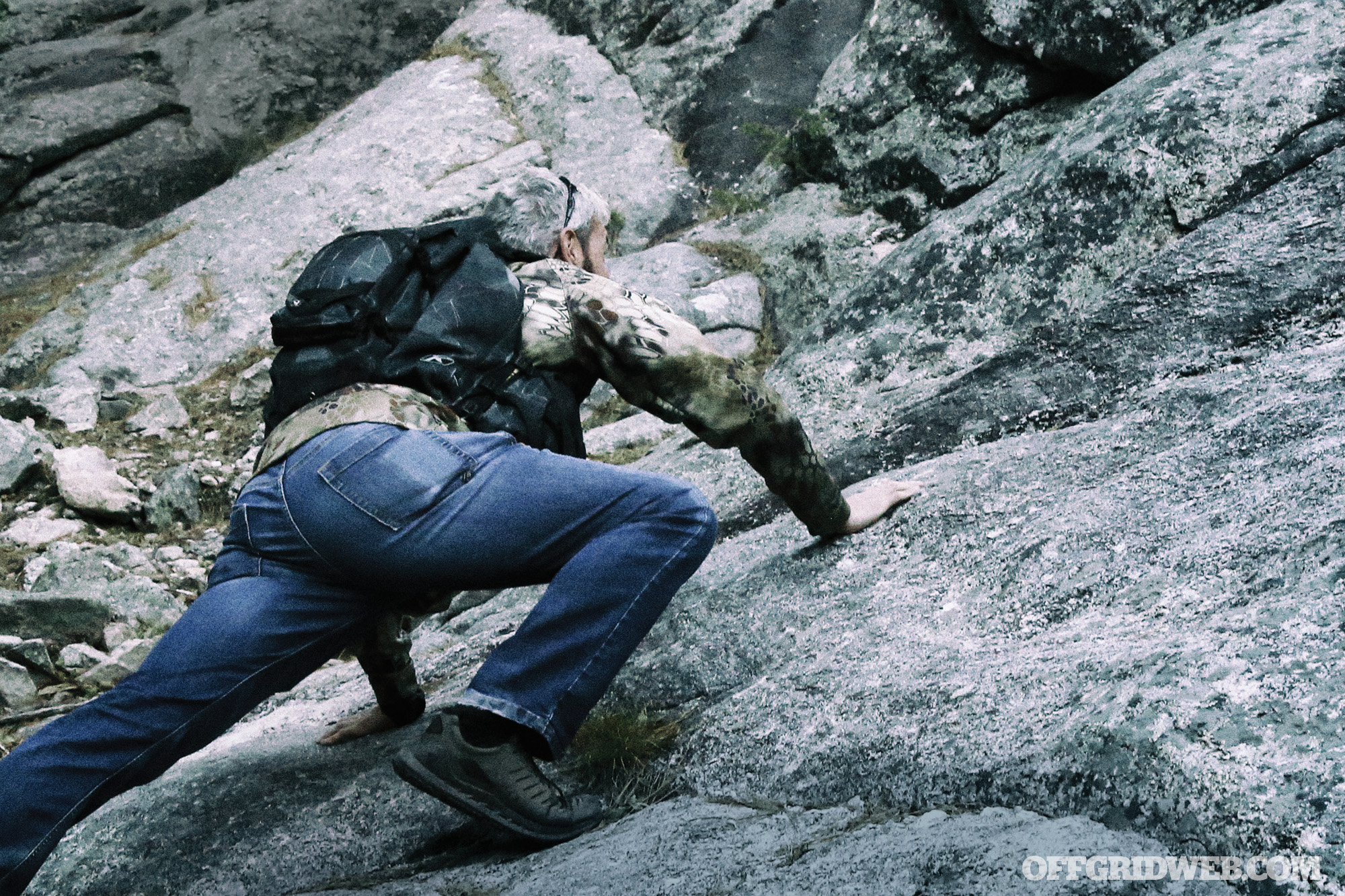
How do you think technology is going to play into survival down the road, both good and bad?
TM: Let’s talk about the bad first — we’re all glued to our phones and tablets. They’re raising our kids and delivering our groceries and allowing us to say awful things to strangers who disagree with our politics. I think, on a large scale, it’s crippling people’s ability to put up with inconvenience or discomfort, a critical skill in any kind of survival situation. It’s also smothering people with useless distraction that allows us to digitally stick our heads in the sand about what’s happening in the world around us and what we can do to prepare for it.
Having said that, there are plenty of great benefits provided by technology in the context of survival. Lighter, more durable equipment. Smaller and brighter flashlights. GPS navigation. Not too long ago, we ran a review of emergency preparedness apps that put all kinds of news and emergency knowledge just a swipe or two away on your smartphone. The ability to leverage technology to save ourselves and persevere in the face of adversity is greater now than at any point in human history.
What is your advice to gun owners who think their rights and ability to protect themselves will continue to be compromised by political pandering?
TM: Just like other self-sufficiency skills, our right to self-defense and the tools associated with it shouldn’t be political bargaining chips. Get involved and stand up for your individual rights! Write letters, join advocacy groups, vote, donate if you can. If not, there’s always a need for volunteer assistance at the grassroots level. I know that everyone is strapped for cash and time, but these are surefire ways to ensure that our voice as a gun-owning community gets heard in public forum. The other thing I would stress heavily is being a good ambassador of gun culture. Don’t judge or talk down to people who are fearful or ignorant of the subject. It’s absolutely possible to change people’s minds on this topic. But you have to be sensitive to the stigma that pop culture has placed on the 2nd Amendment. It’s unfortunate, and it really shouldn’t be a thing, but it is.
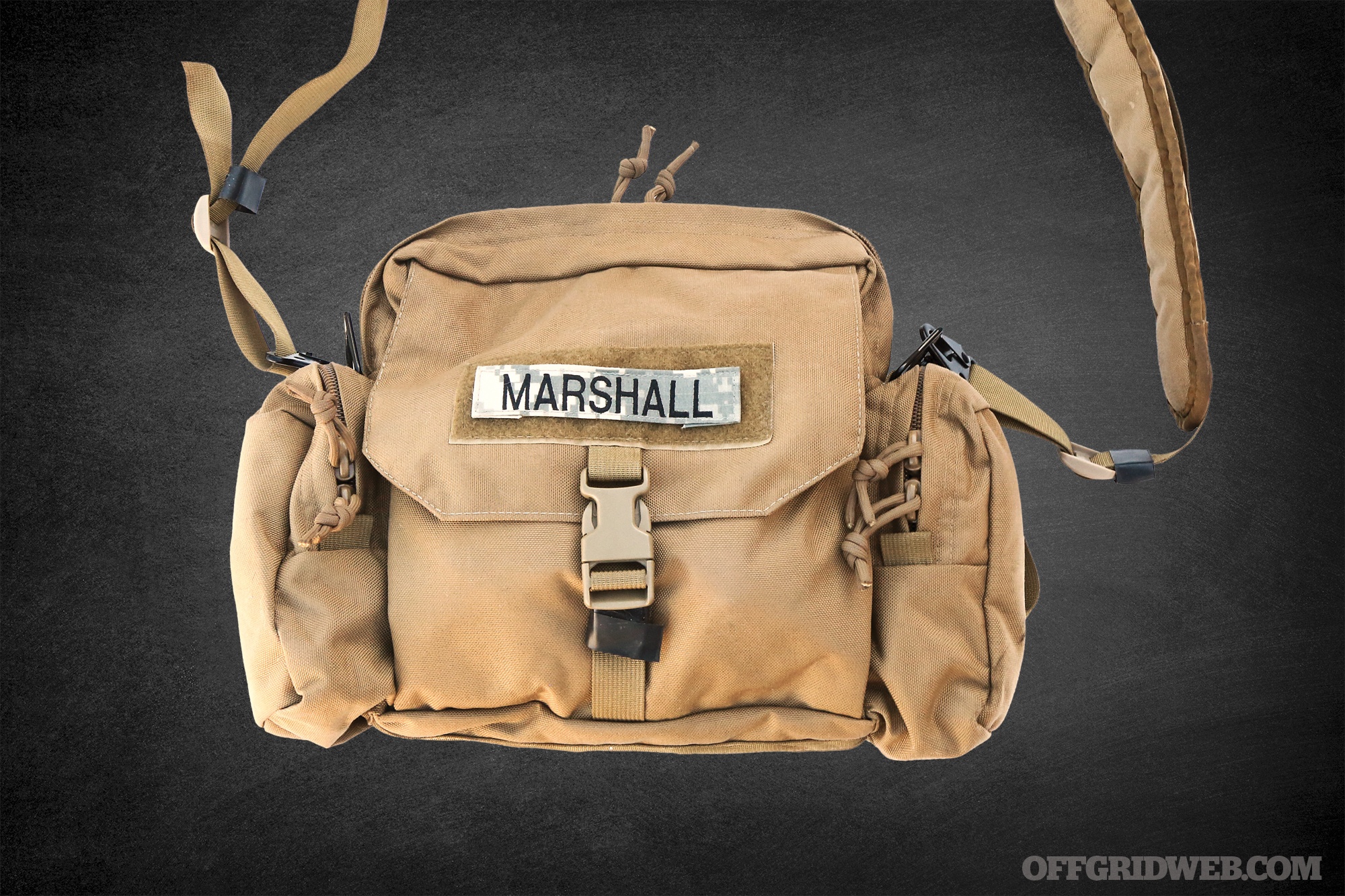
Above: Tom's vehicle bail-out bag, as seen in the Bag Drop column in Issue 34.
What do you think are the terms or practices that tend to be a bit overhyped in the survival community and why?
TM: This is tough. One person’s “too much” is somebody else’s “not enough.” There seems to be a big push over the last few years for bunkers and compounds. Whether it’s burying a shipping container in the backyard or buying land two hours outside of the city and building an entire second homestead on it, I think this survival concept is way out of reach for most people. I also think the idea that society will begin eating itself at the first sign of trouble is way overblown.
I was living in New York on Sept. 11. With everything from cell service to the stock market being completely shut down, it was prime time for riots and leather-clad marauders. But there was none of that. Likewise, when that EF5 tornado hit Joplin, Missouri. In both cases, the community banded together and picked itself up, mostly as a team. Unfortunately, there are times when this hasn’t been the case. The aftermath of Hurricane Katrina is one example. So are the Watts and Rodney King riots in Los Angeles. But if you look at all the large-scale catastrophes that have occurred in America, I think coming together is the trend and falling apart is the exception.
What survival skills do you think are the most important to teach children?
TM: For young children, the most important thing overall is to be aware of your environment. I know that situational awareness is quickly becoming one of those overused phrases you asked about before. But it’s like that old saying — “an ounce of prevention or a pound of cure.” A child’s best chance of survival in any given situation is to simply keep away from serious threats as much as possible. Situational awareness also plays directly into their ability to scavenge for supplies, signal for help, figure out escape routes, and so on. Children lack the library of experience and mental shortcuts that adults have to quickly spot a dangerous situation, or to deduce improvised solutions to unanticipated problems. So teaching them to think critically about their environment — to be clever — will allow them to adapt to sudden changes in their world and overcome the hardship of those changes.
About Tom Marshall
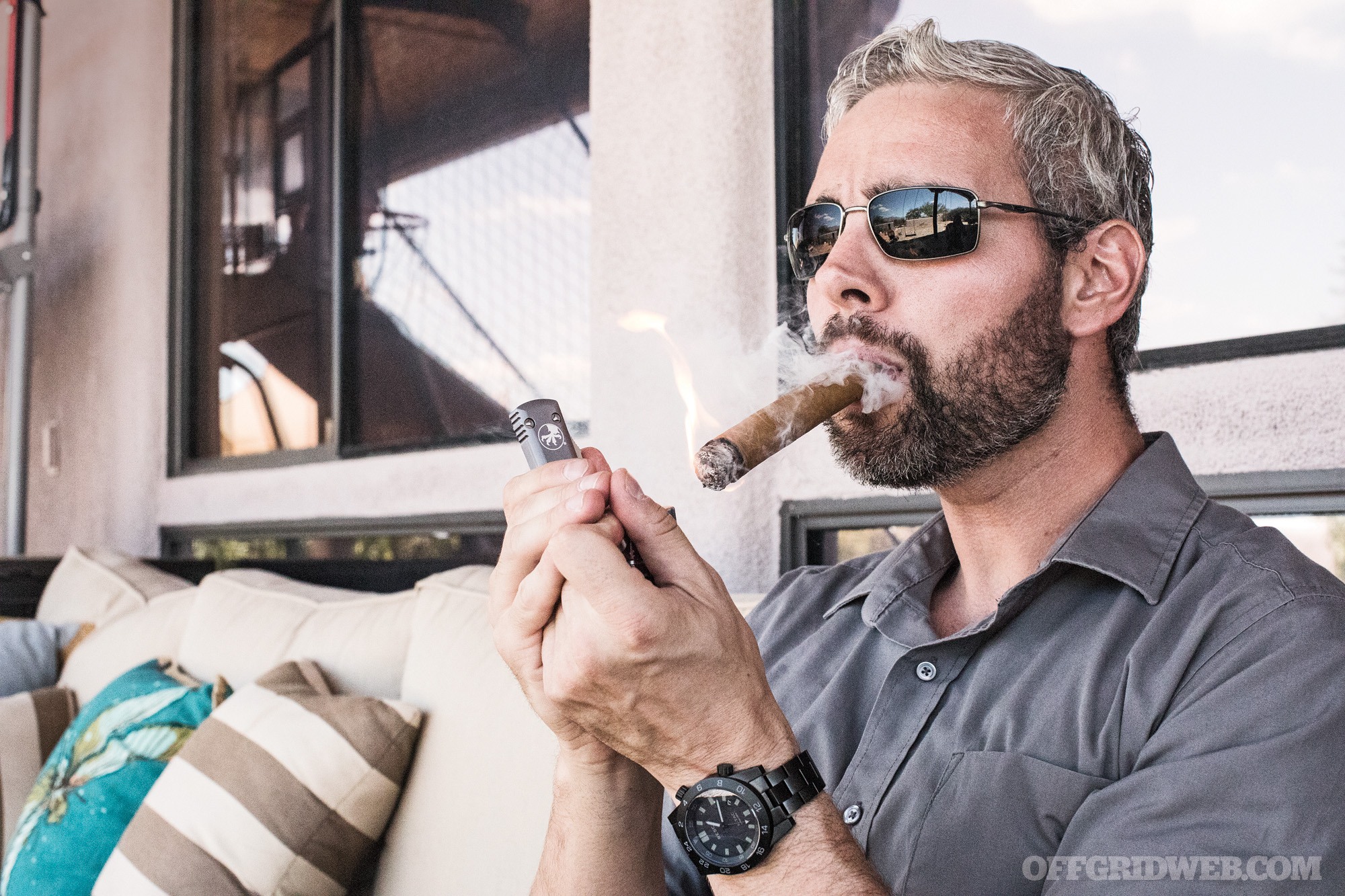
Age: 34
Family:
My awesome boy, my wonderful woman, and our five dogs: two Boxers, two English Mastiffs, and a Foxing Hound. Our youngest fur baby is 8 months; our oldest is 13 years. The English Mastiffs are 125 pounds and 200 pounds, respectively.
Hometown:
Yonkers, NY
Education:
Bachelor’s Degree in Logistics and Intermodal Transportation from U.S. Merchant Marine Academy, Kings Point, NY
Military service:
Four years active duty, U.S. Army (Cavalry)
Childhood idols:
I always idolized a weird ensemble of novelists and famous military leaders. To this day, writing and shooting are probably my two biggest passions. On the literary side: James Byron Huggins, David Morrell, Fredrick Forsyth, Robert Ludlum, and Stephen Hunter. Military heroes growing up included: John Mosby, “Swamp Fox” Marion, Bill Donovan, Richard Marcinko, Billy Waugh, Hal Moore, and Carlos Hathcock.
Favorite firearm:
Just one? If we’re discarding practicality for a second, some of my favorites are high-end 1911s, the Browning Hi-Power, M1 Carbine, M3 Grease Gun, HK G36, and 5.45mm AKs.
Required reading list:
The Book of Five Rings by Miyamoto Musashi
Defensive Living by Dave Spaulding and Ed Lovette
Left of Bang by Patrick Van Horne and Jason Riley
Meditation for Warriors by Loren Christiansen
Blink by Malcom Gladwell
Dream car:
’68 Chevelle SS or an ’85 Buick Grand National
Favorite cigar:
Drew Estate Liga No. 9
Favorite drink:
Blanton’s bourbon, neat
Tom's EDC
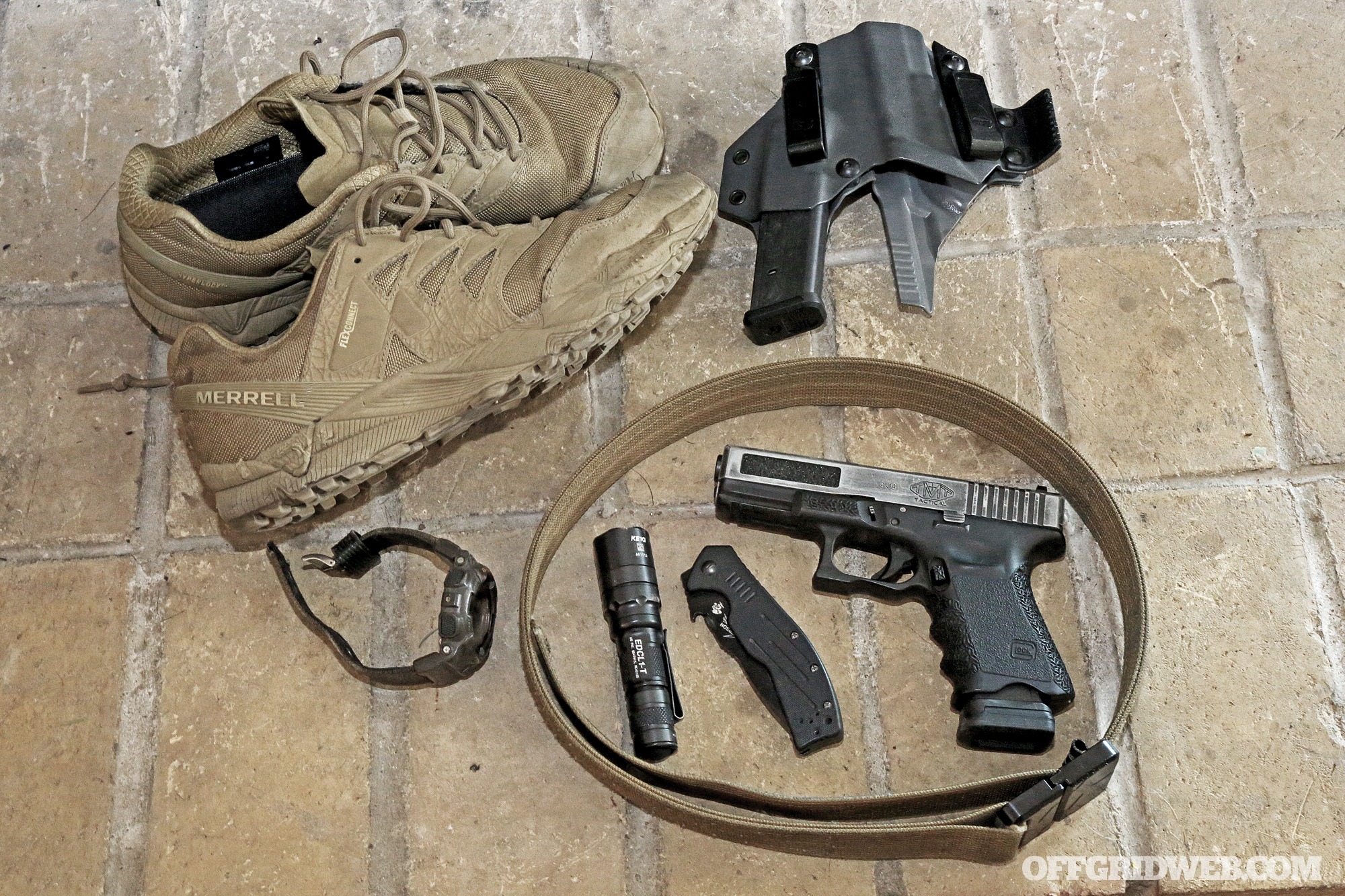
- SureFire EDC L1-T
- Kershaw Emerson
- CQC-7B
- TuffWriter carabiner
- Casio G-Shock watch
- Phone
- Glock 19 modified by TMT Tactical and Johnny’s Custom Glocks, loaded with Federal 124-grain HST.
- Carbon Tactics “Badger Strap” EDC belt
- Merrell Agility Peak shoes
